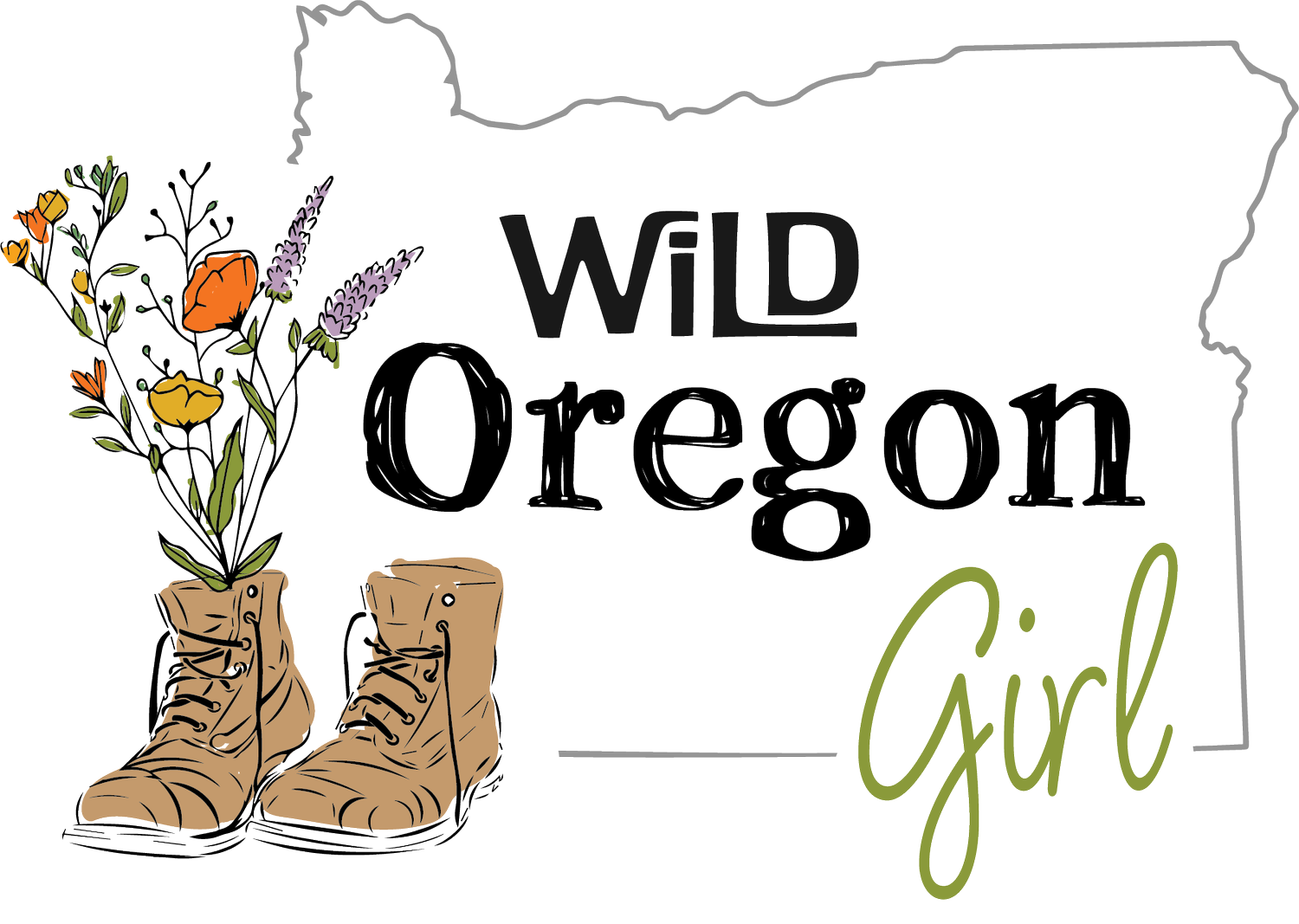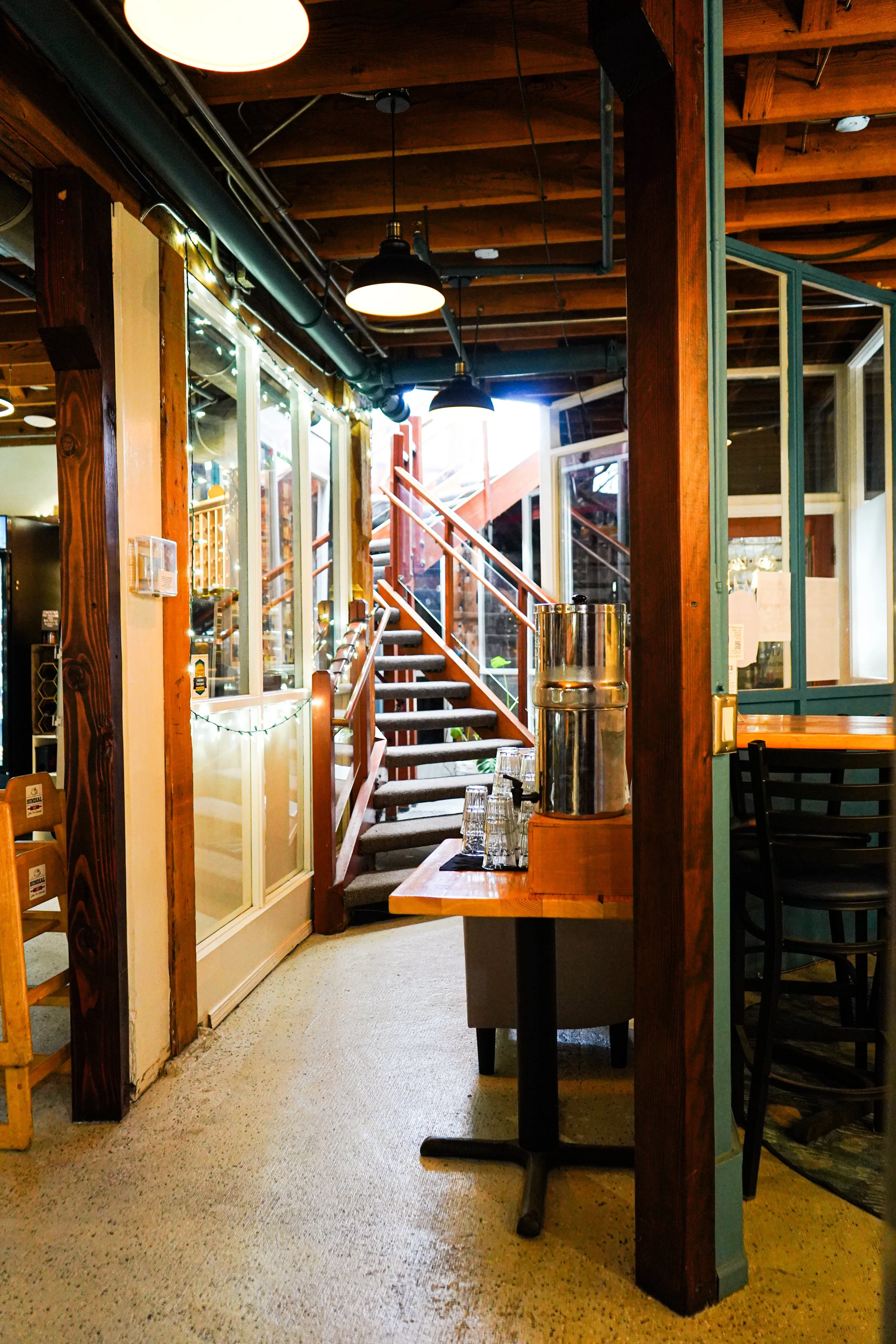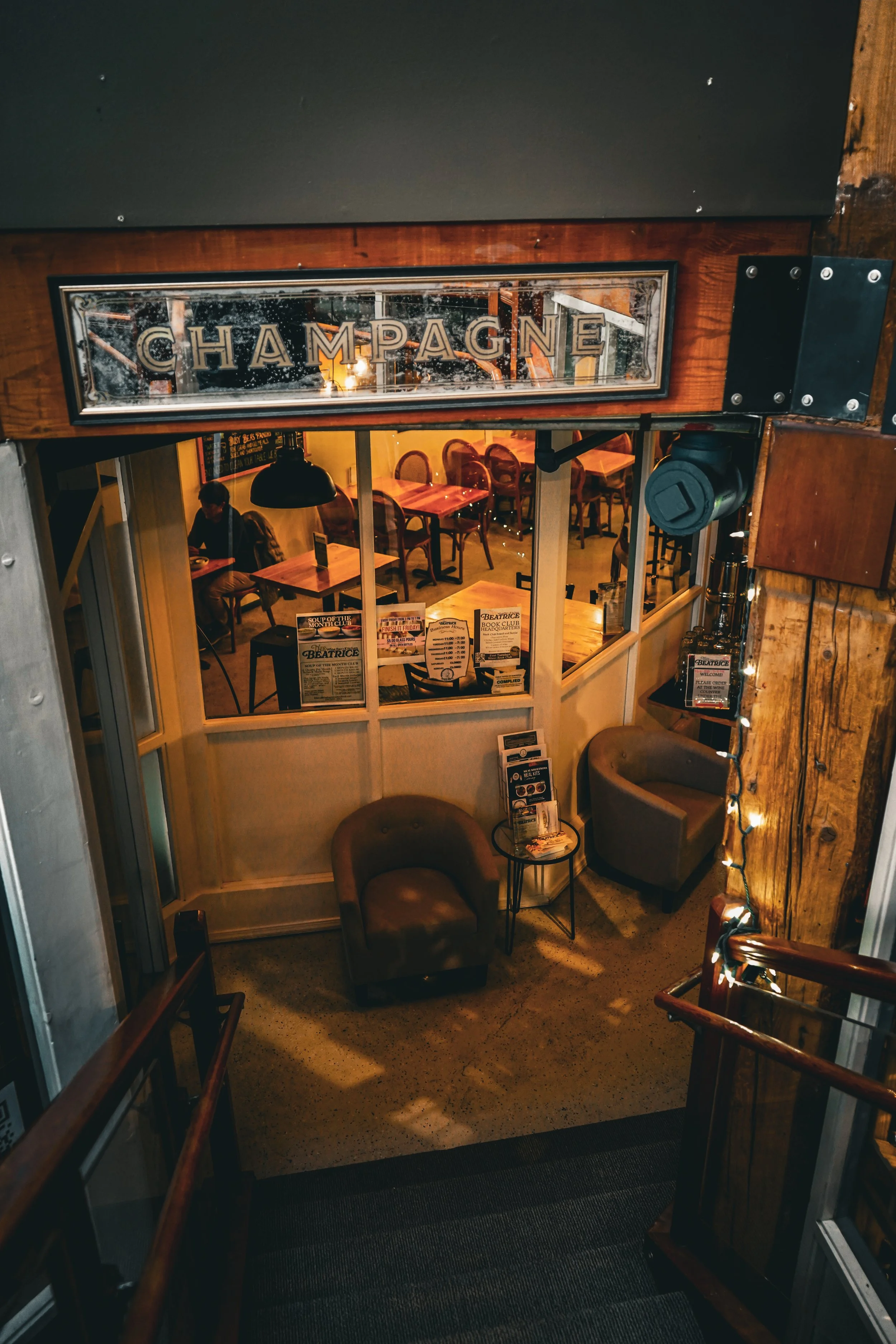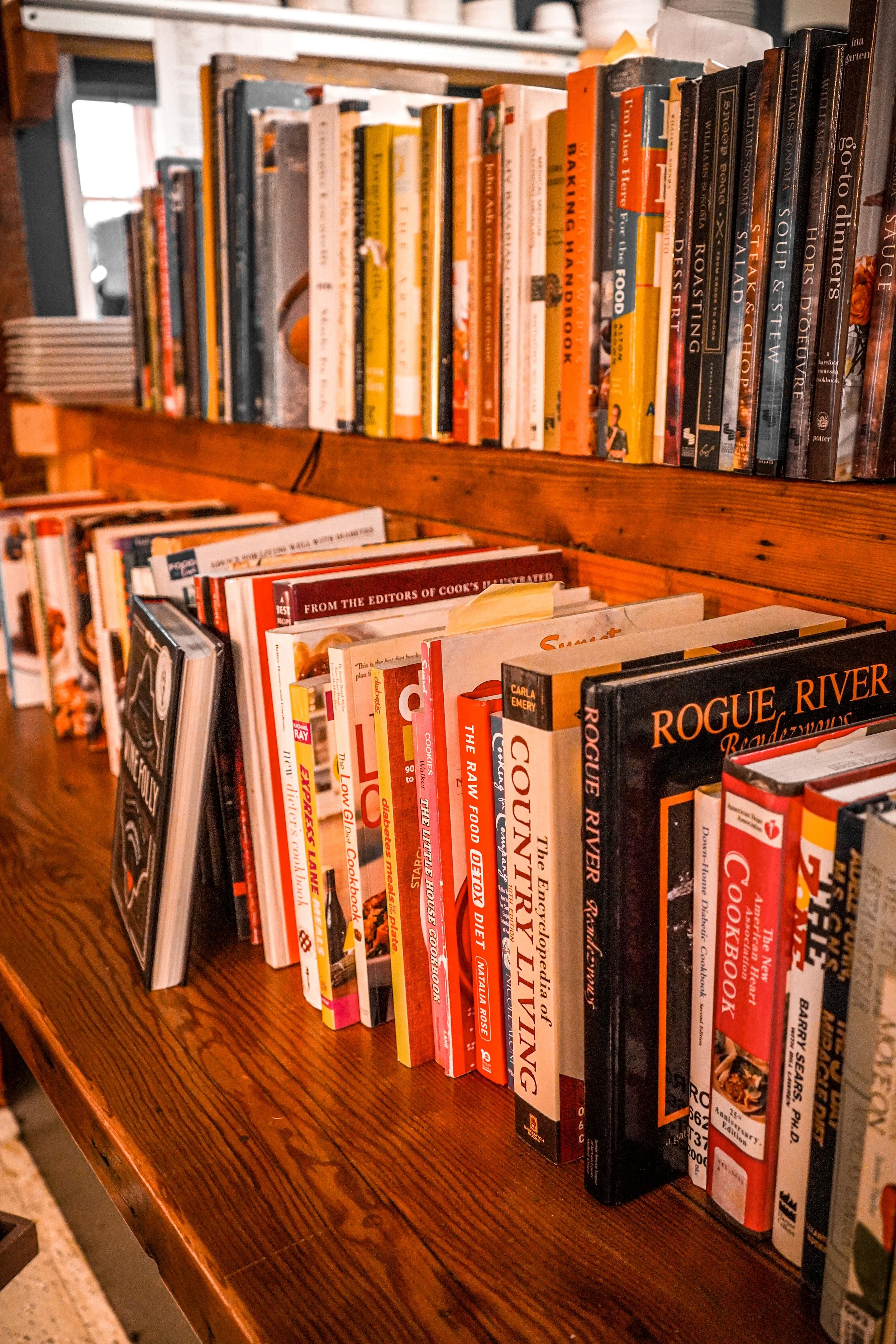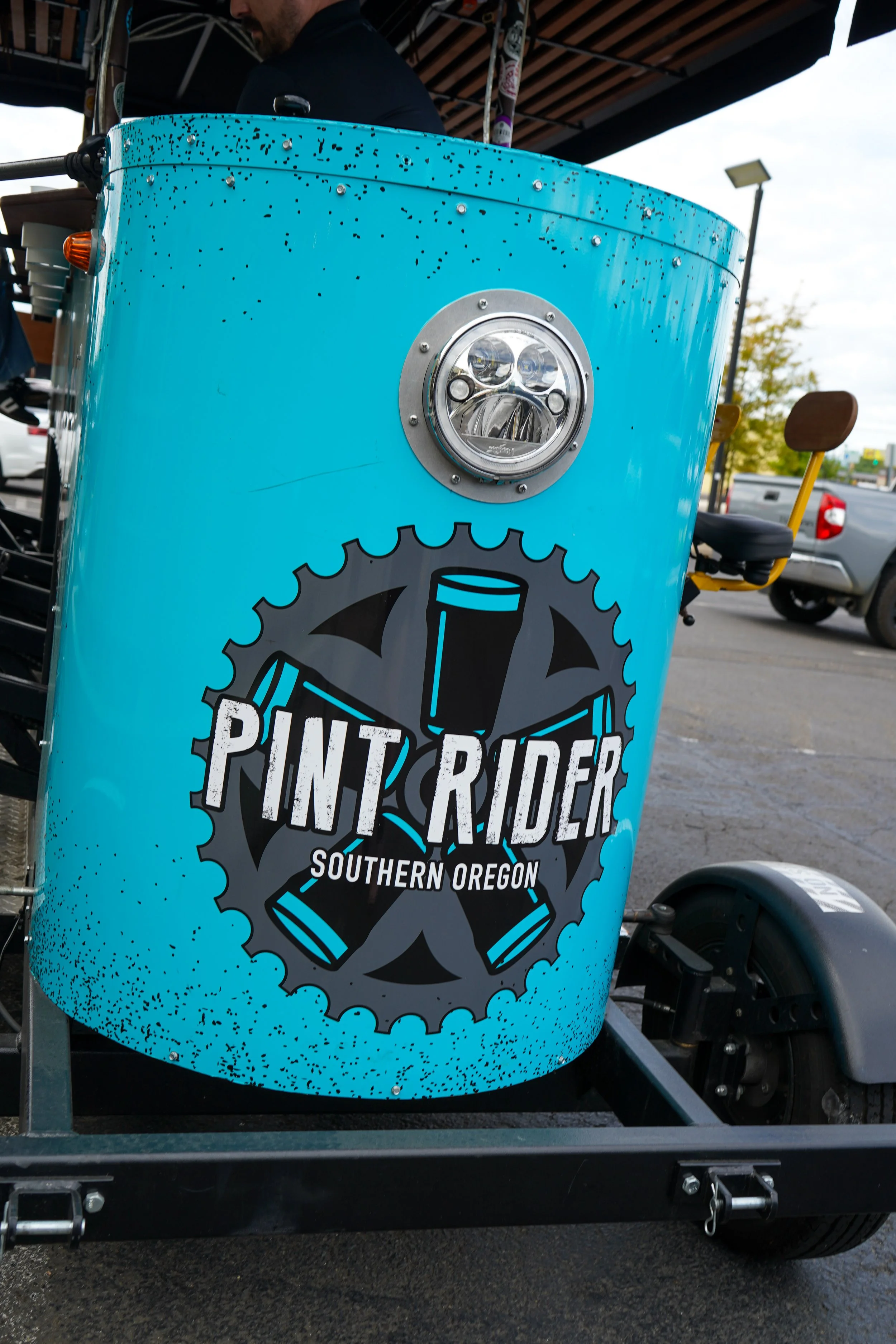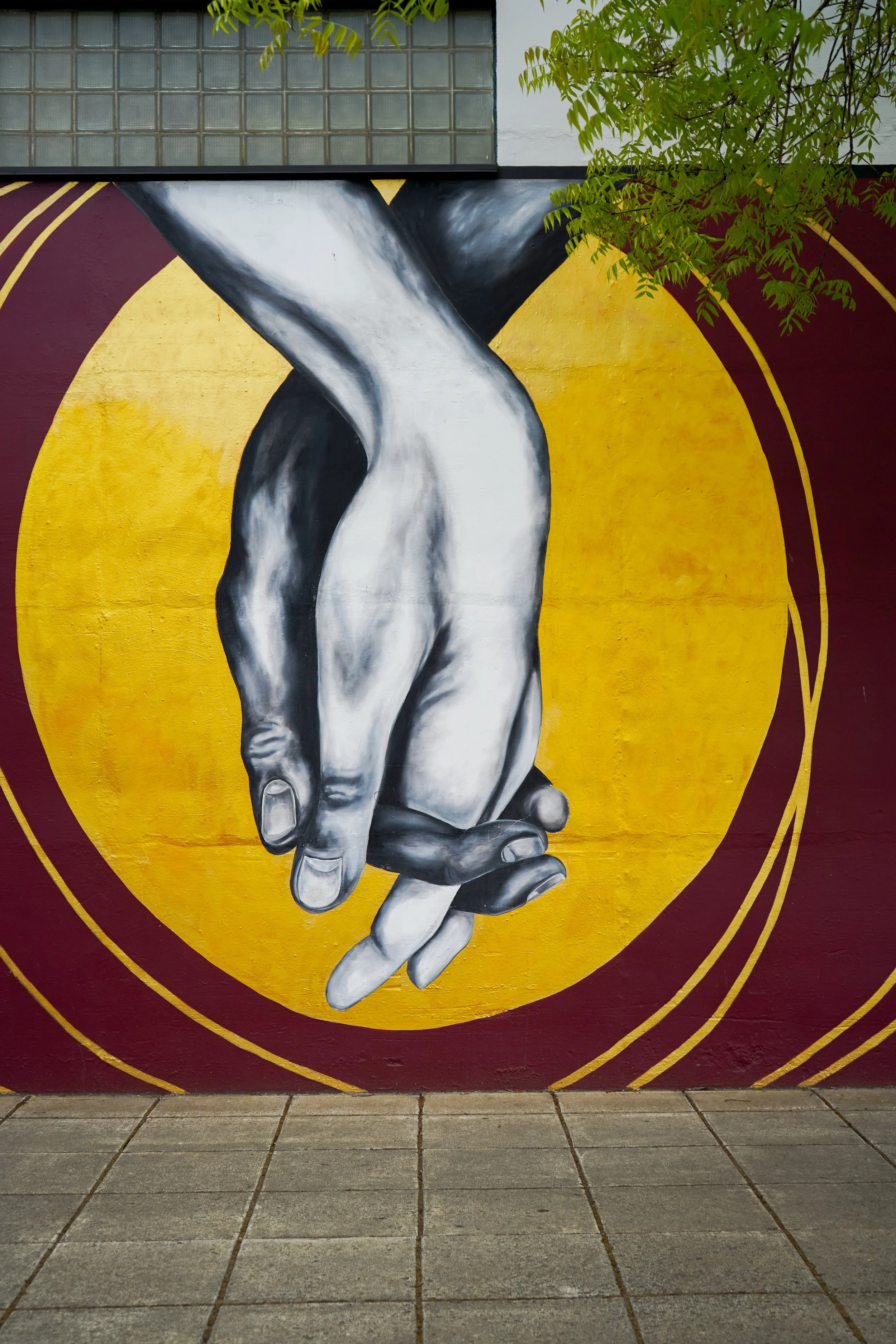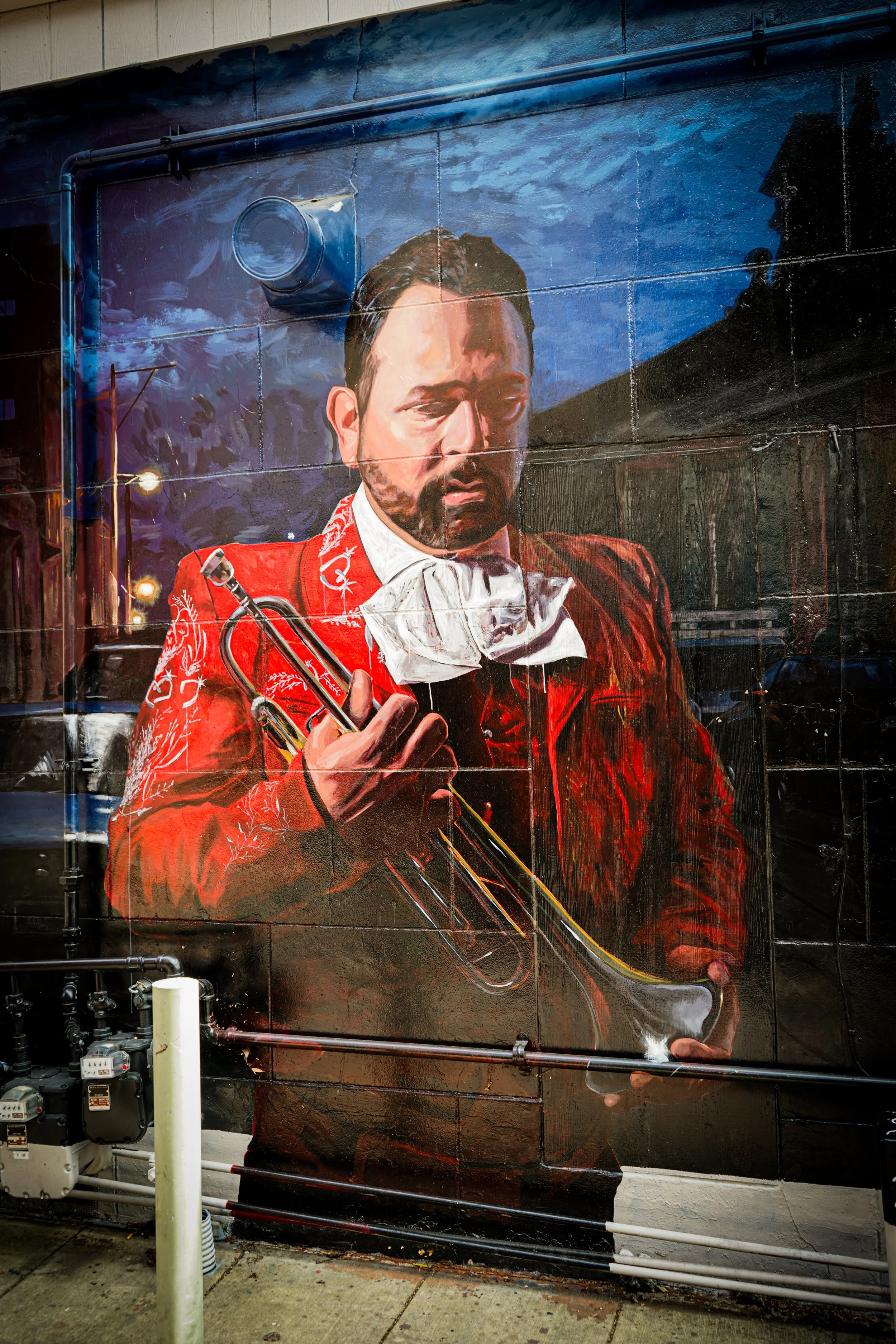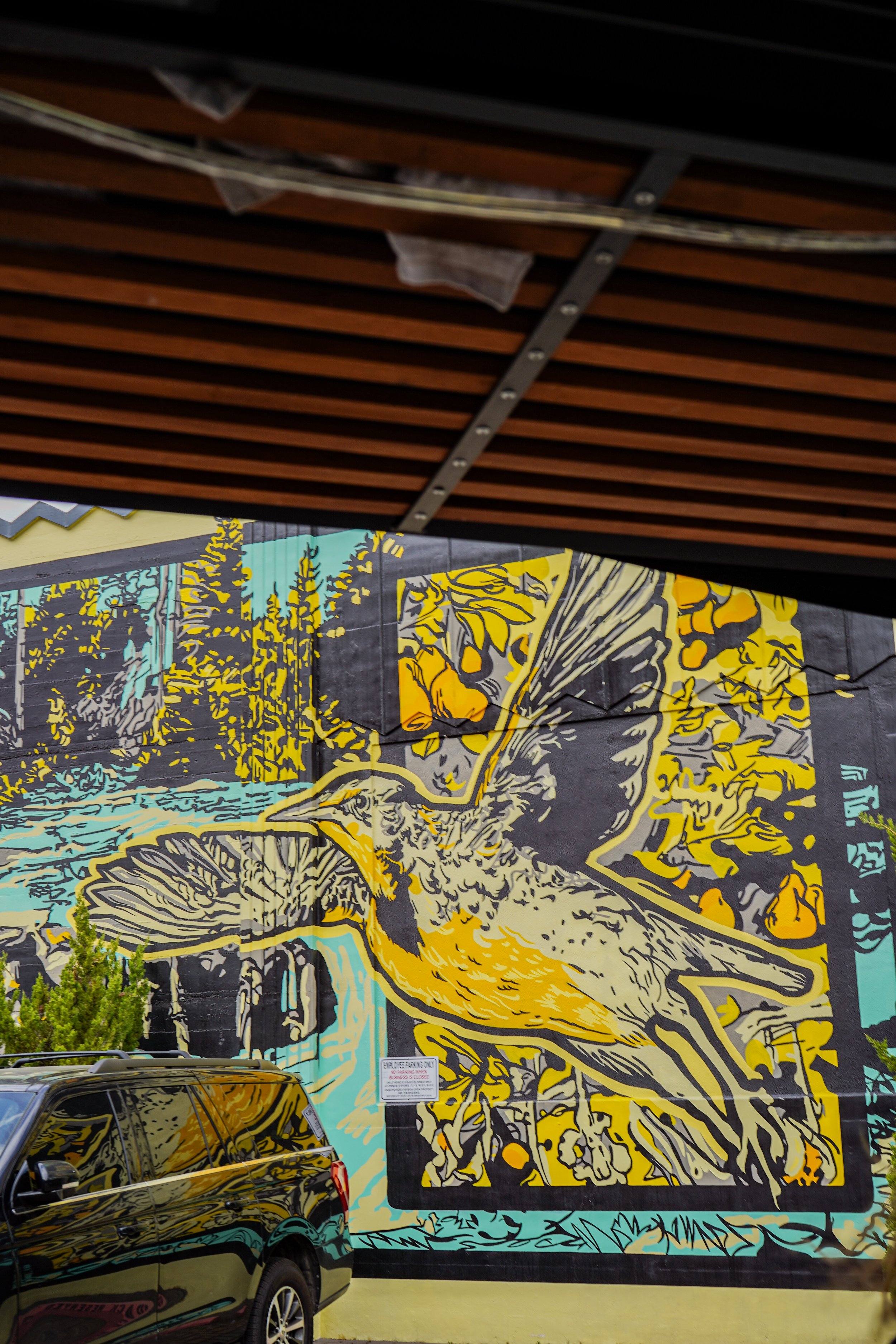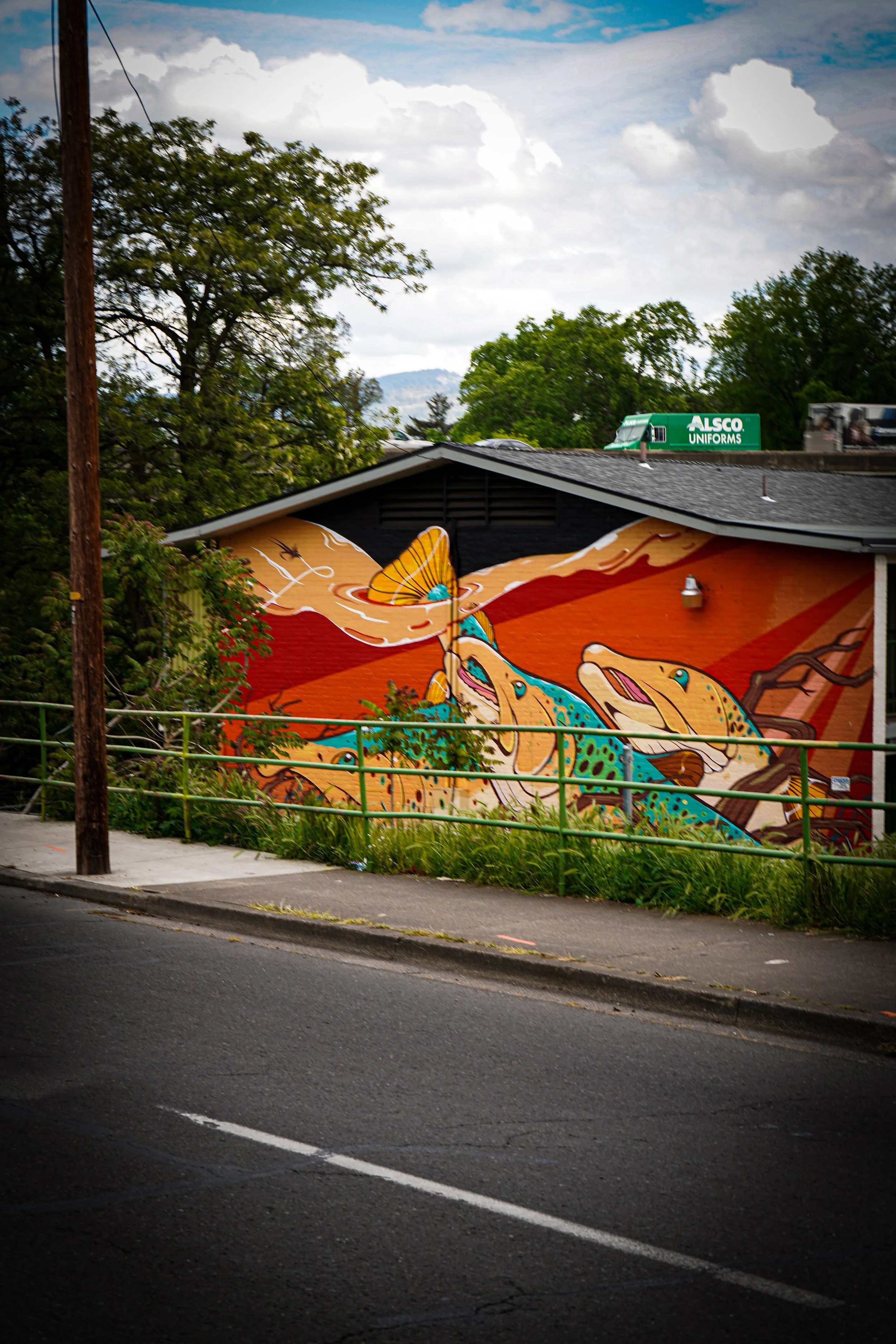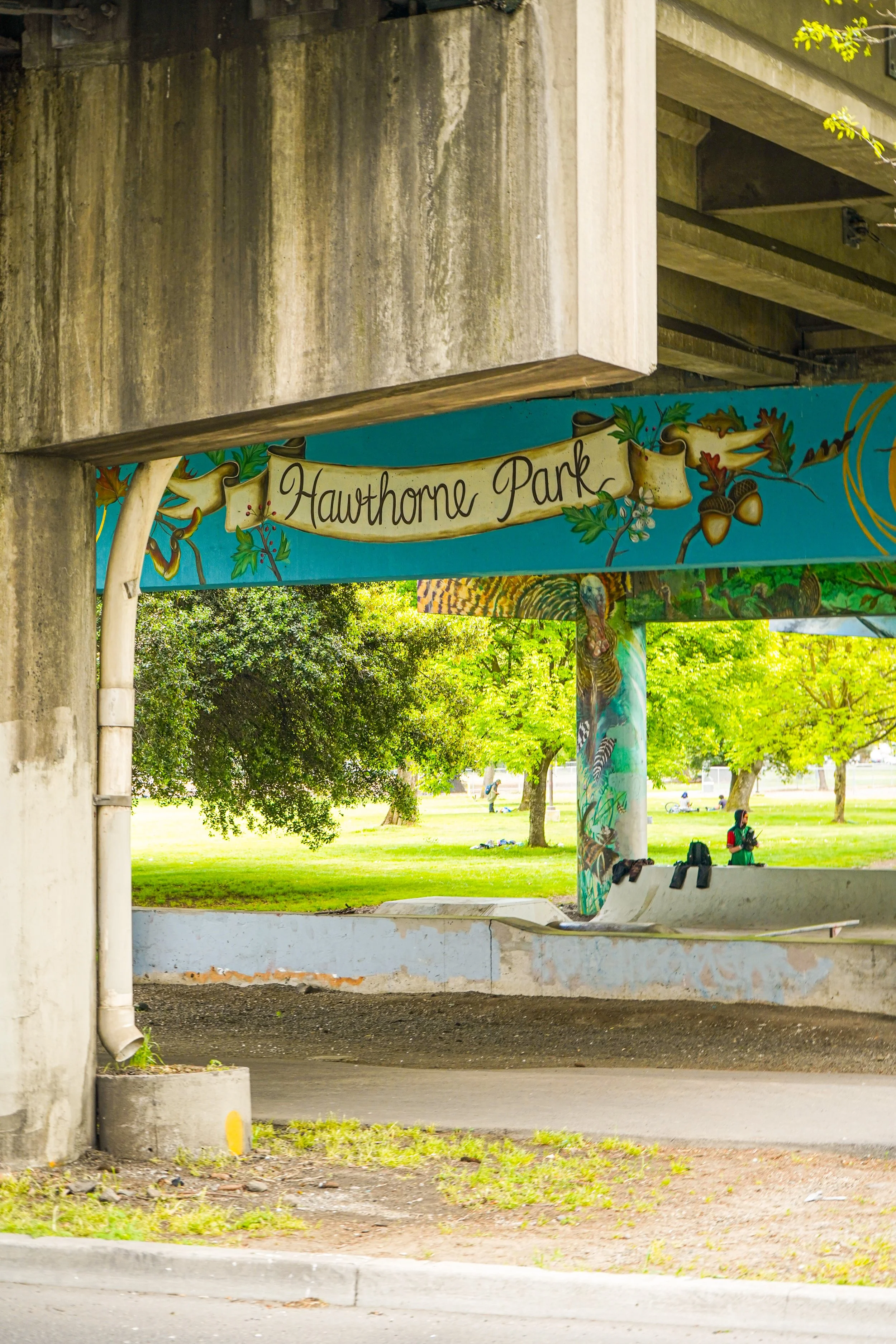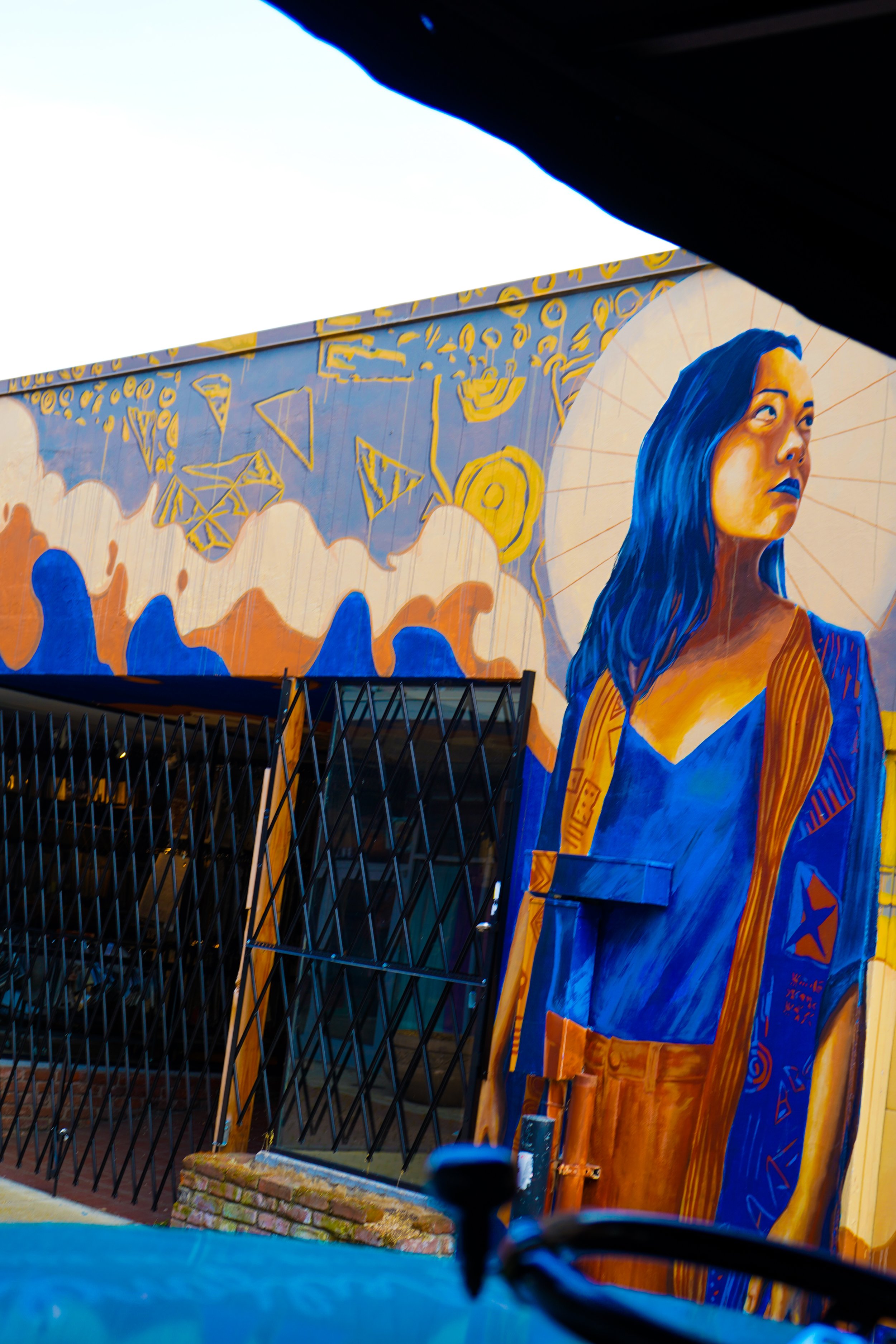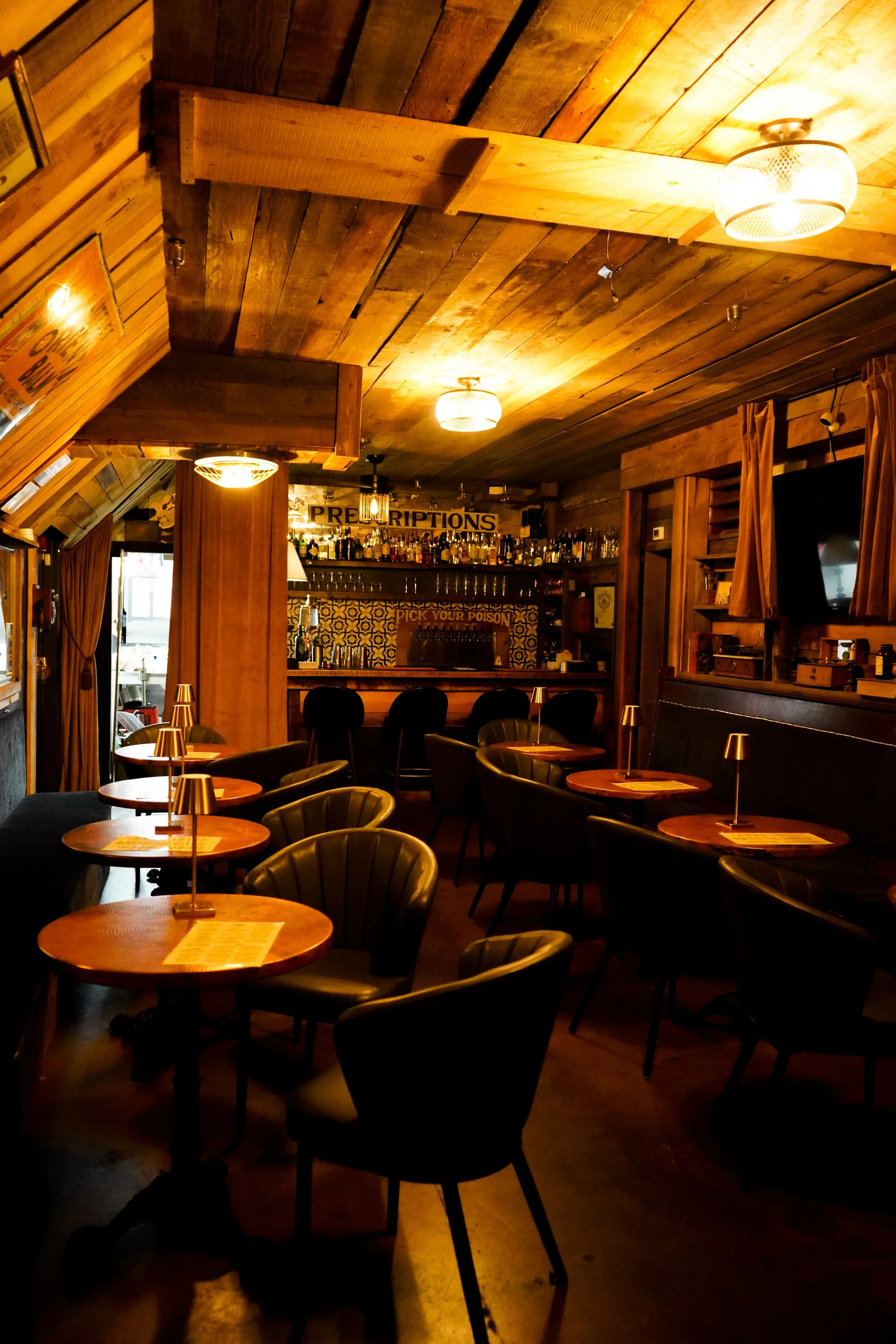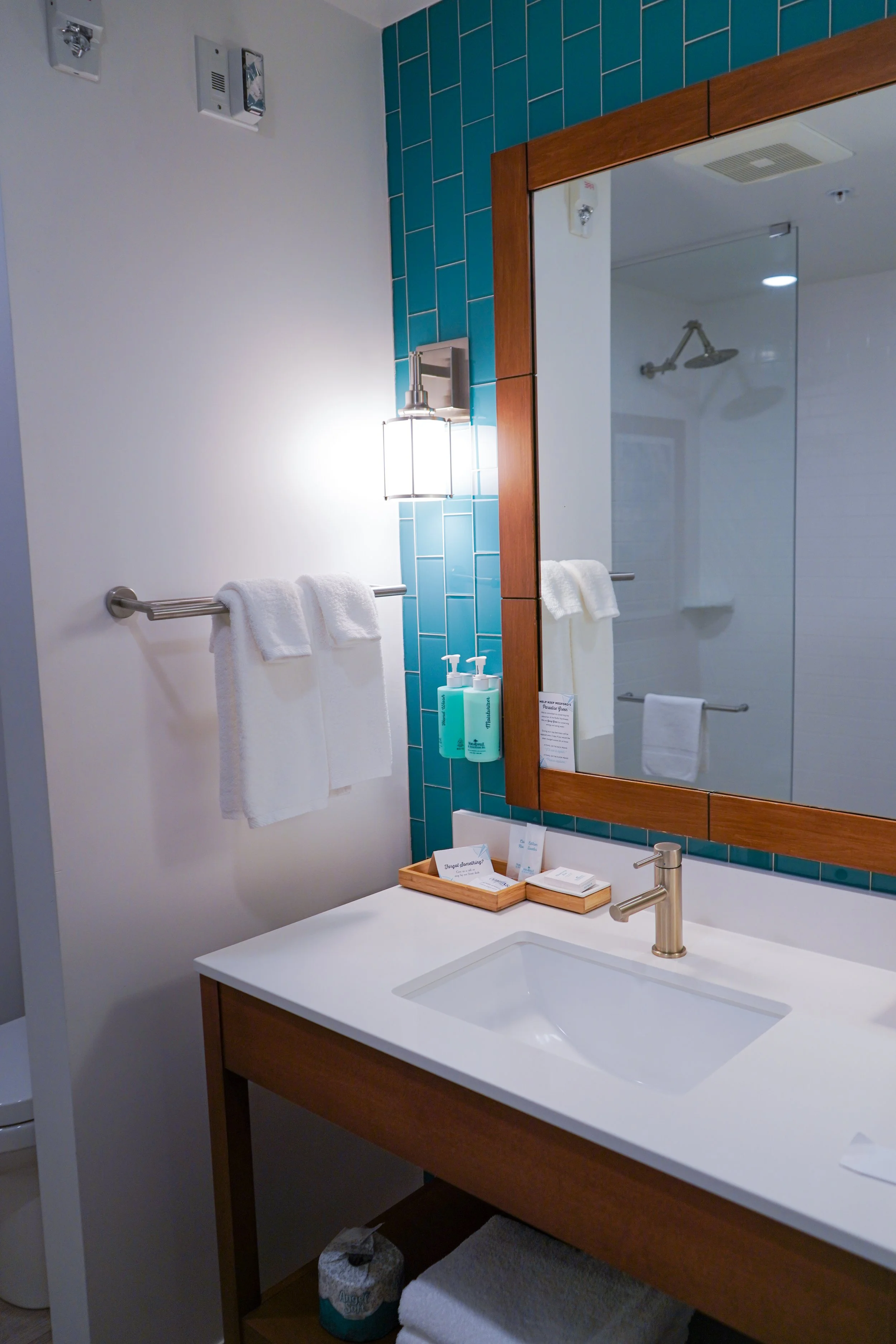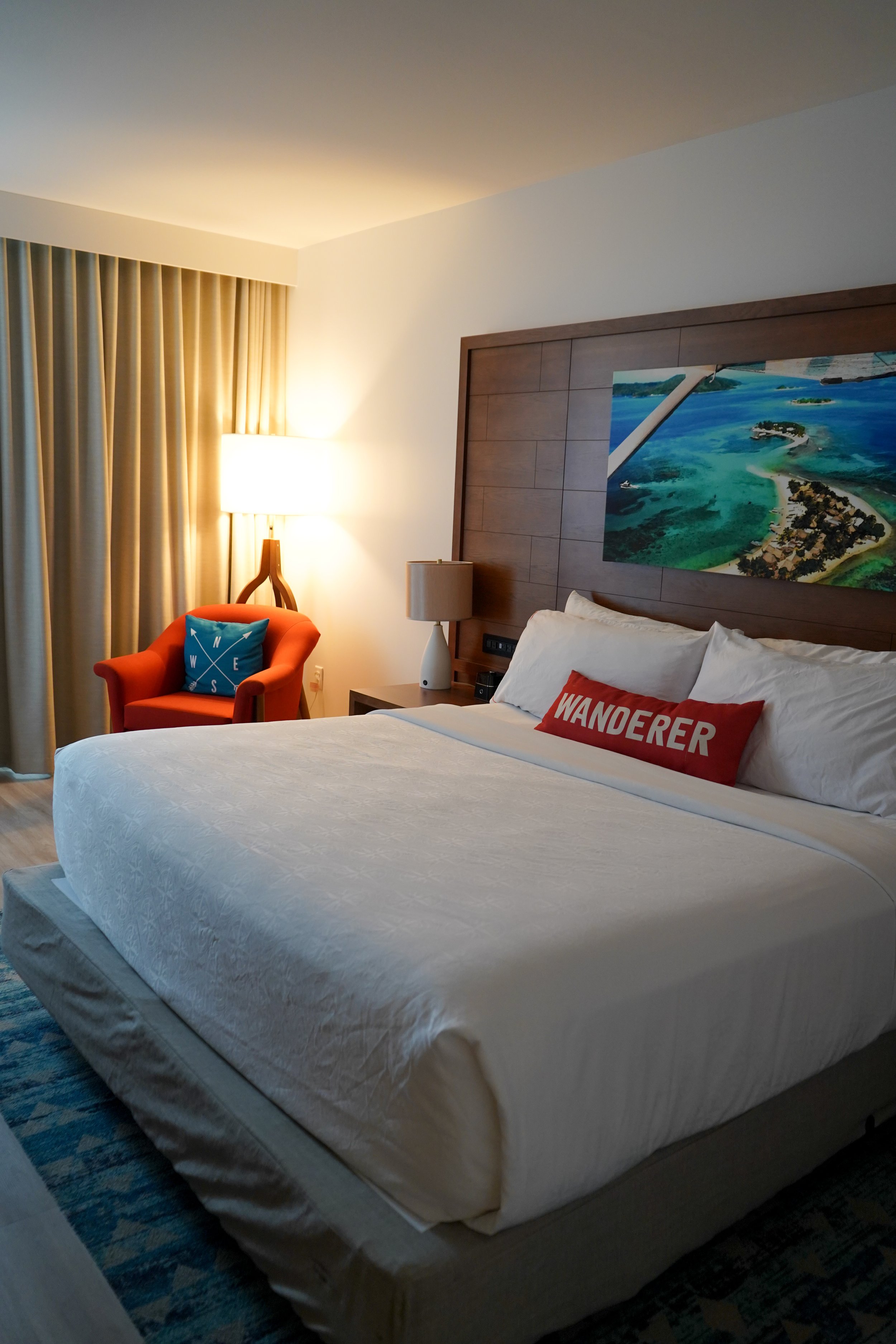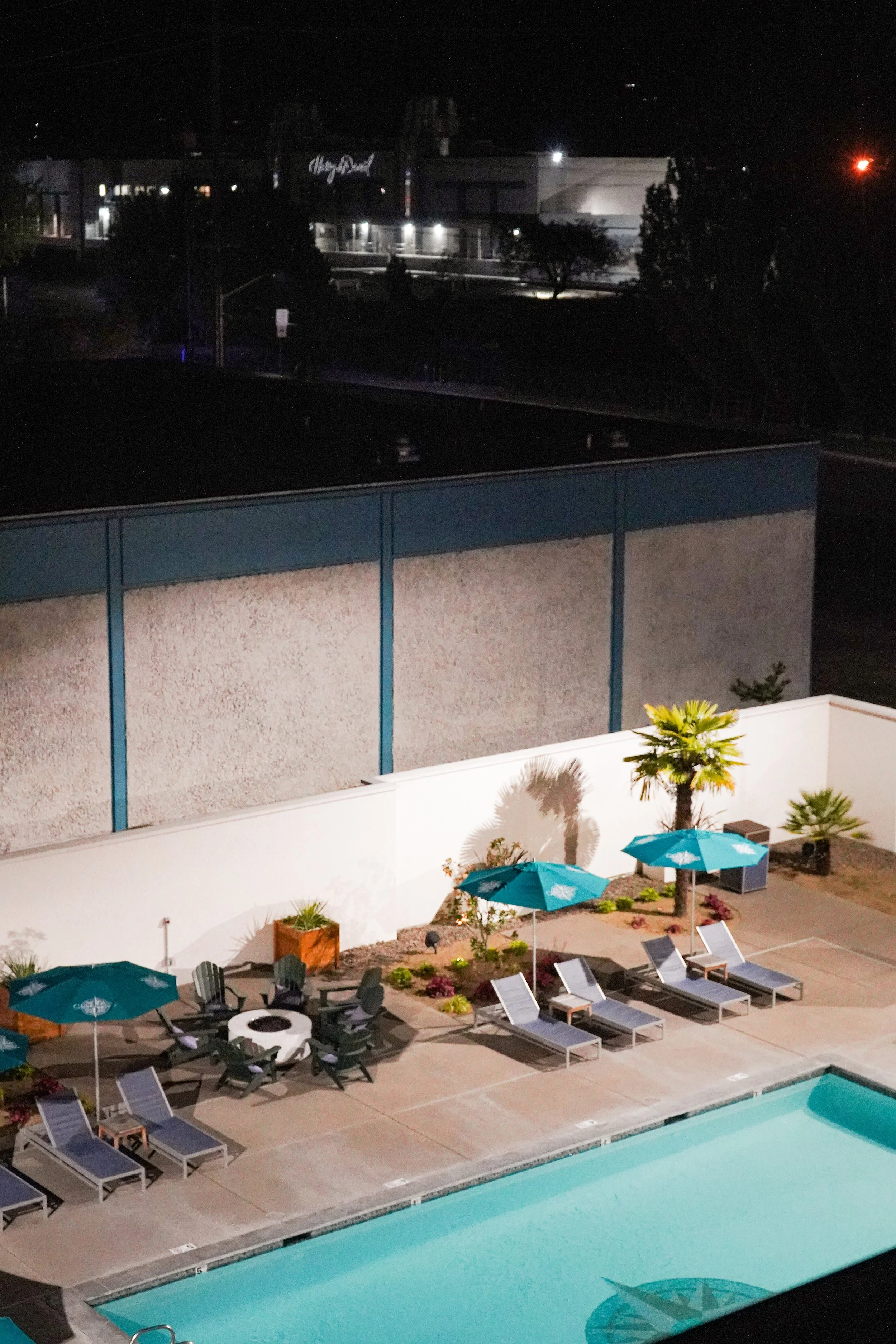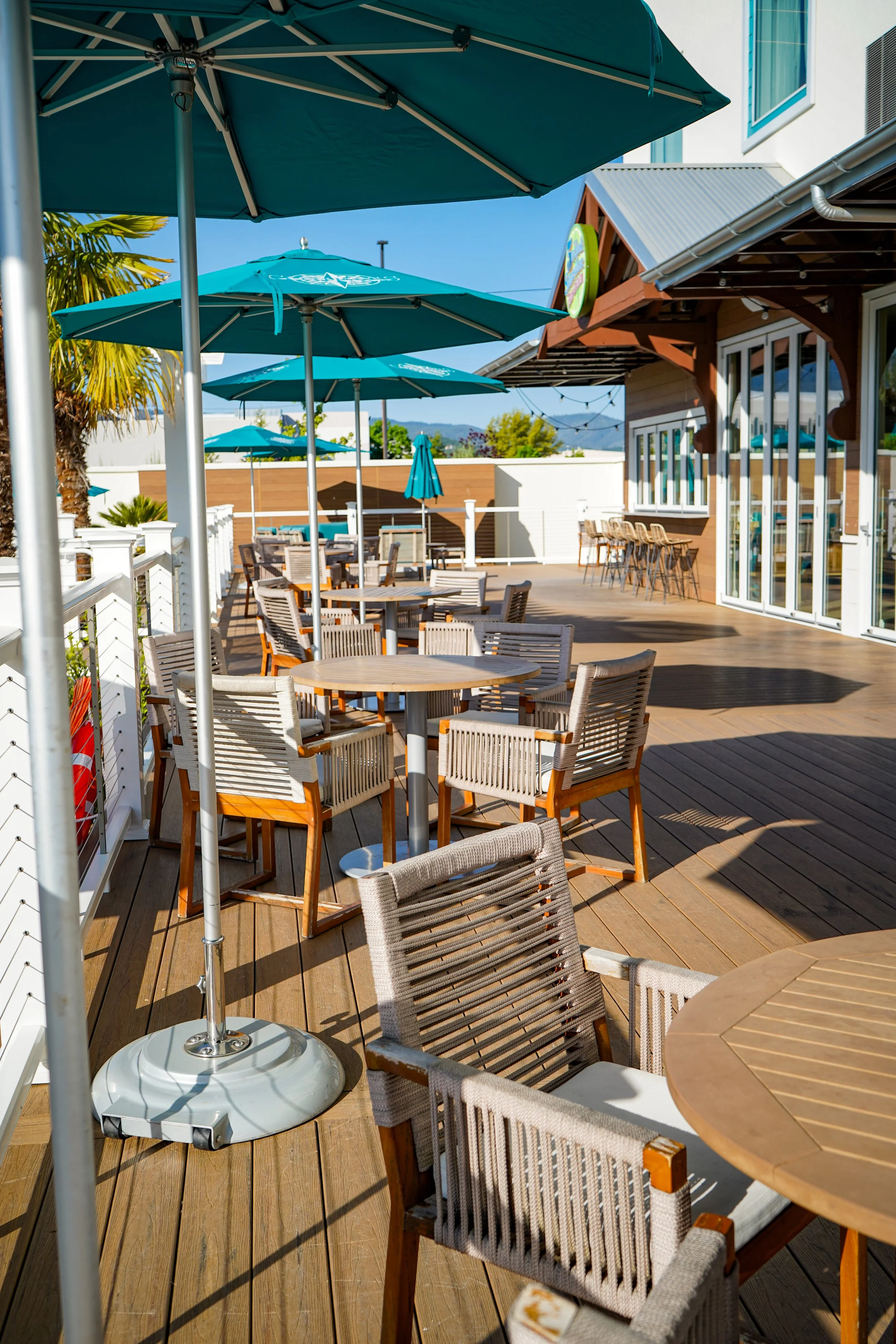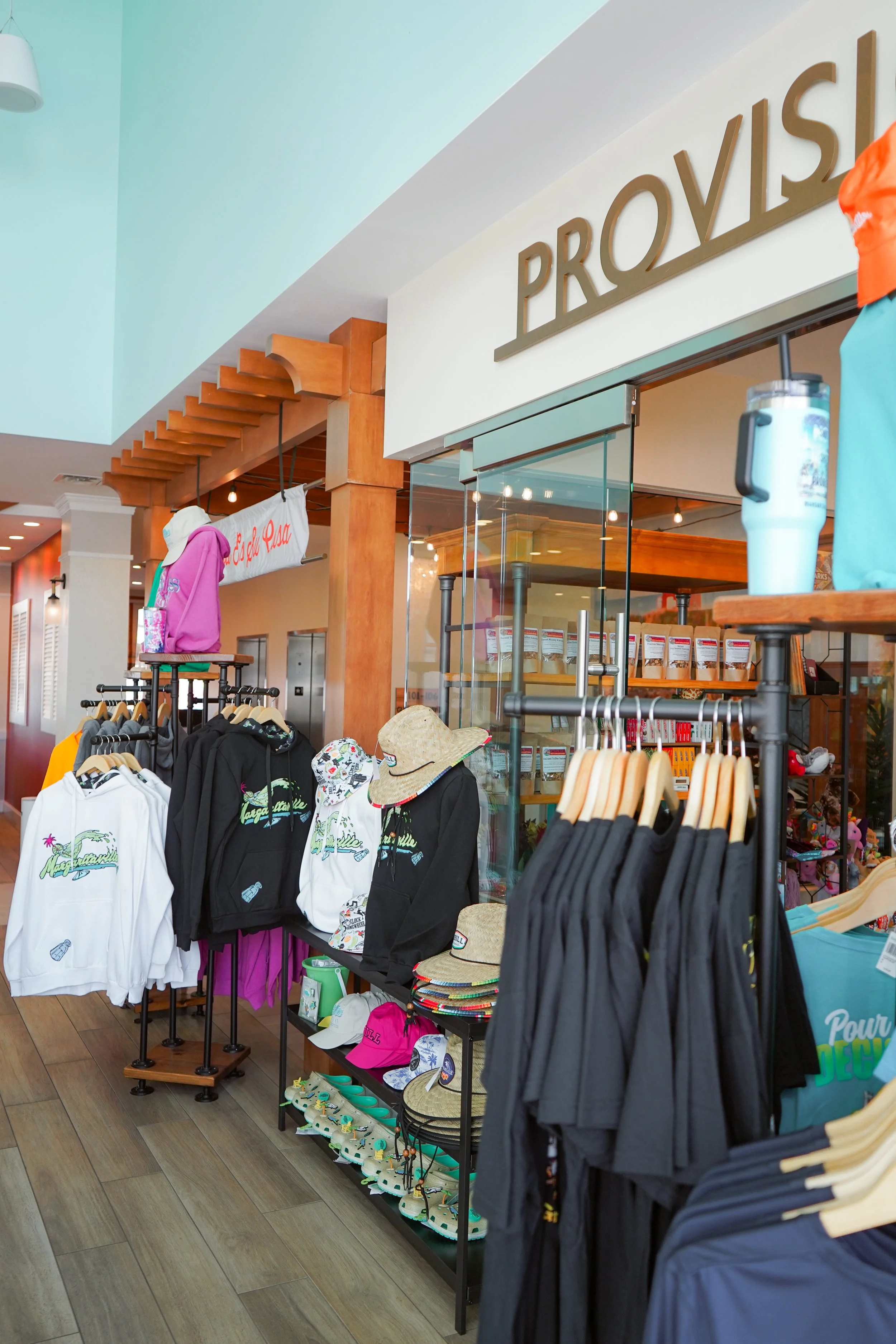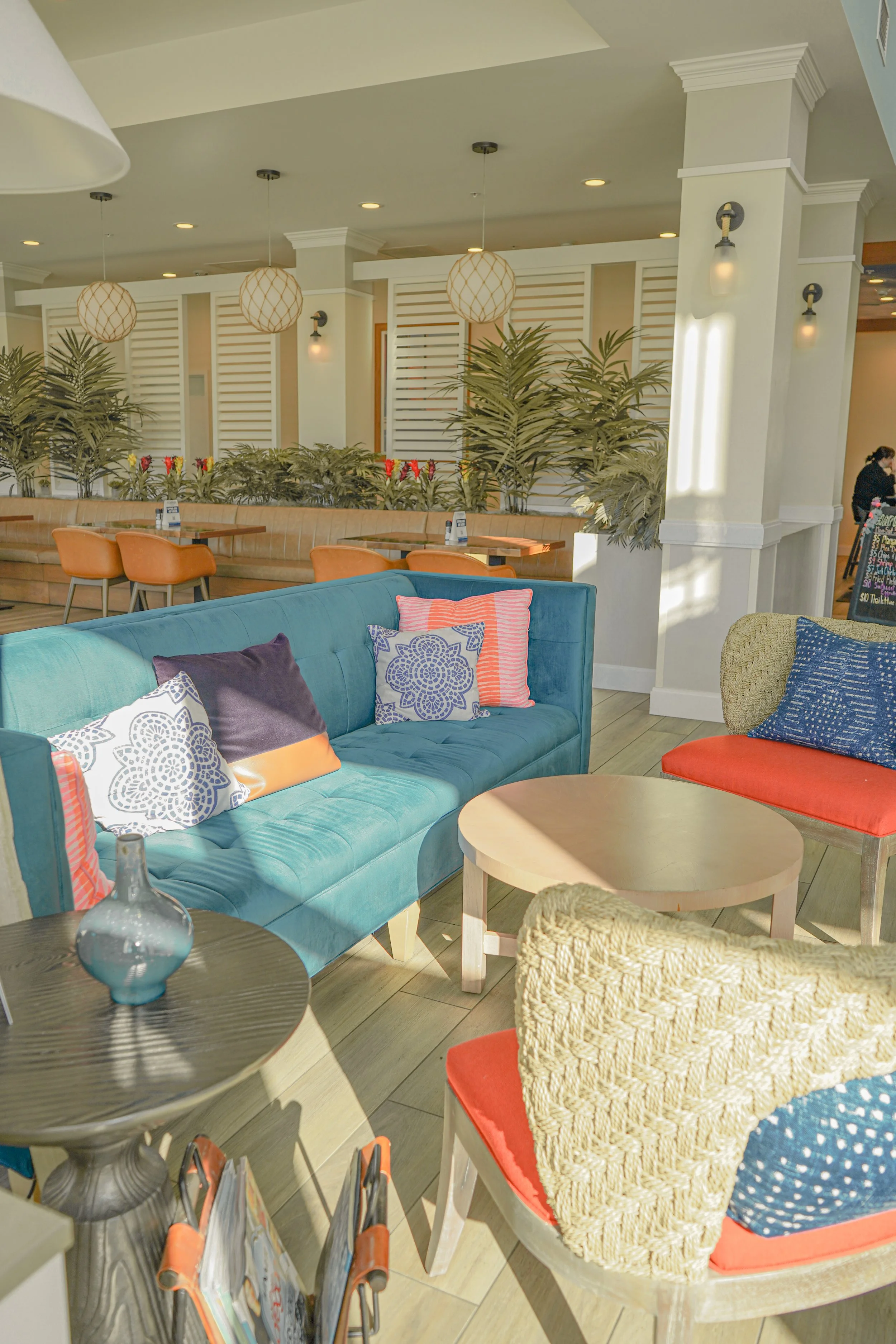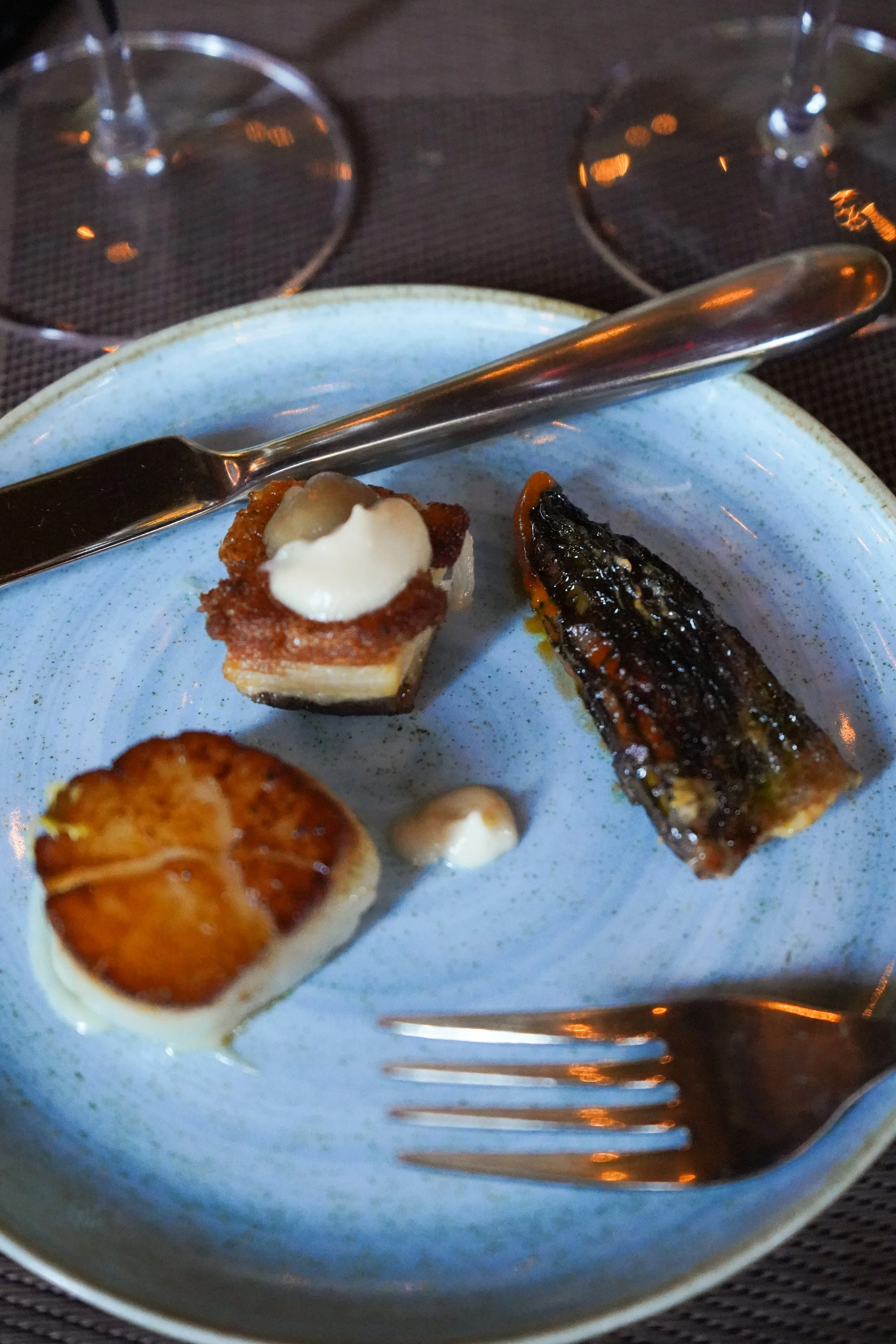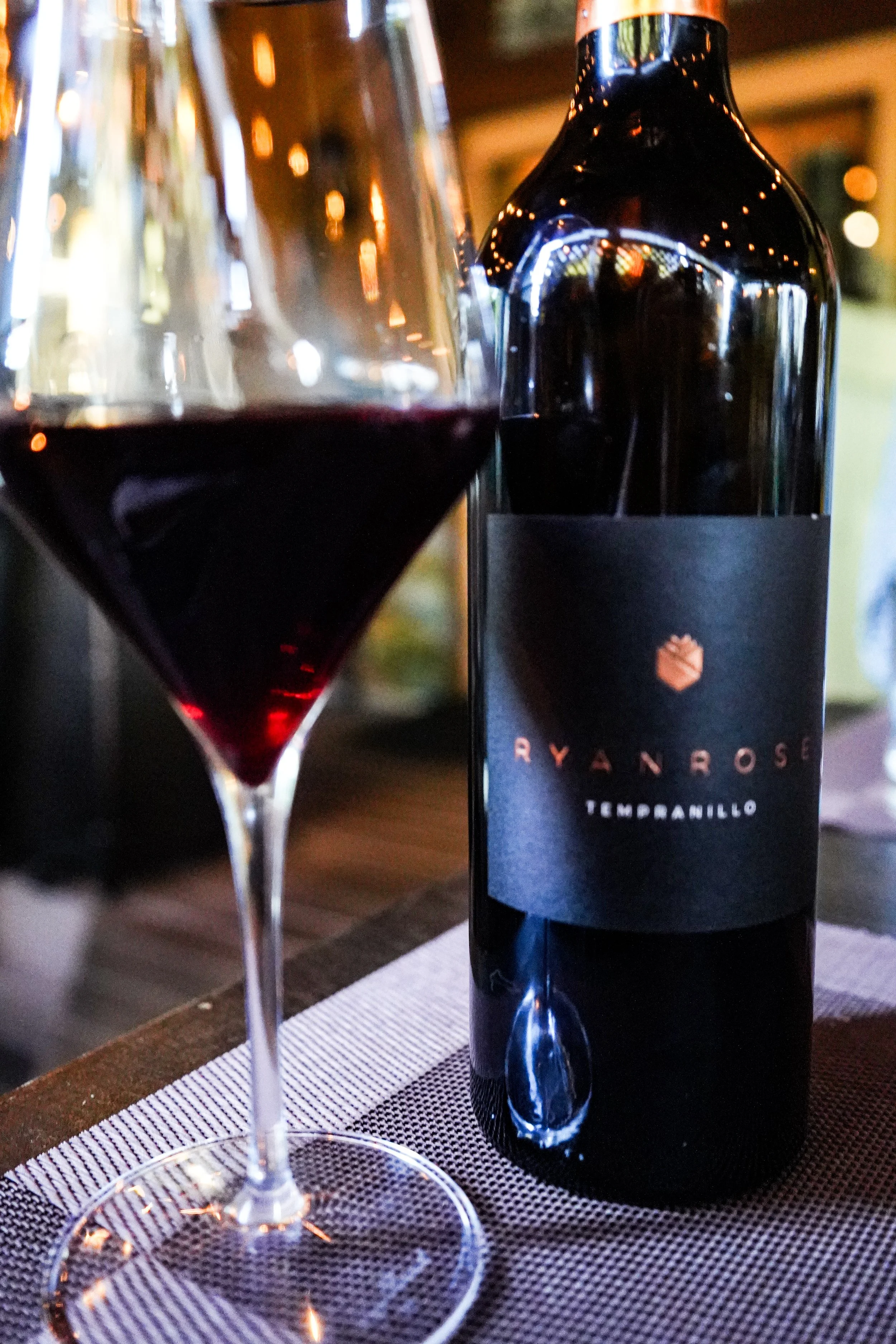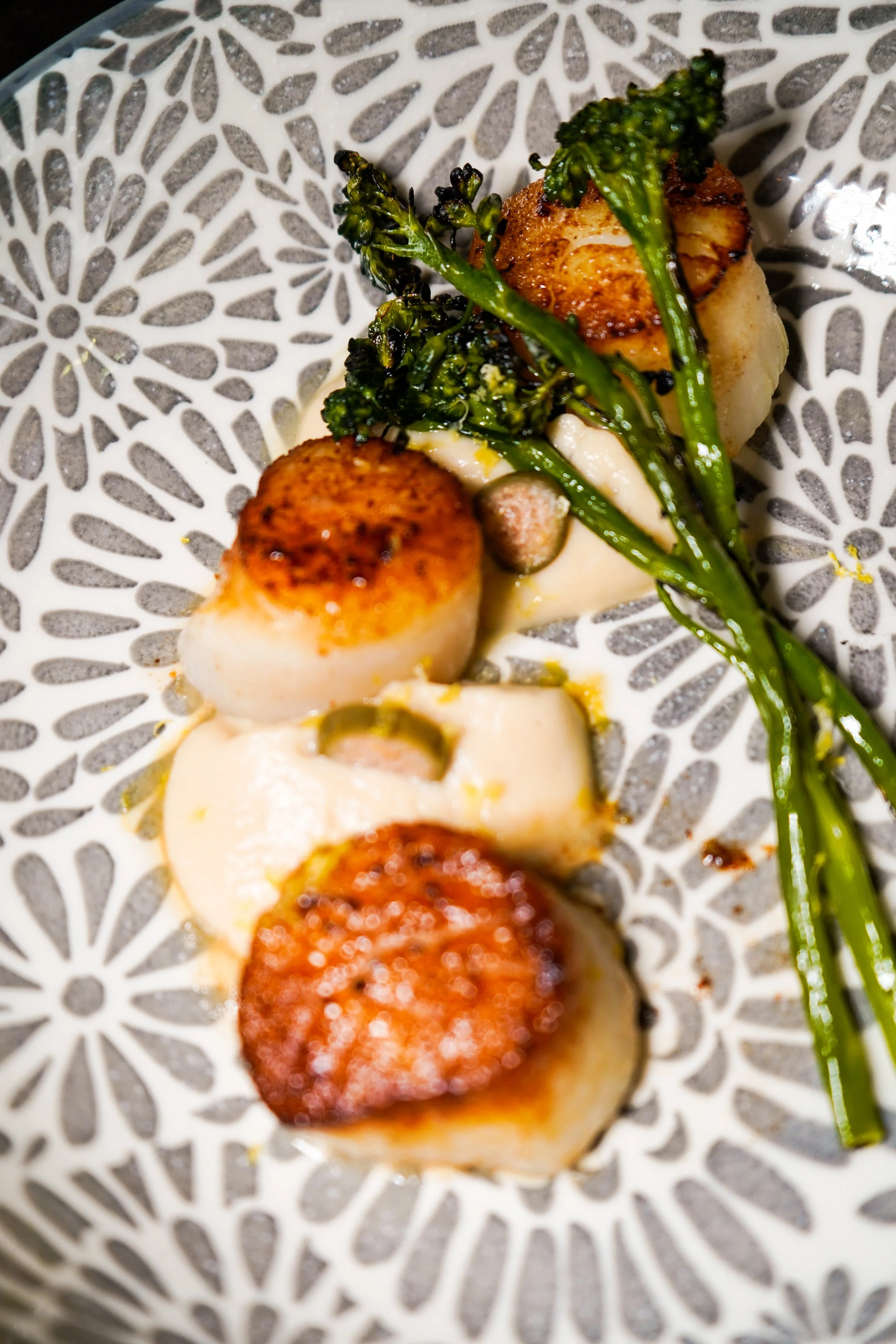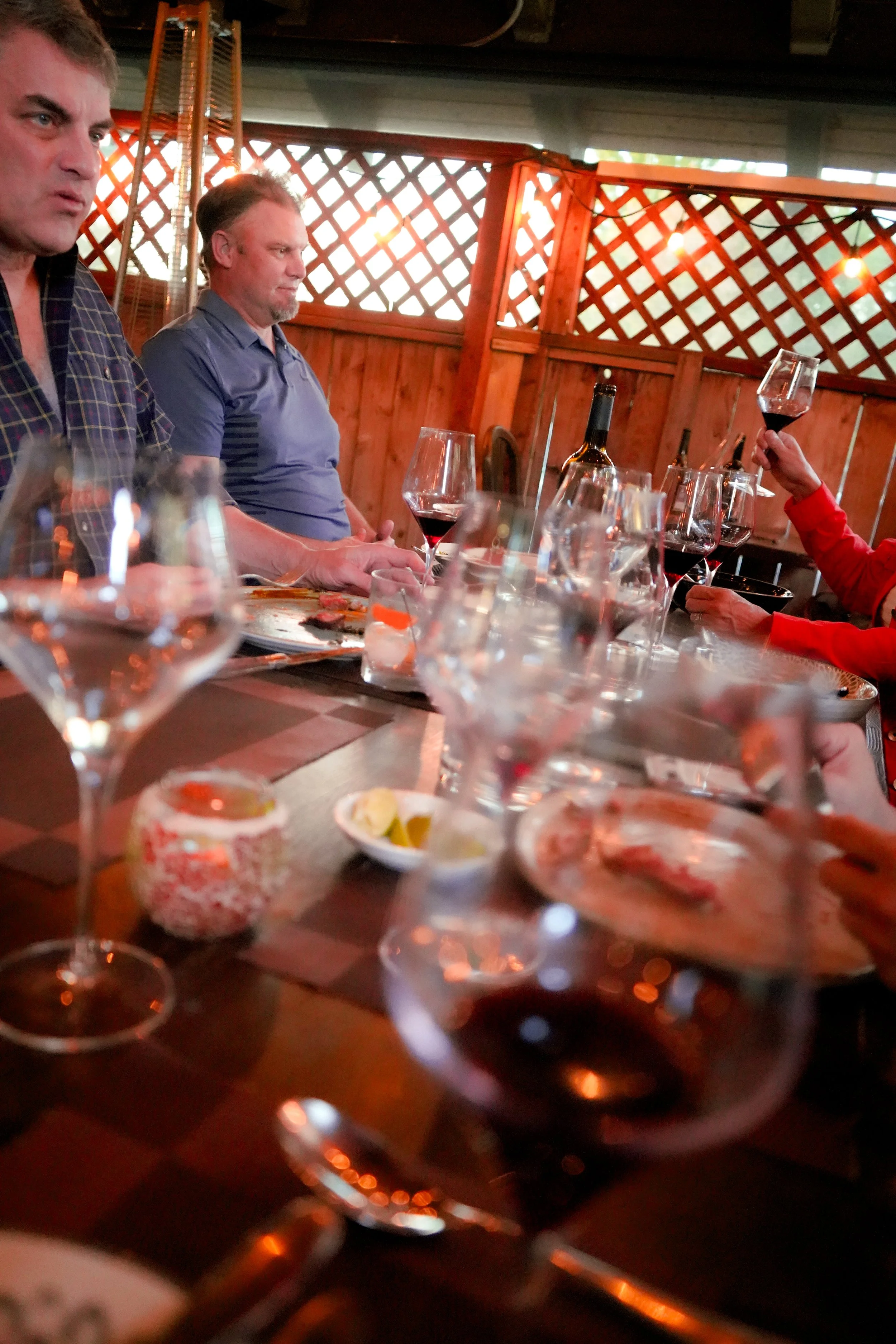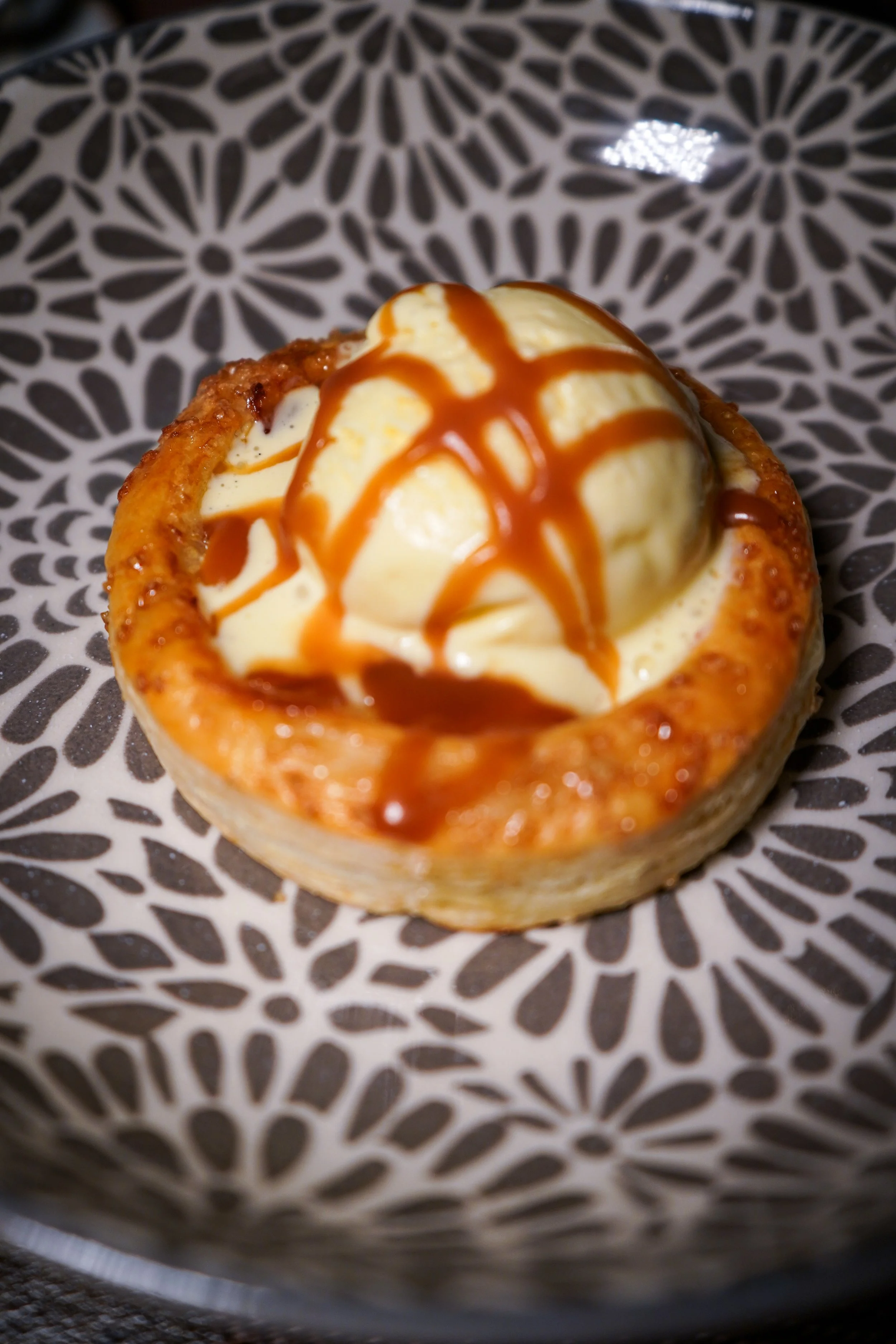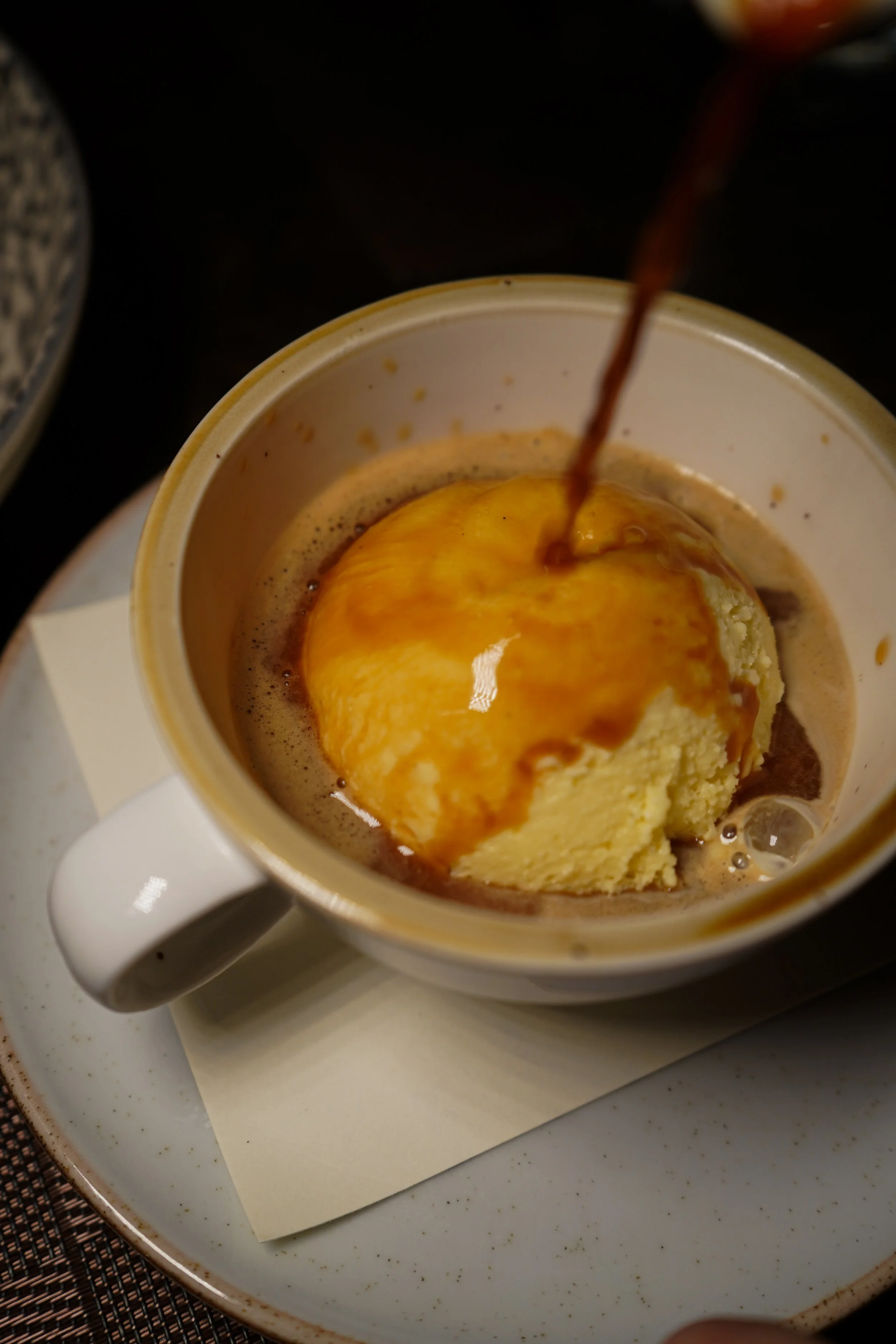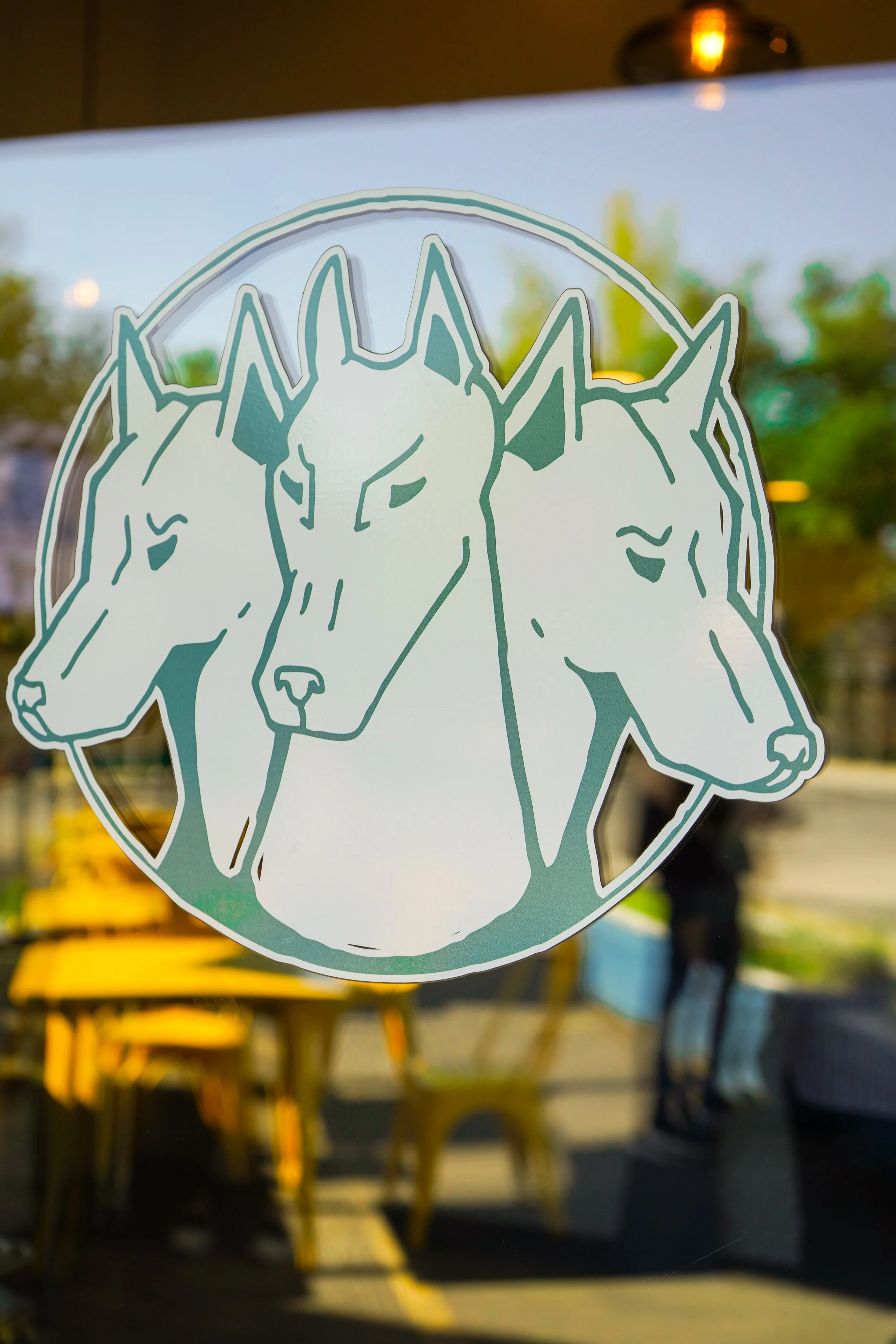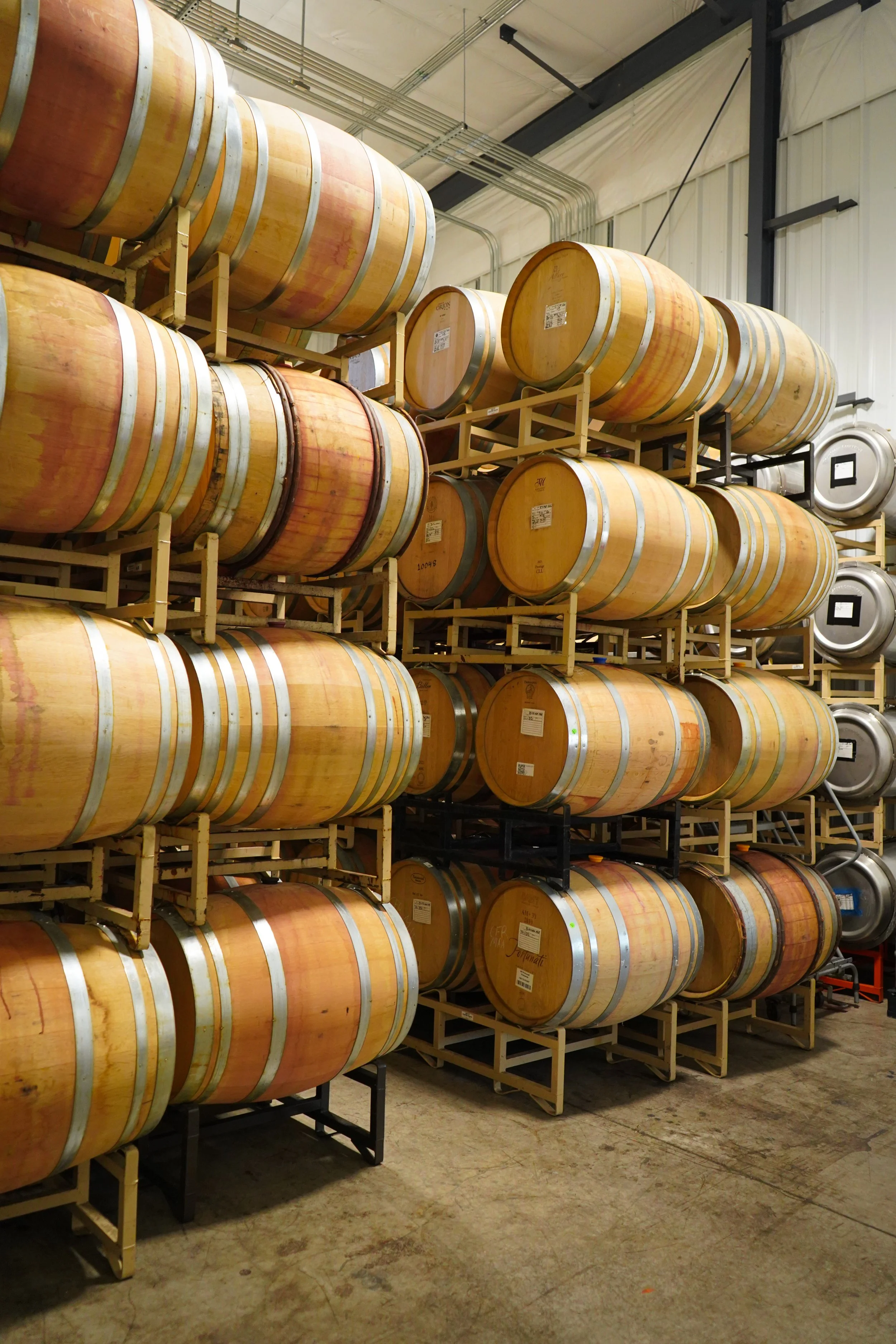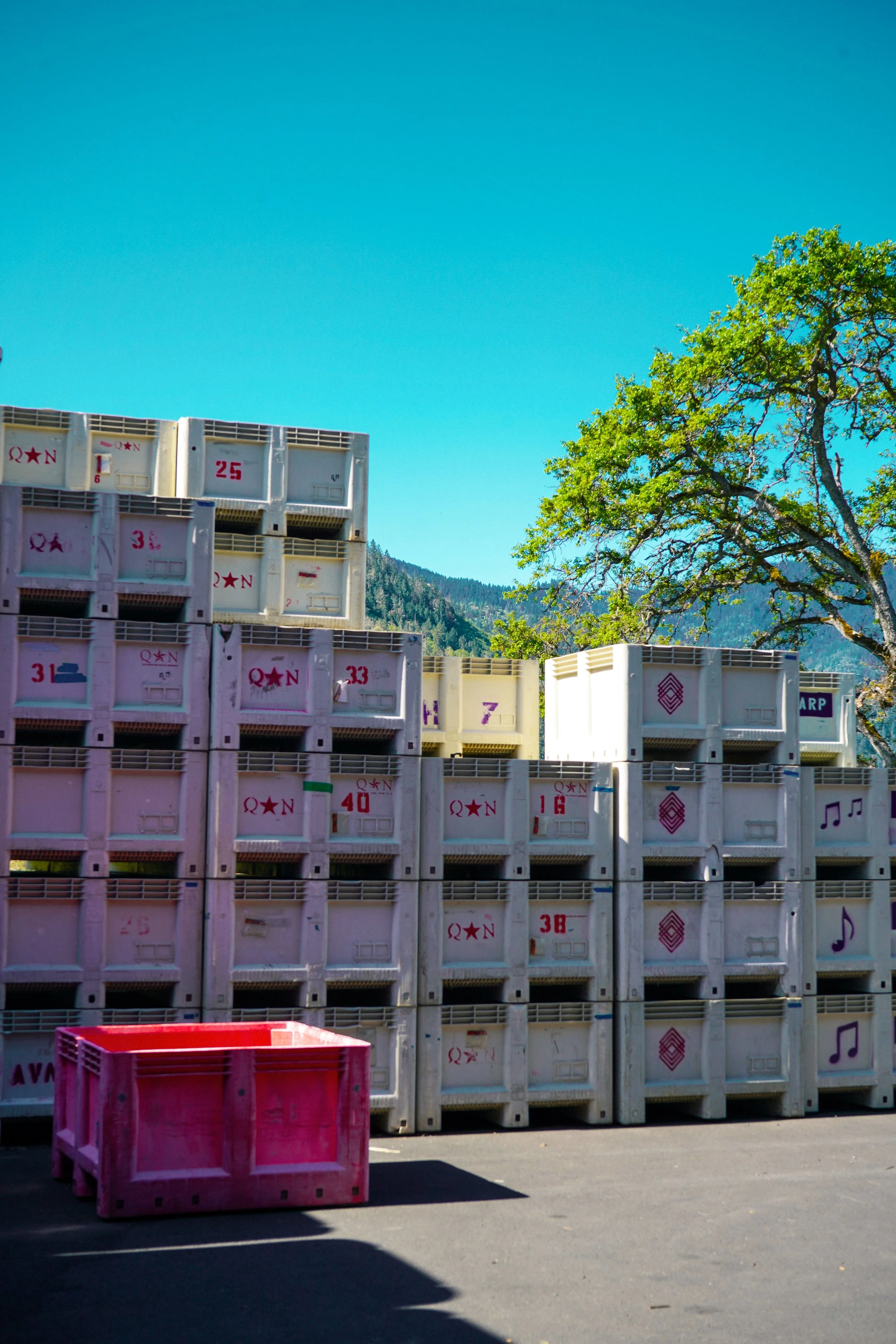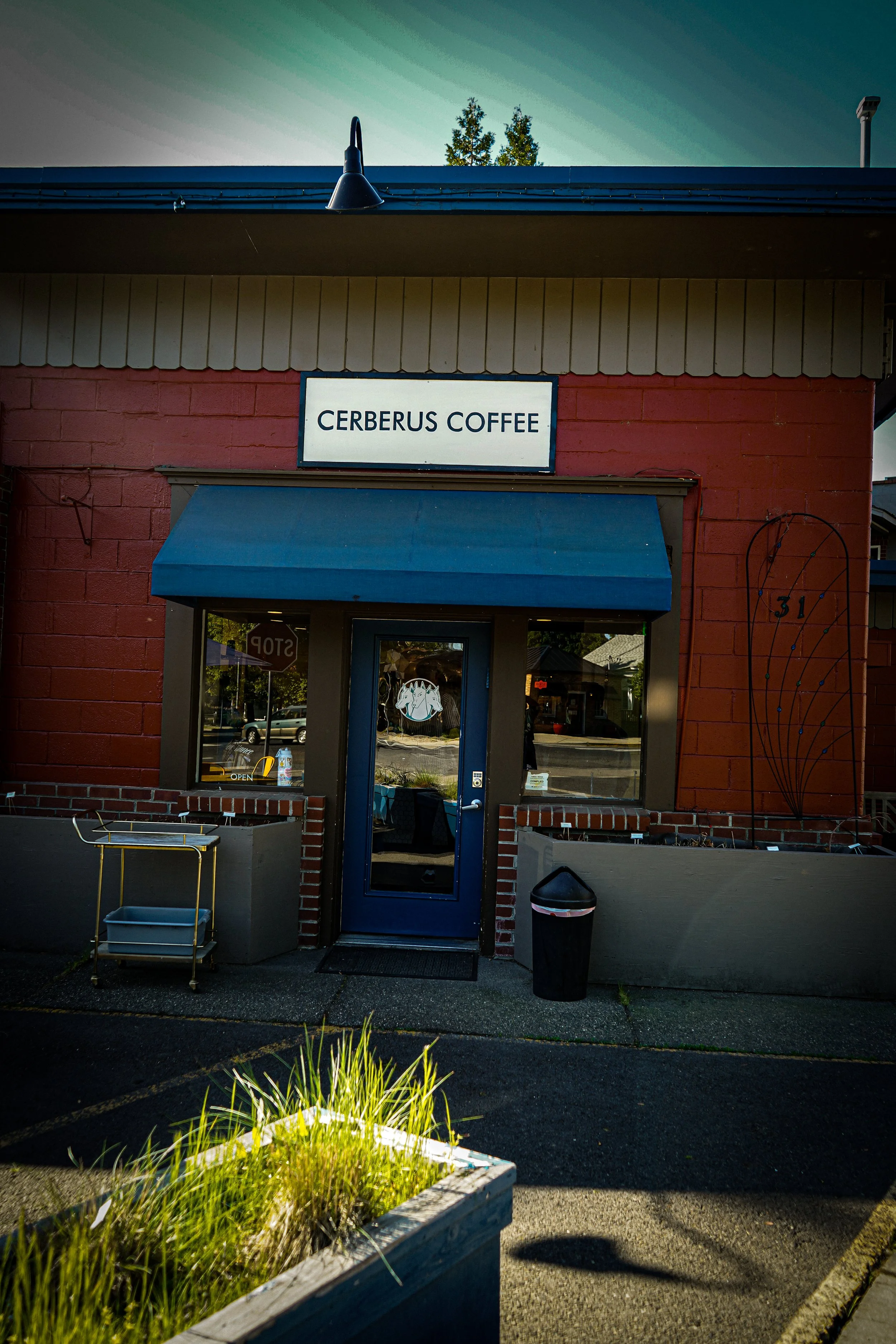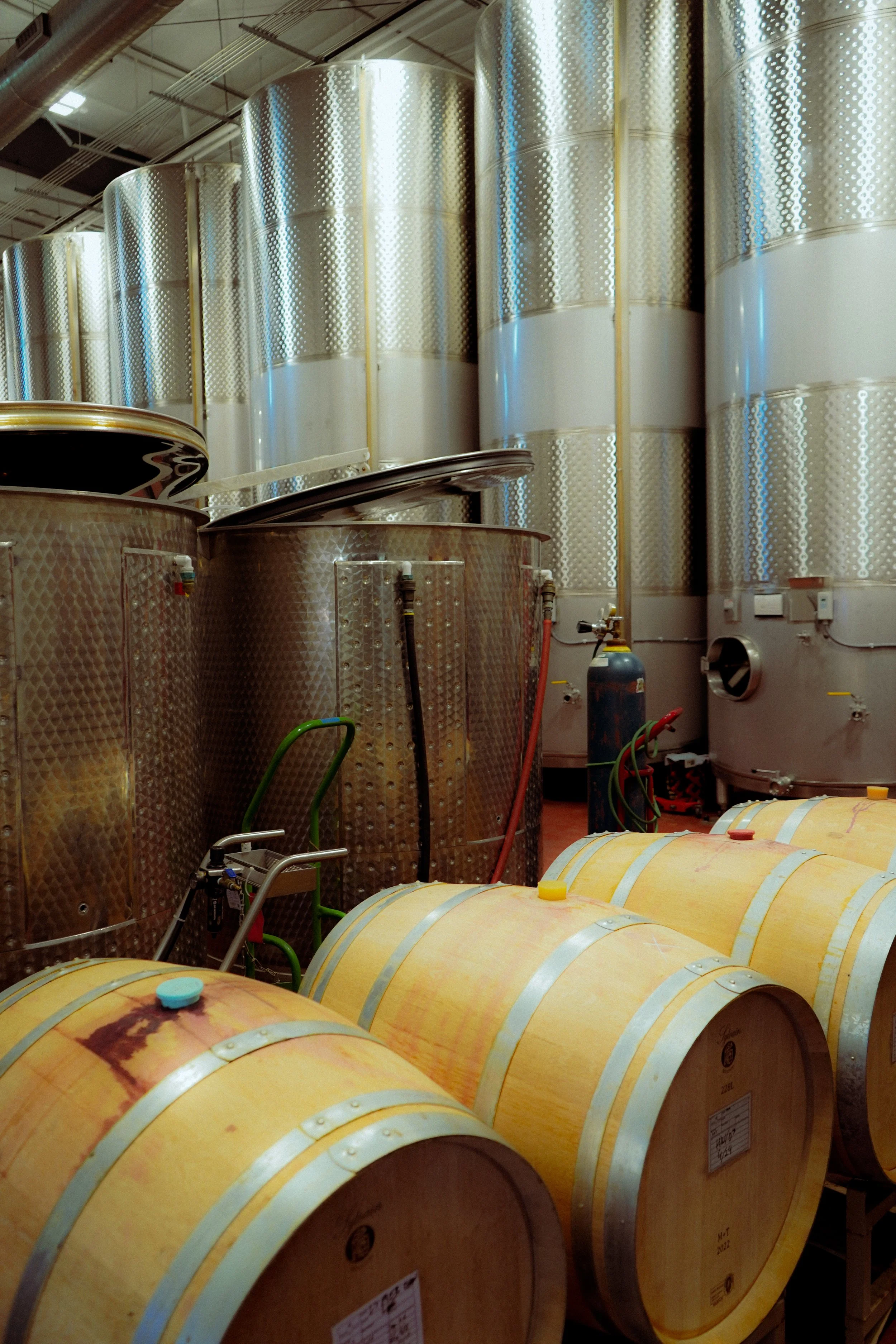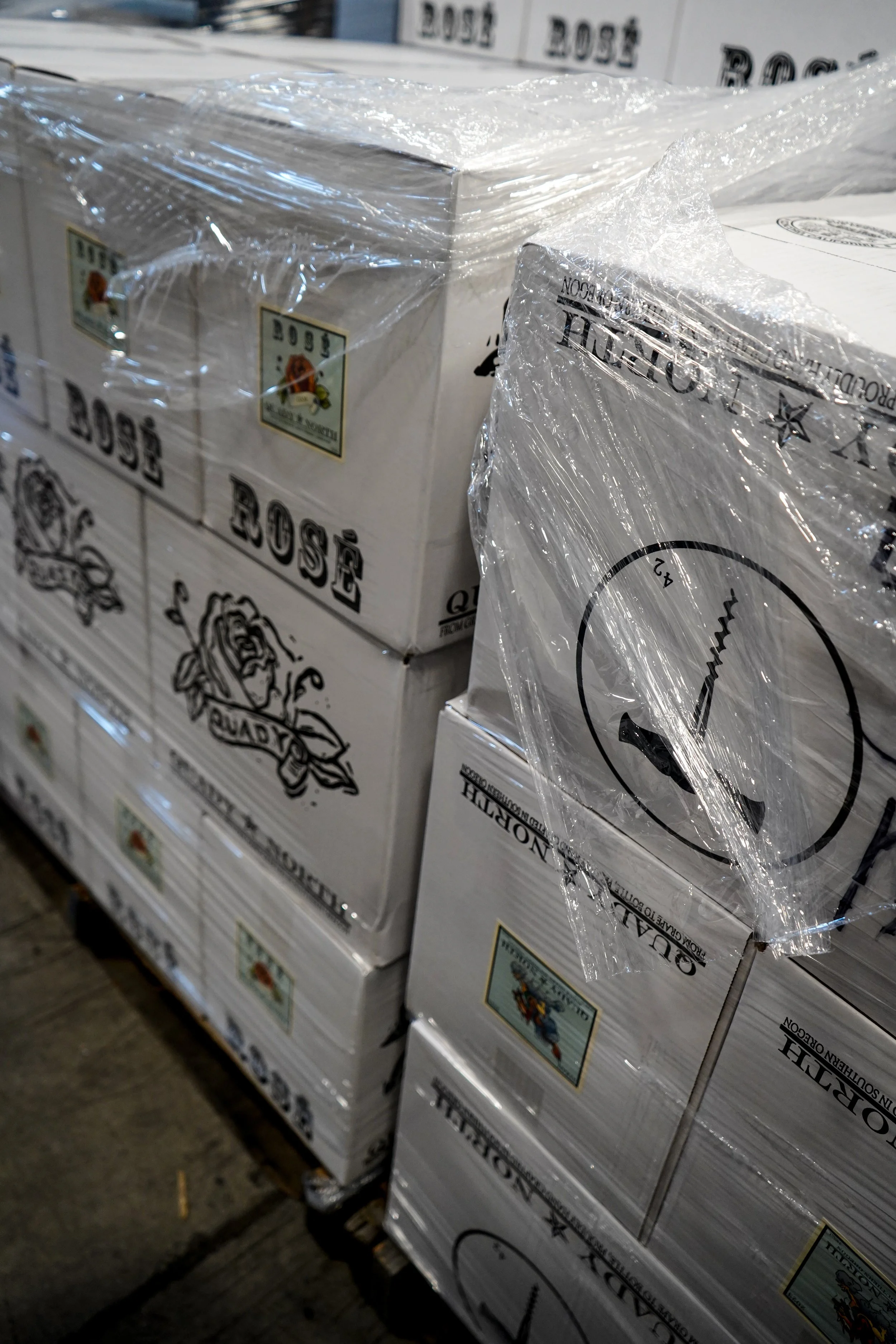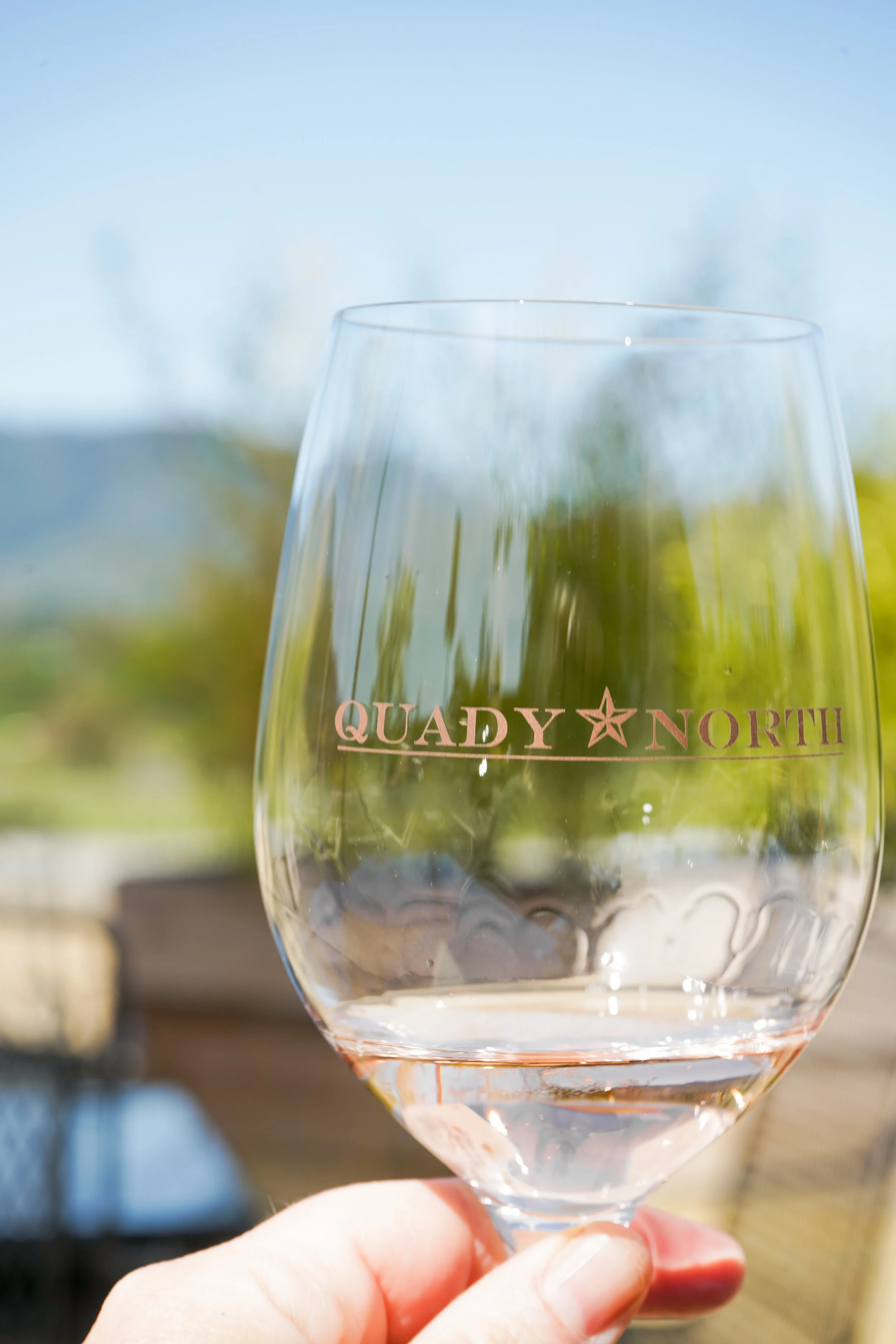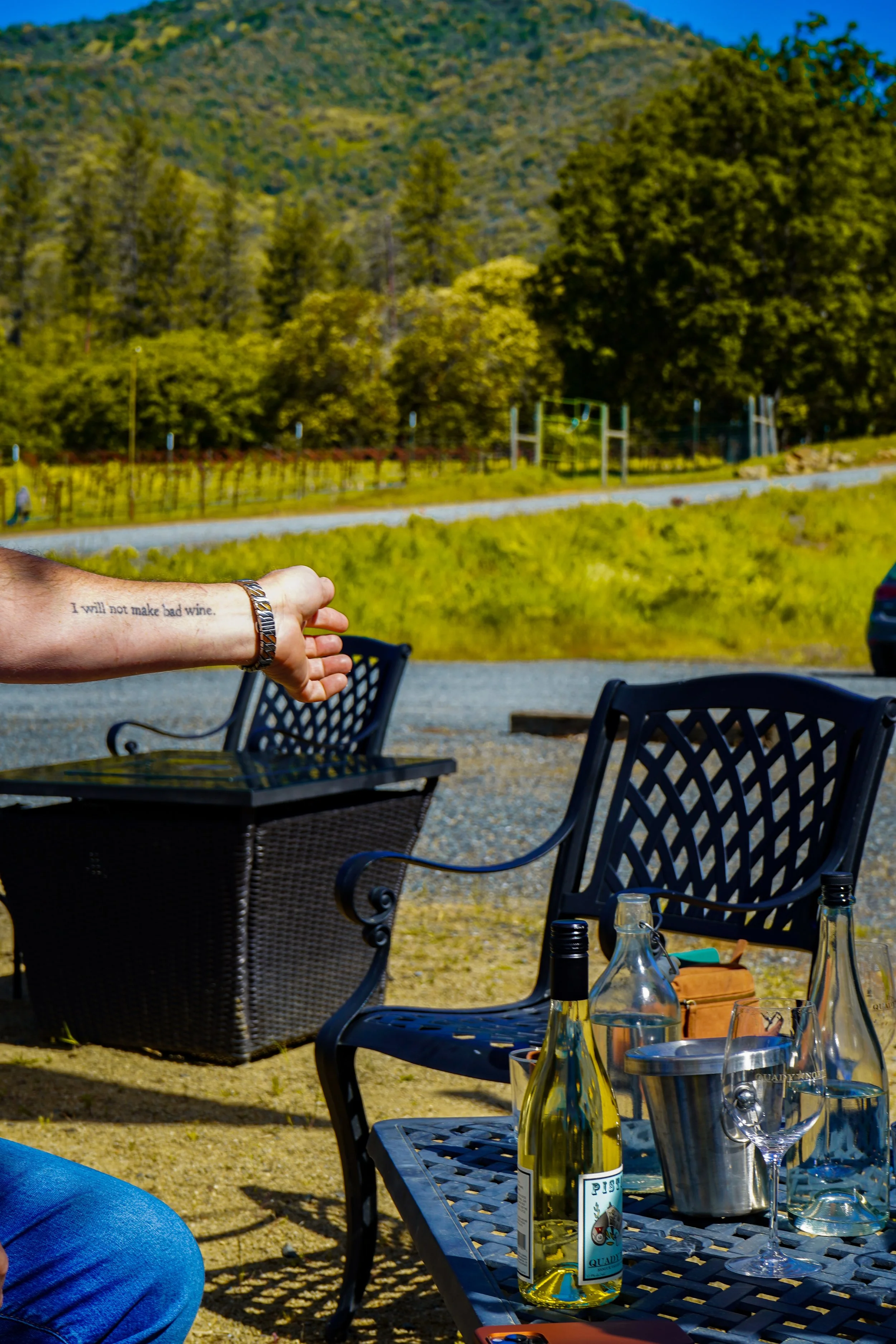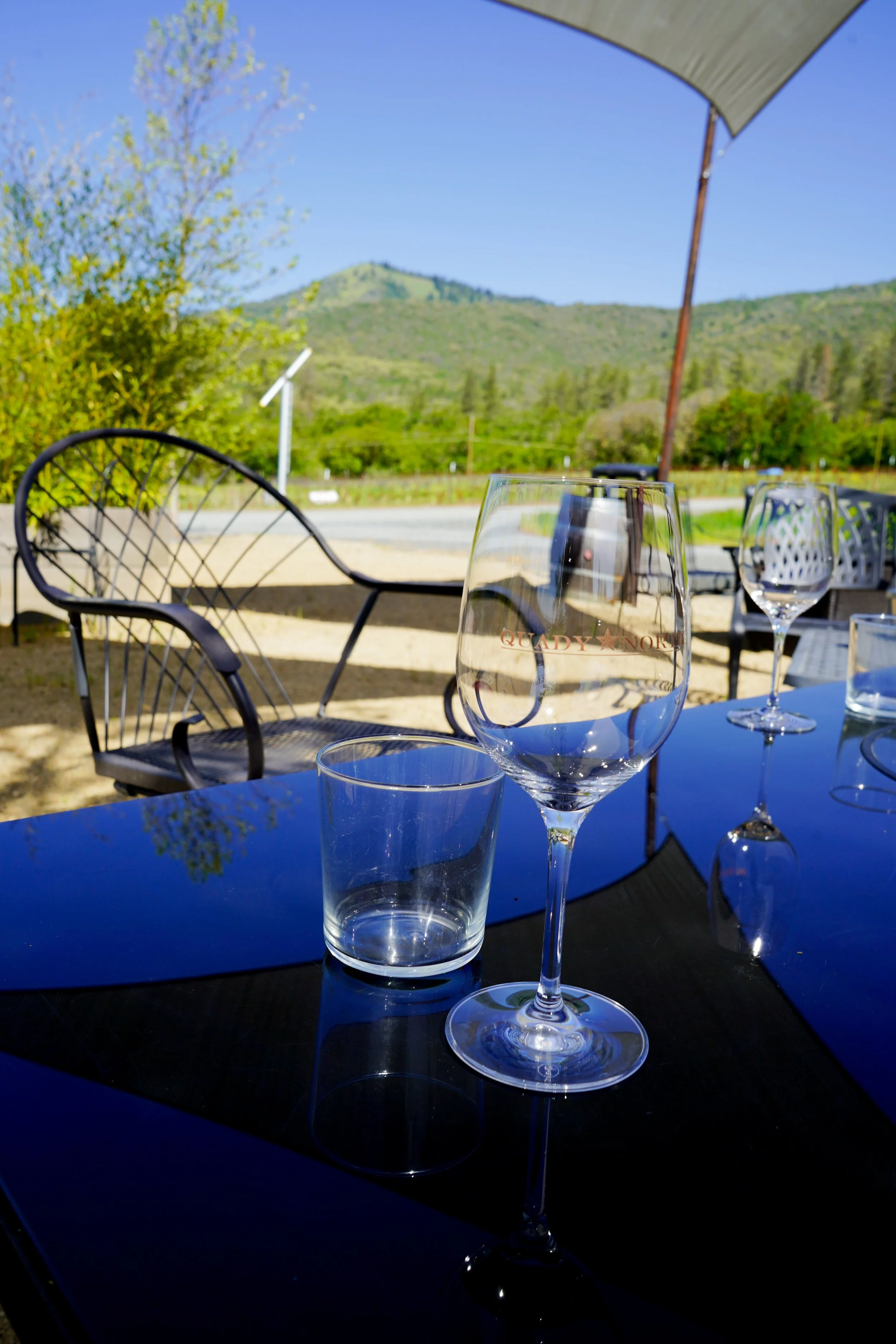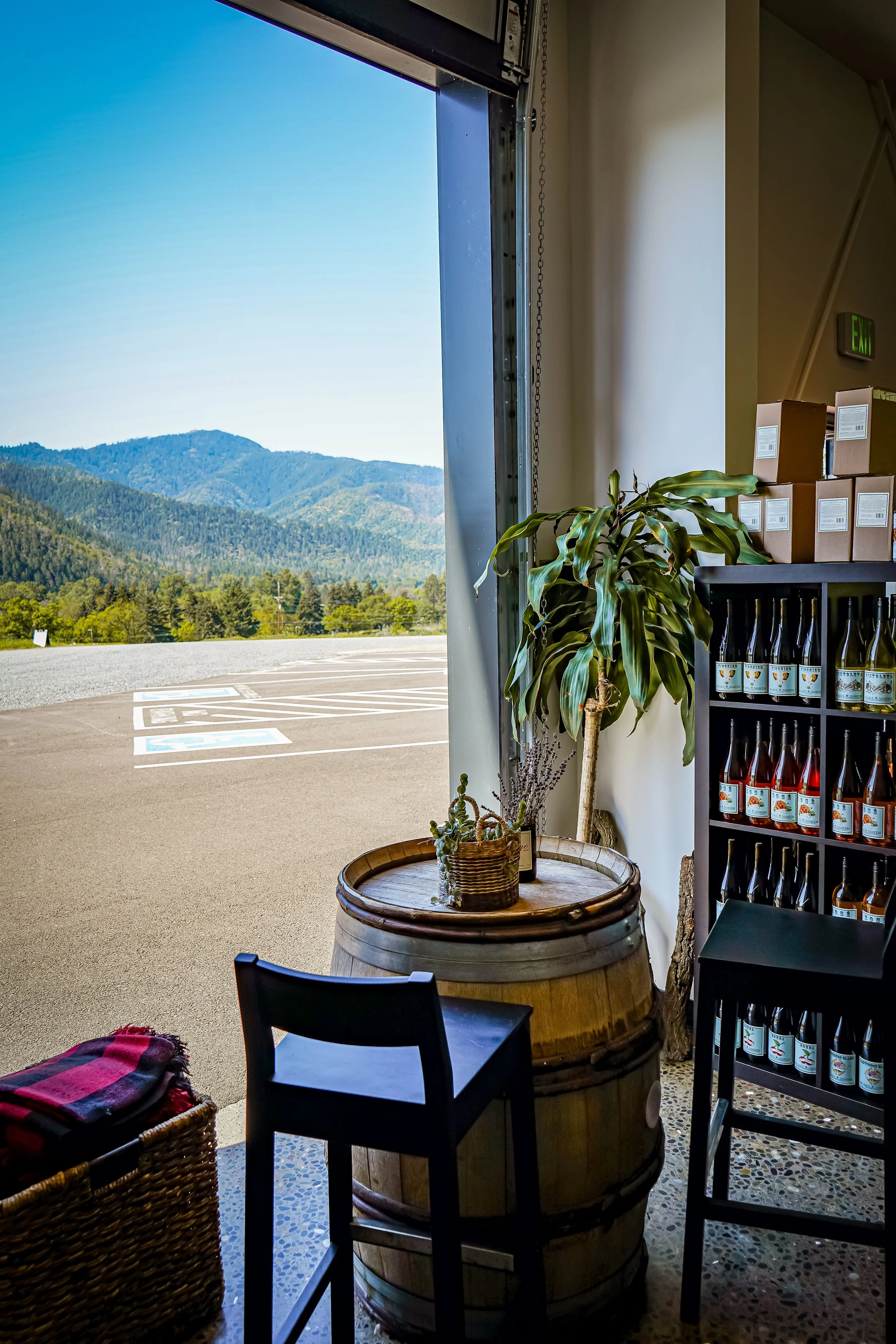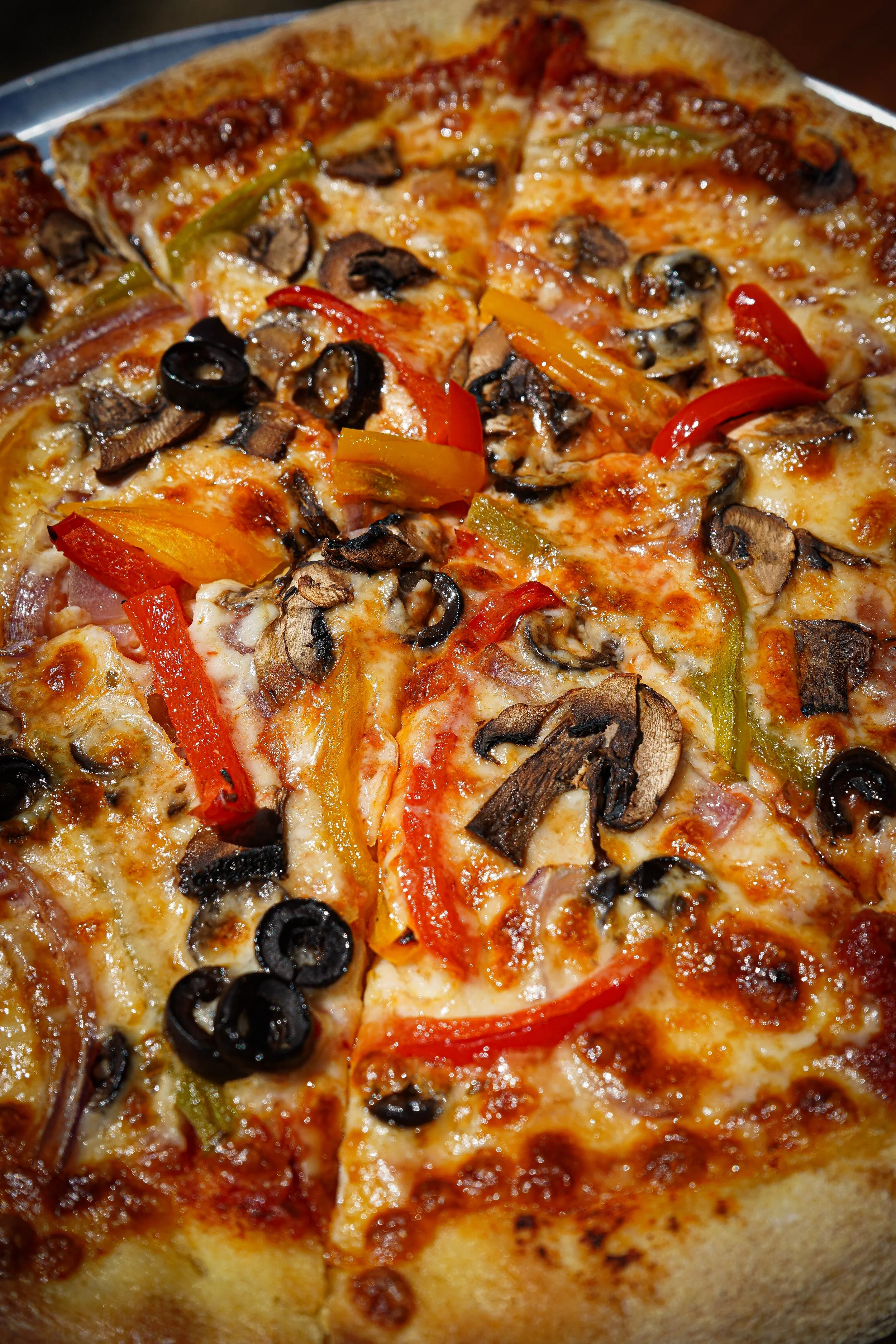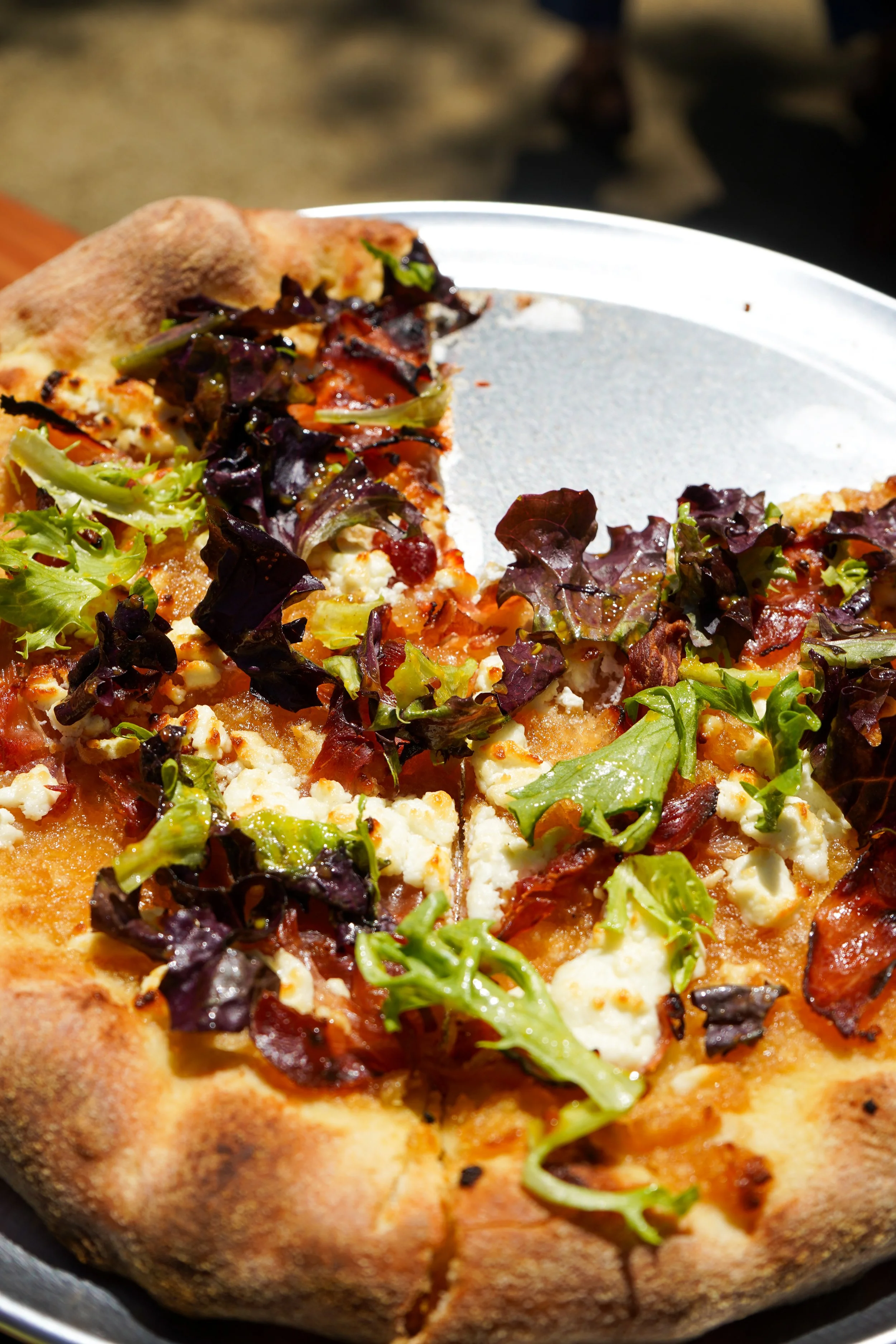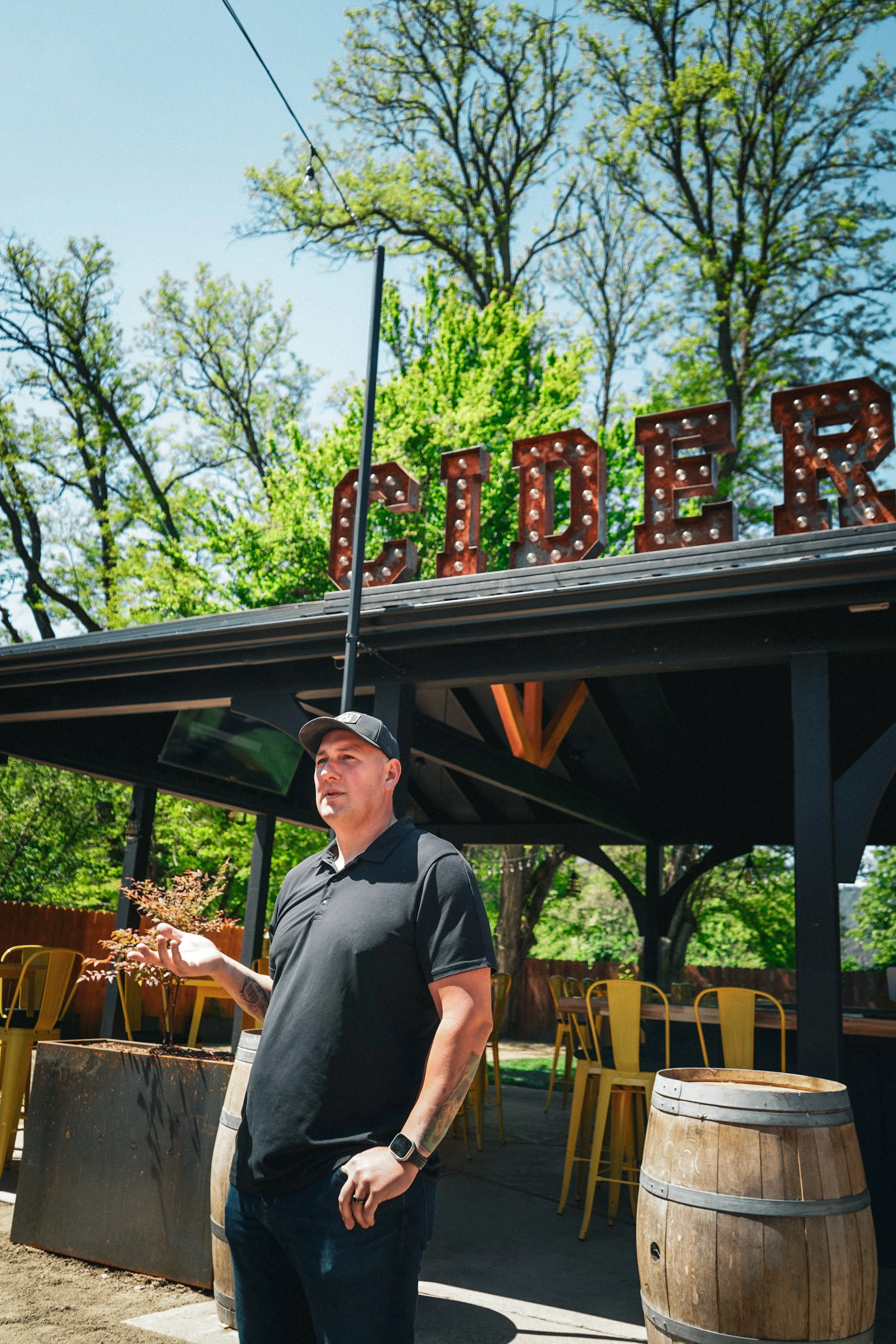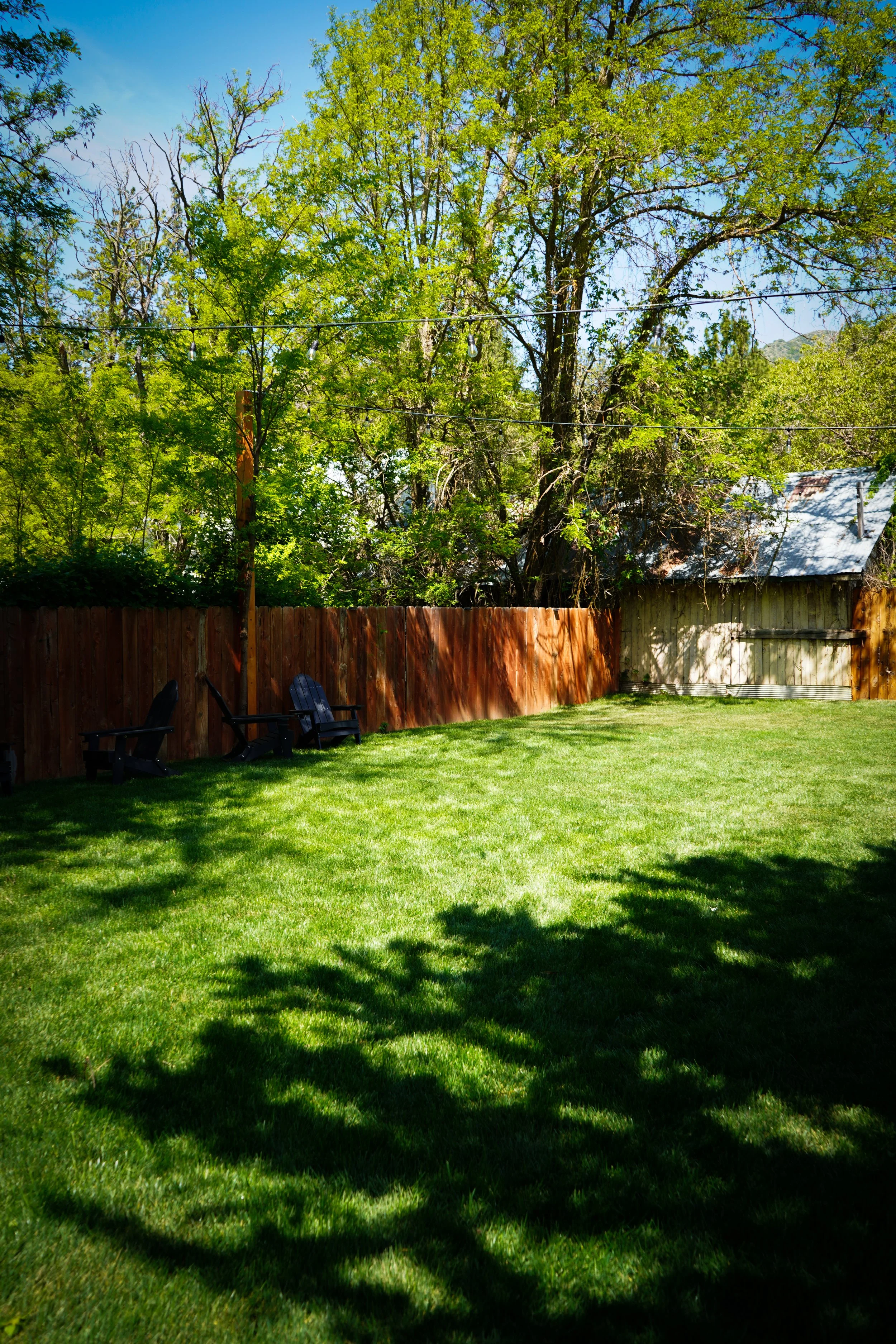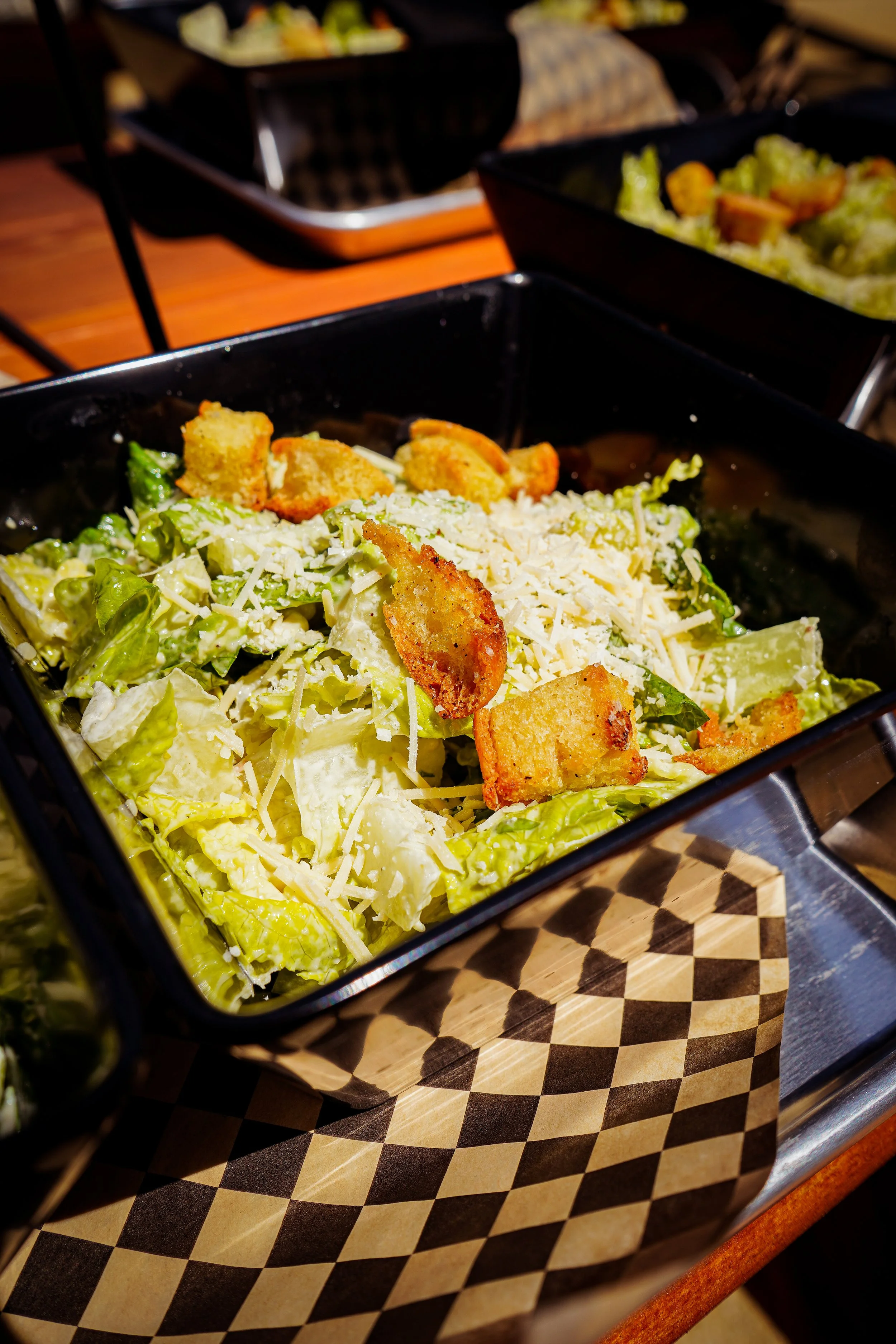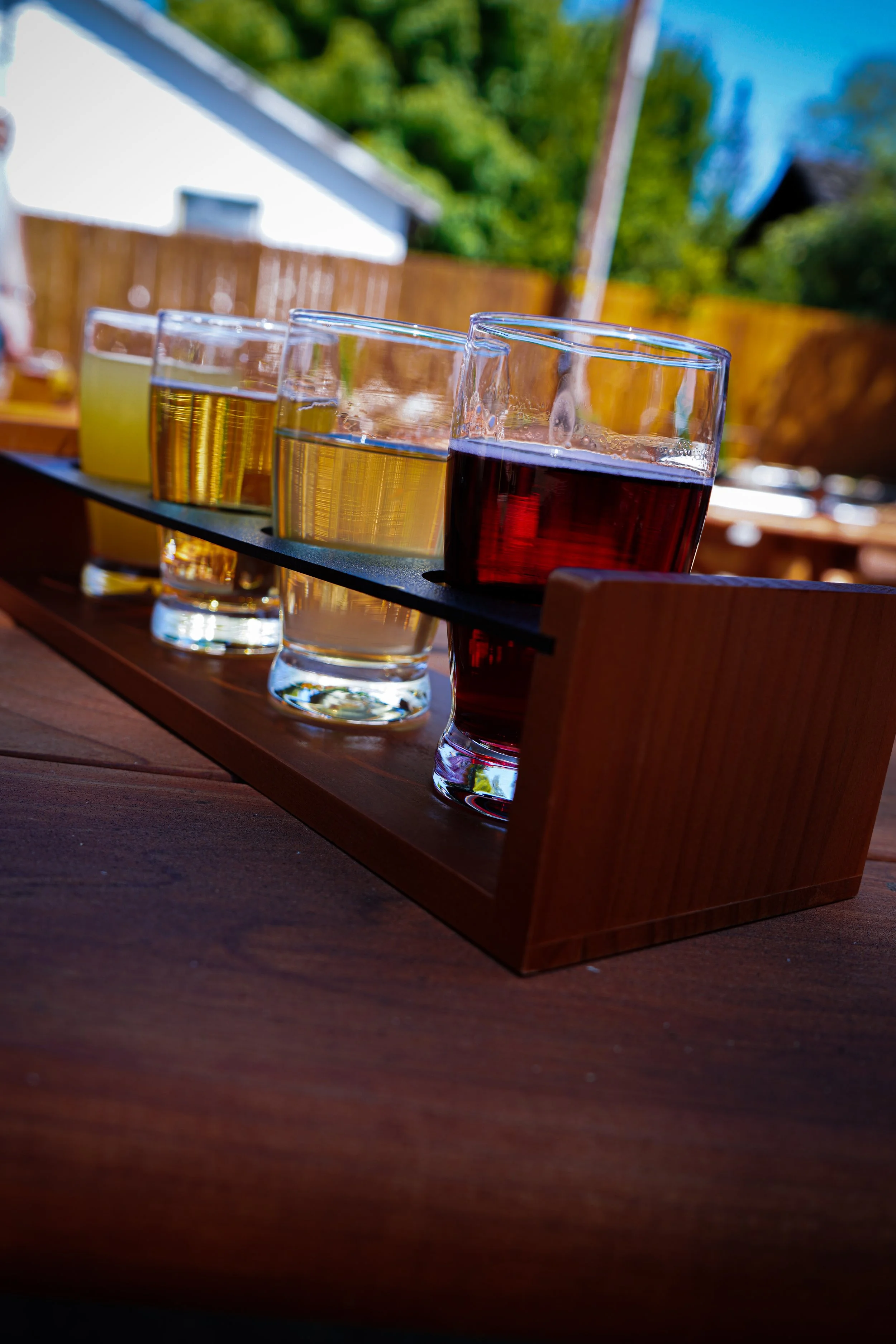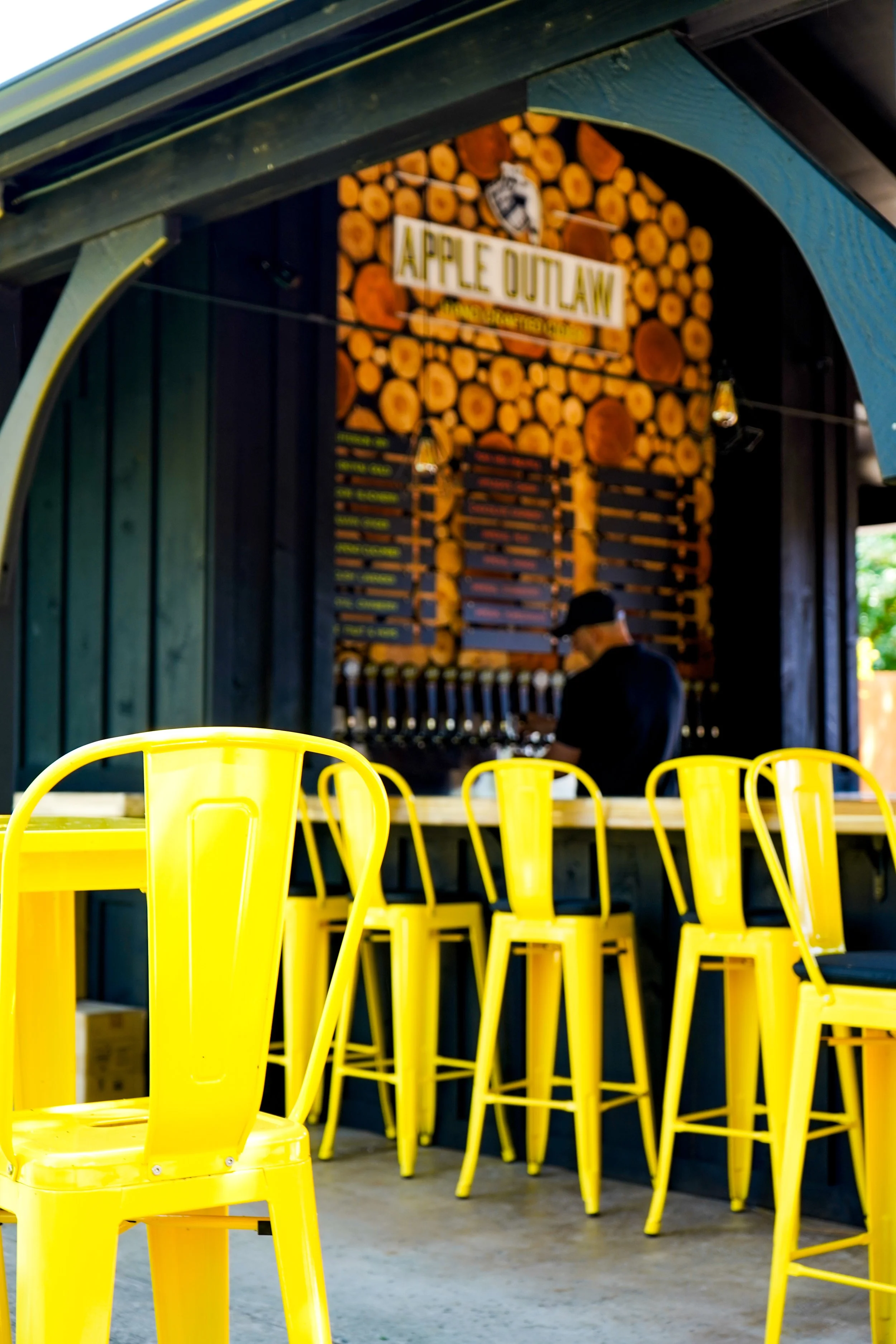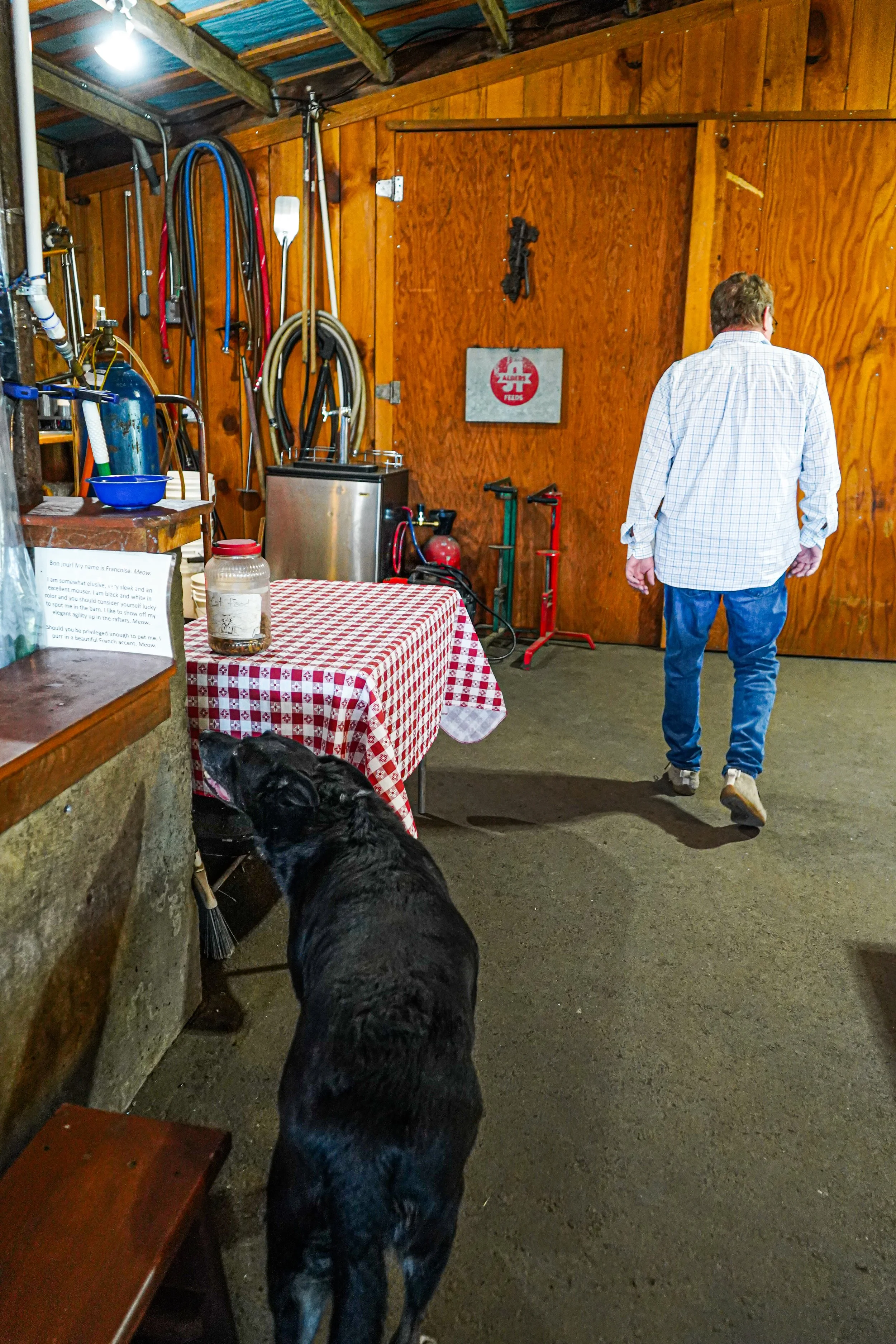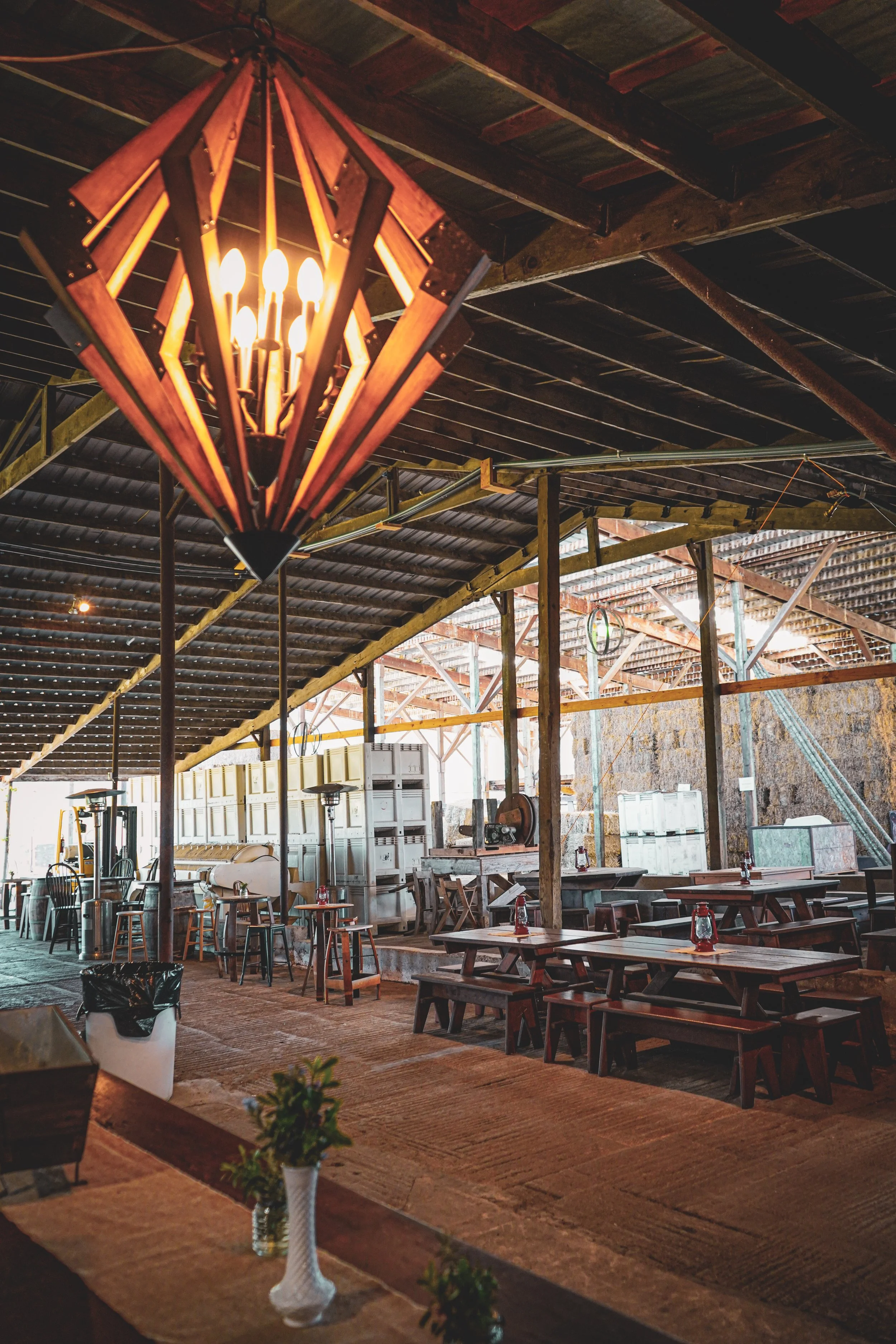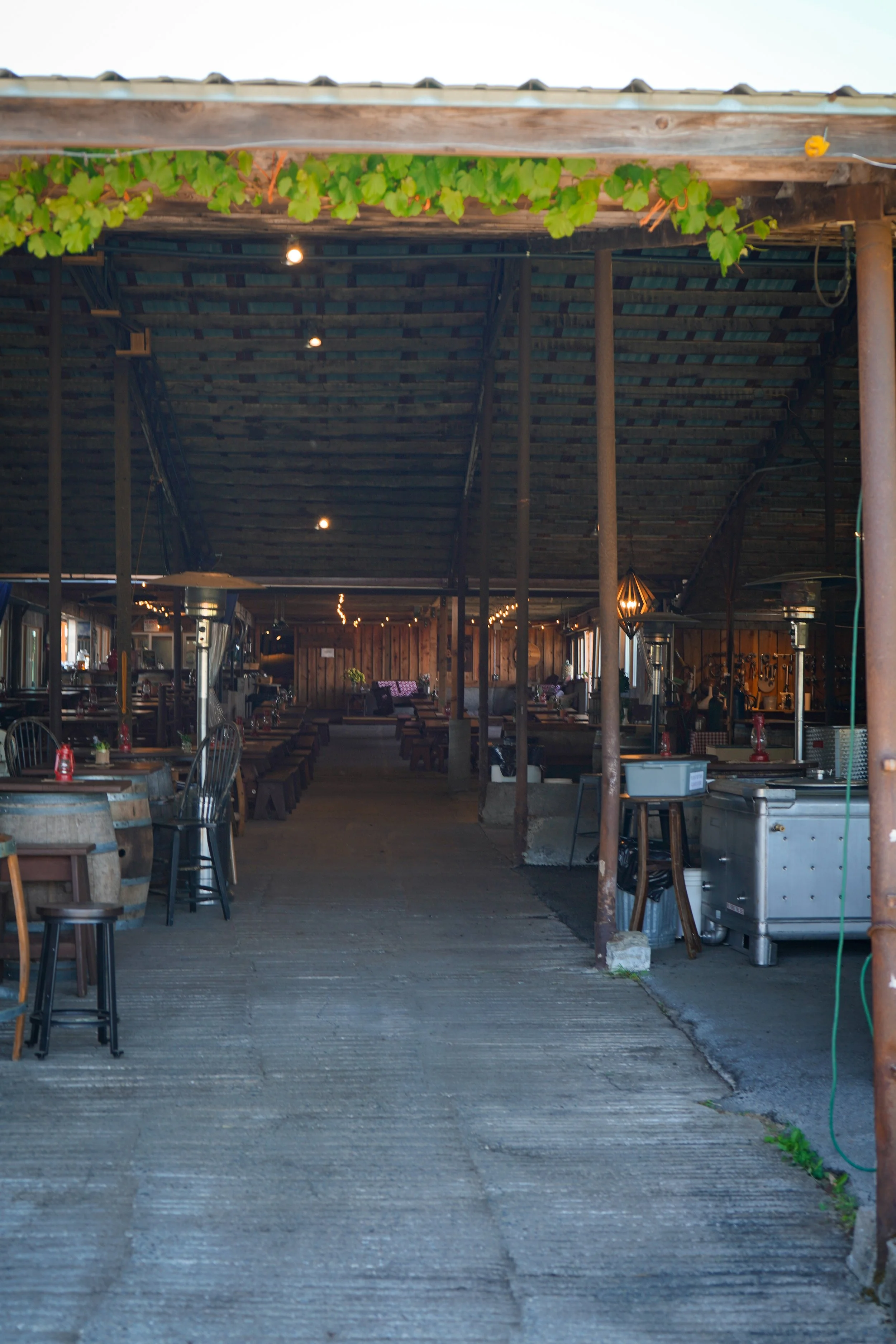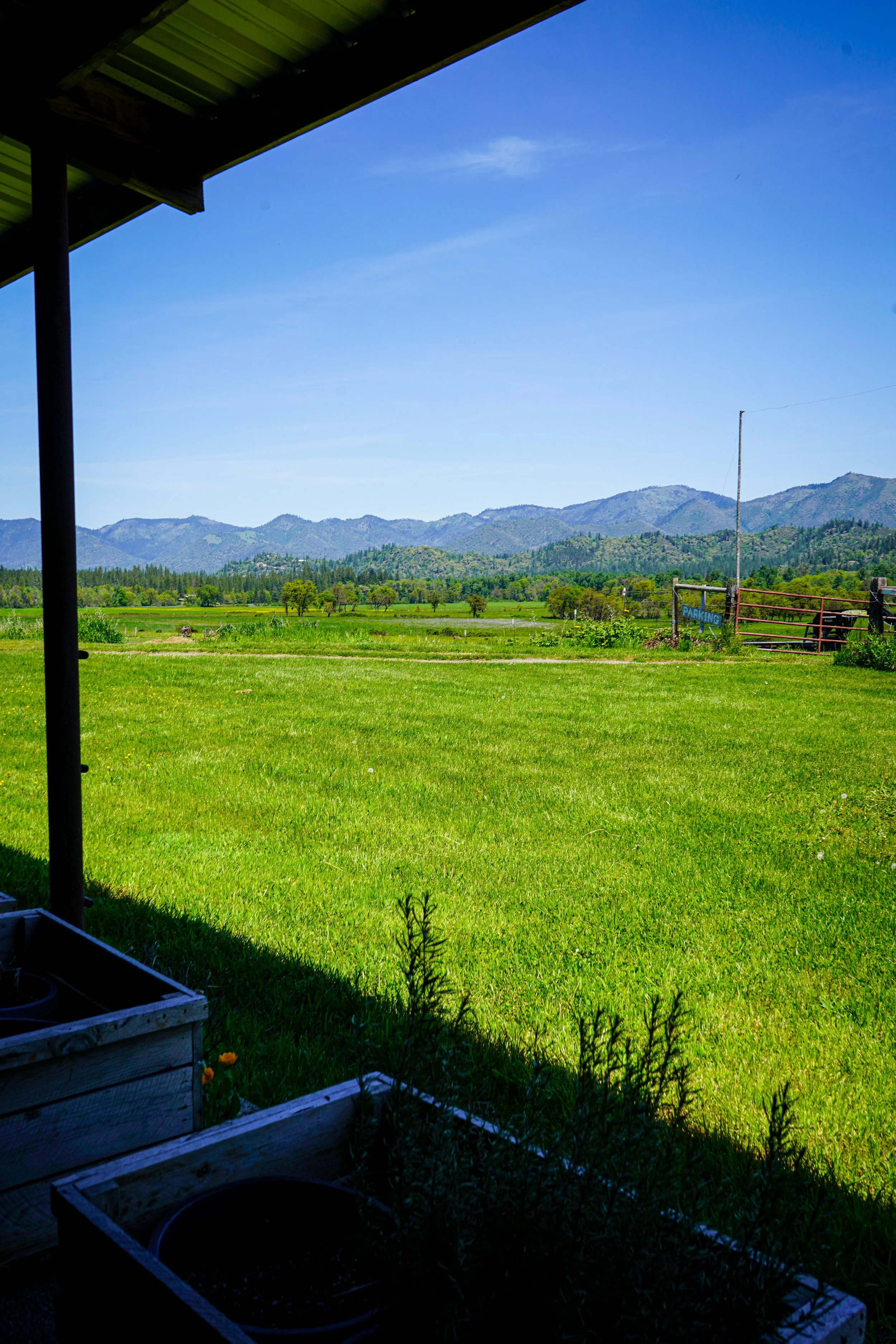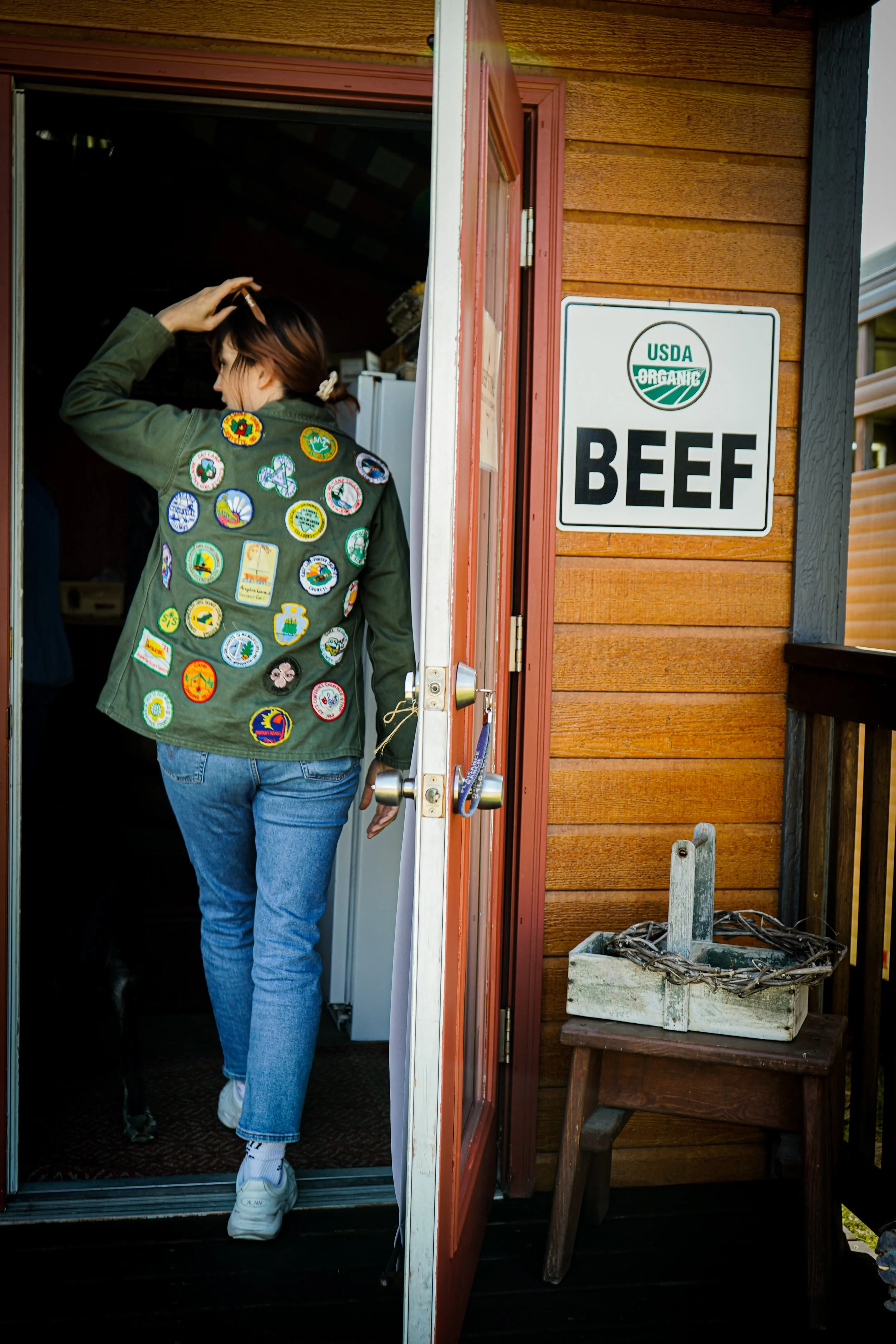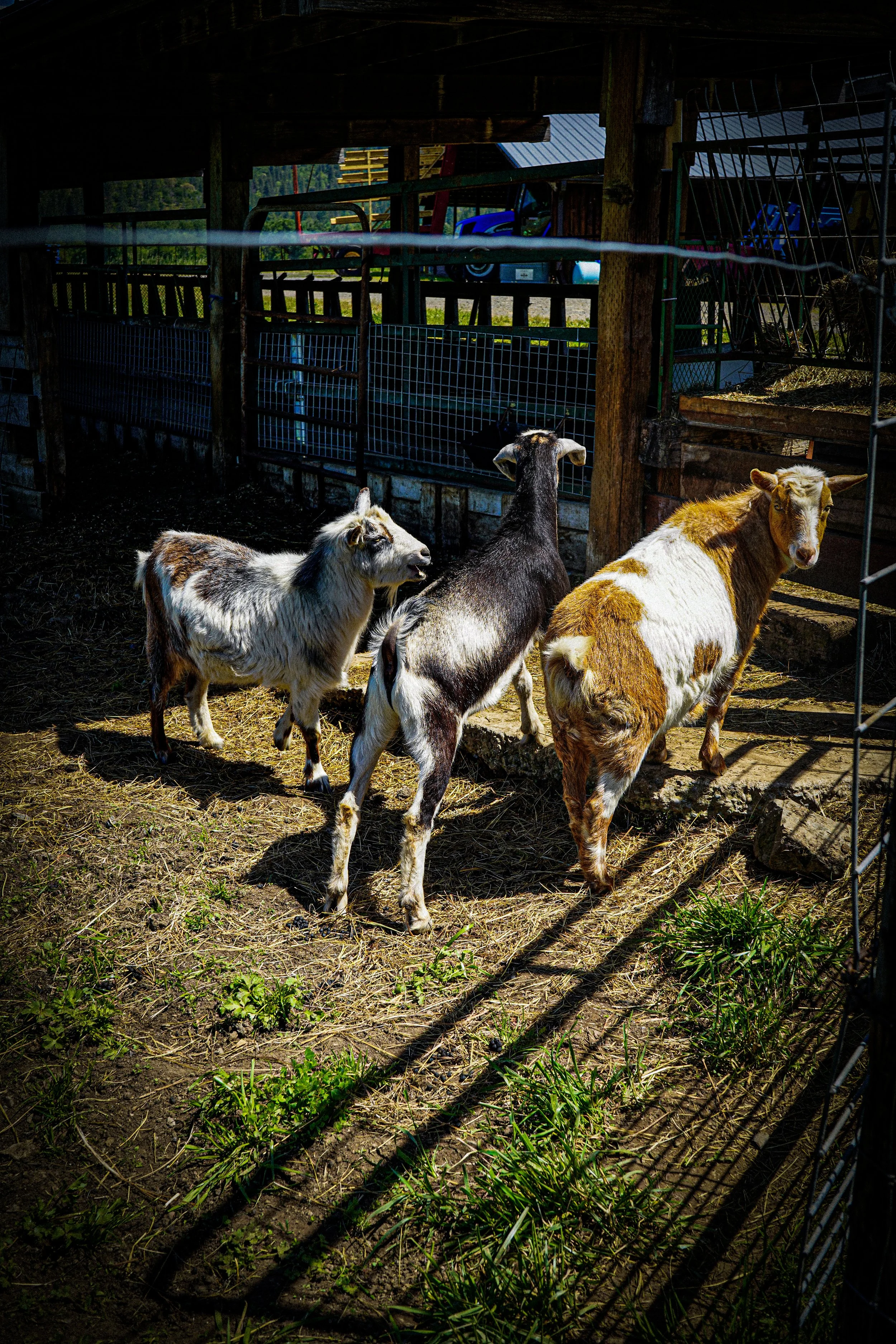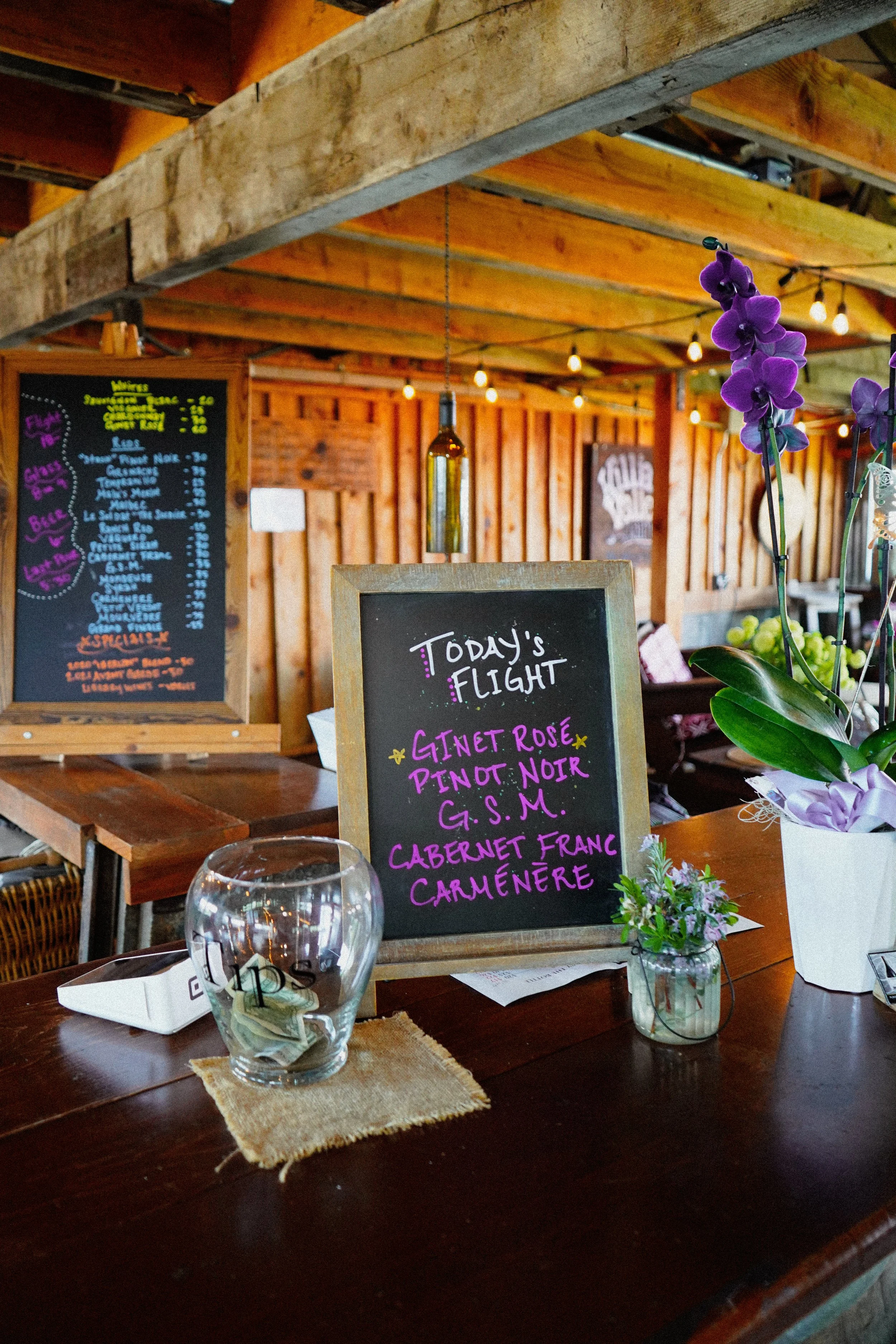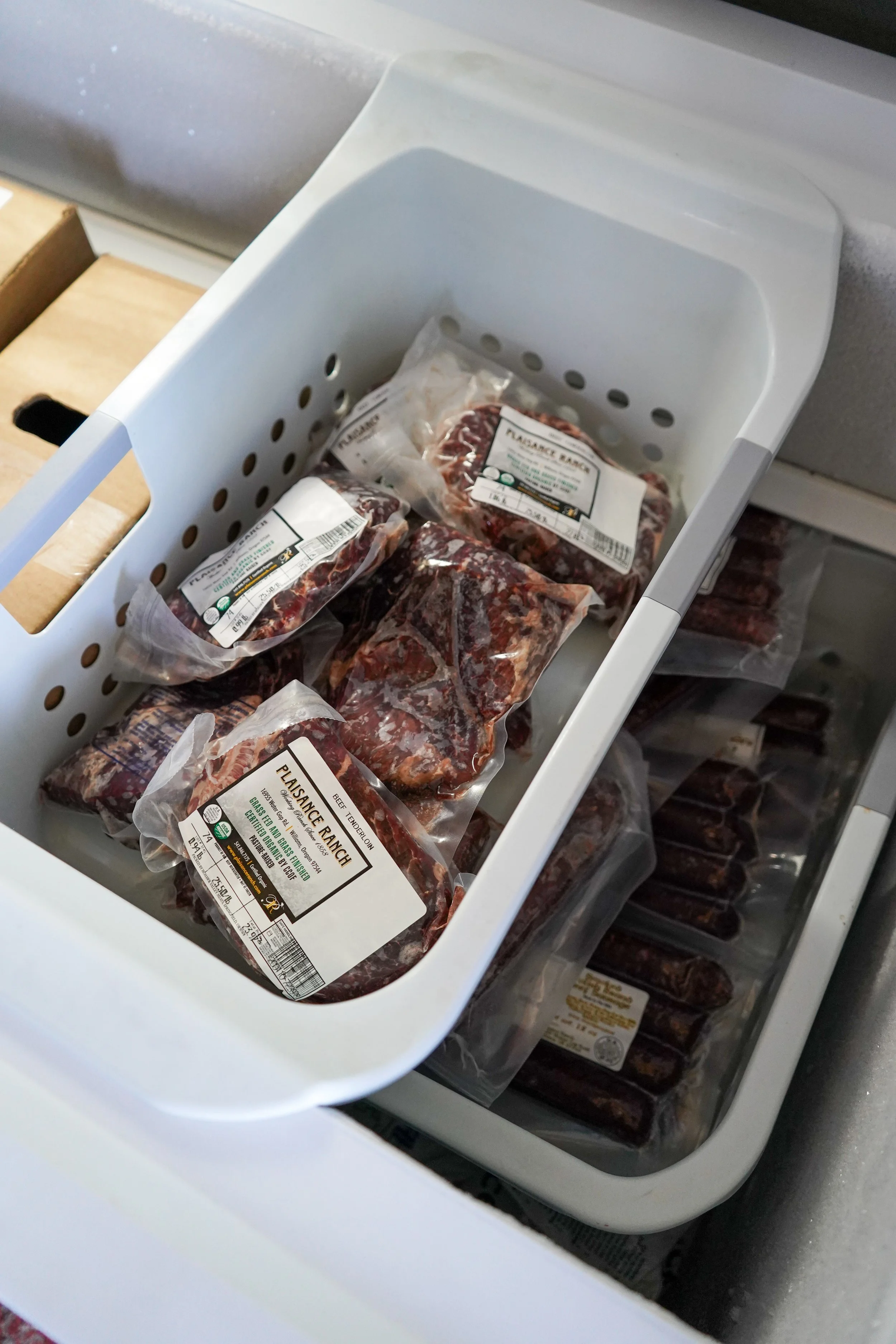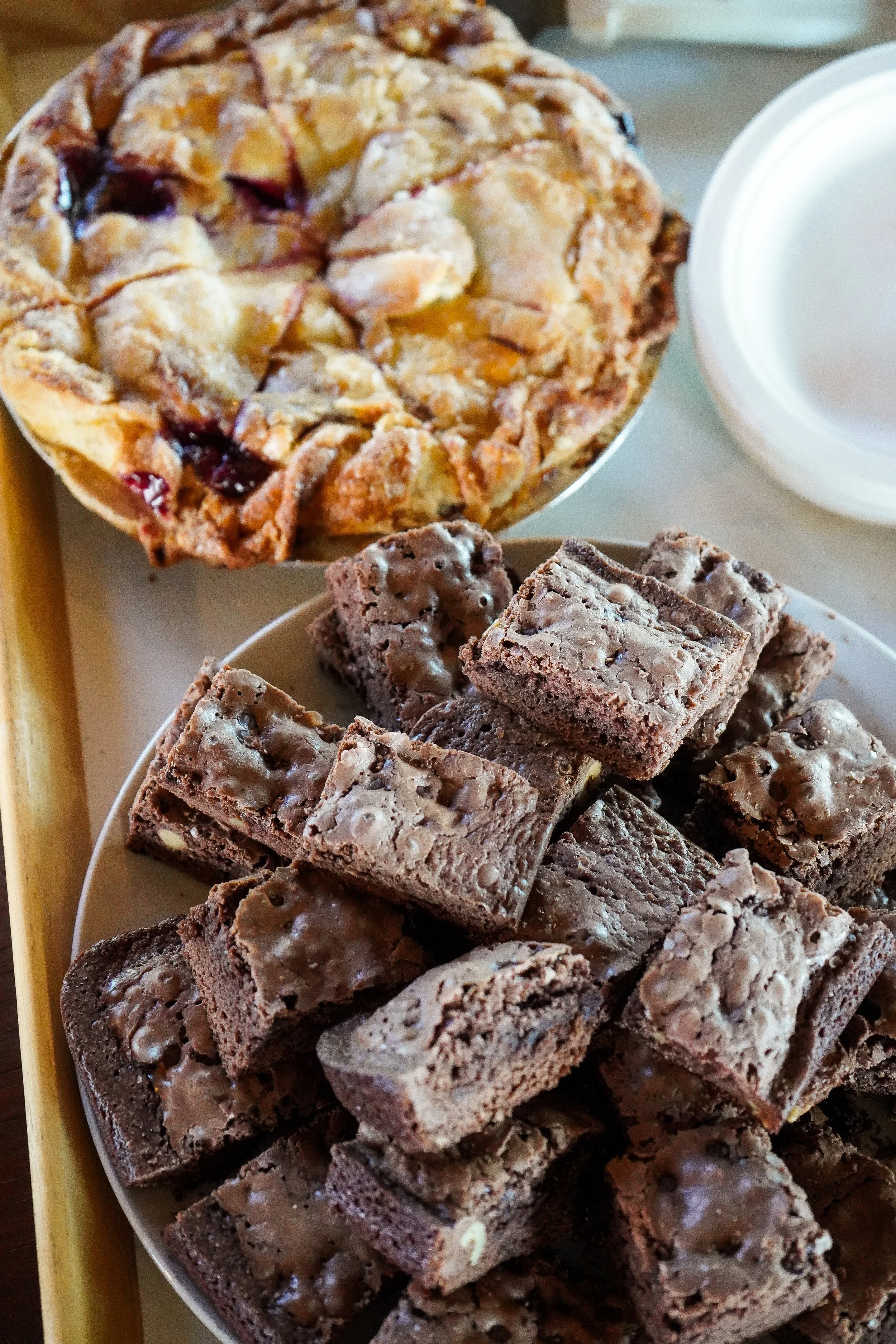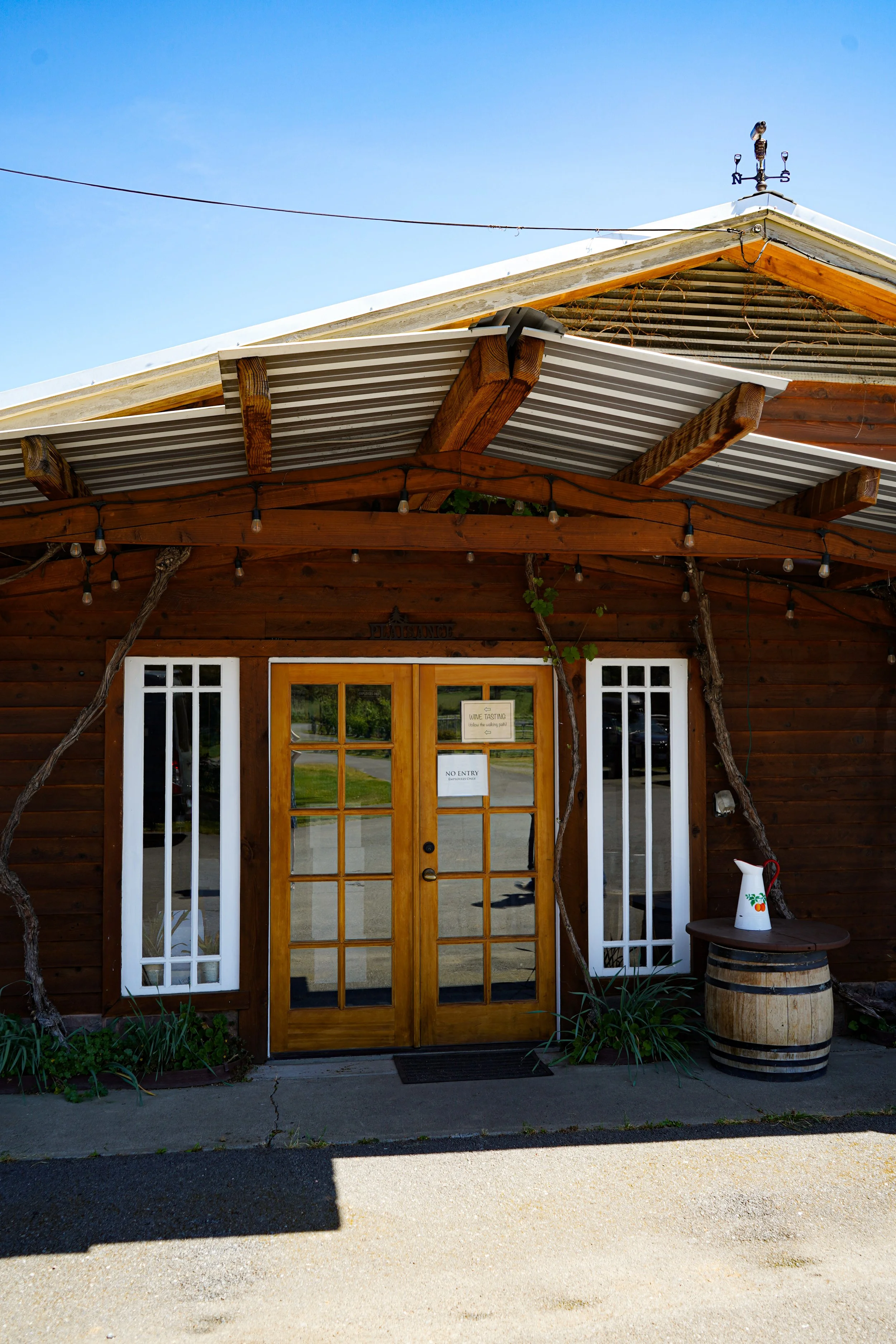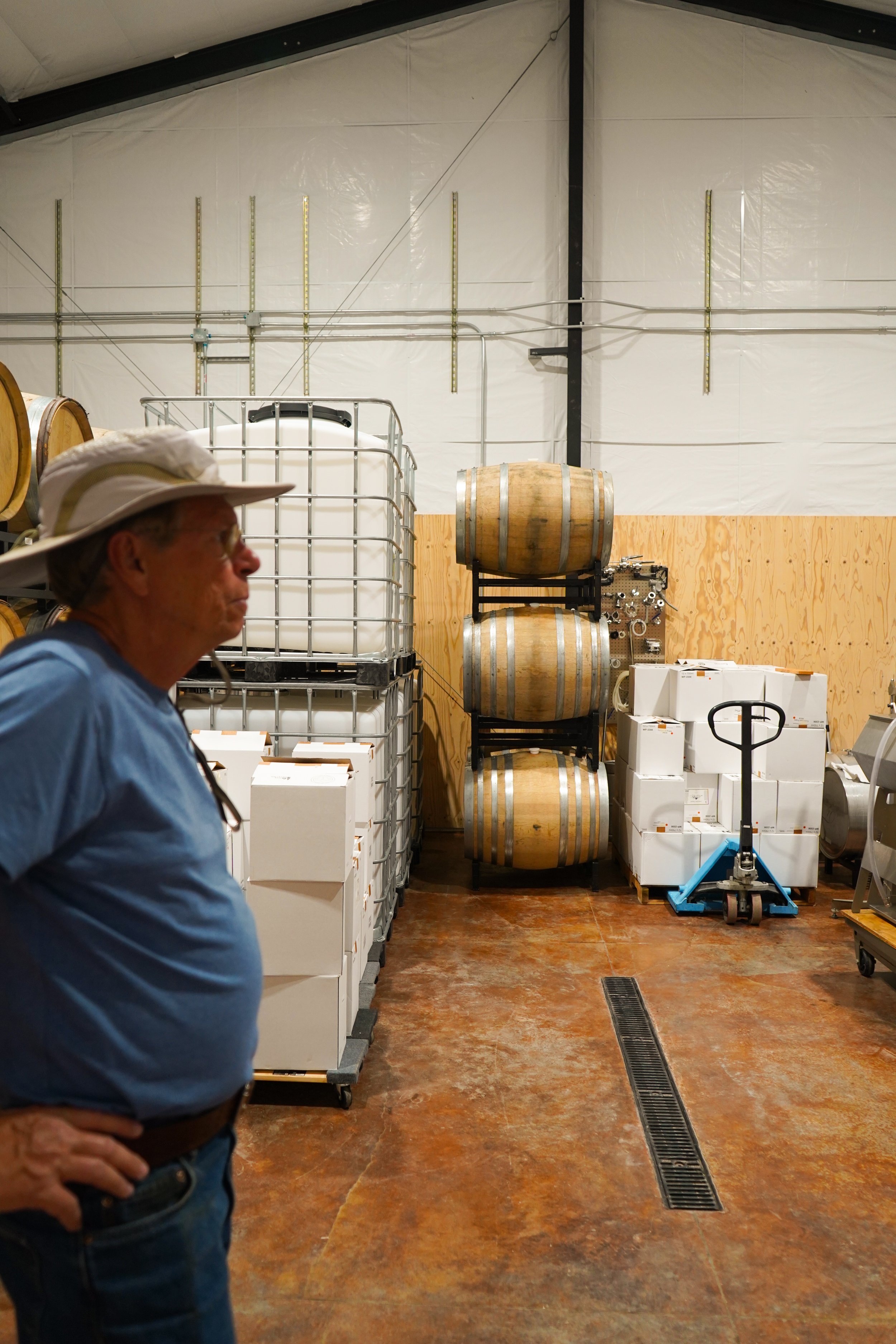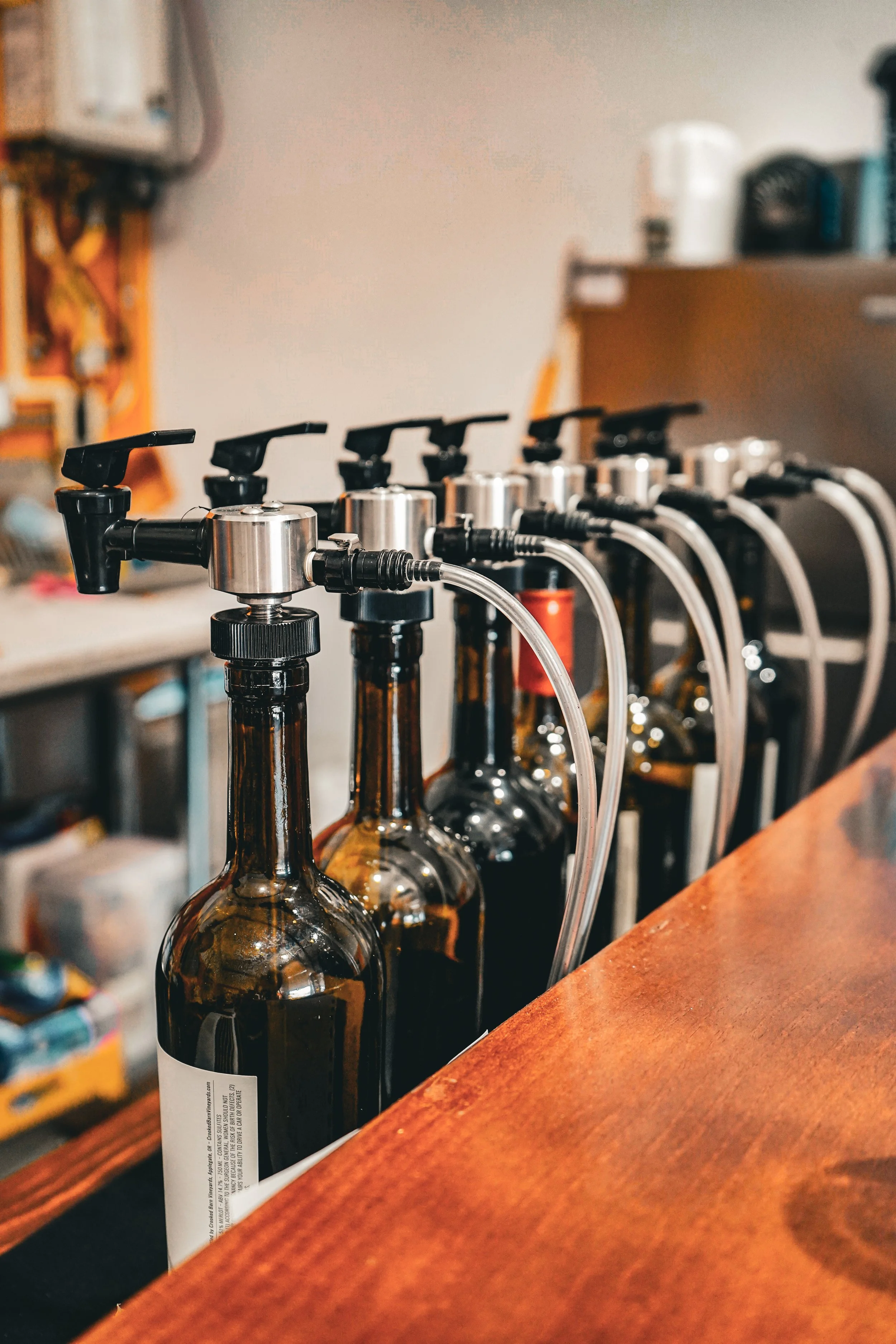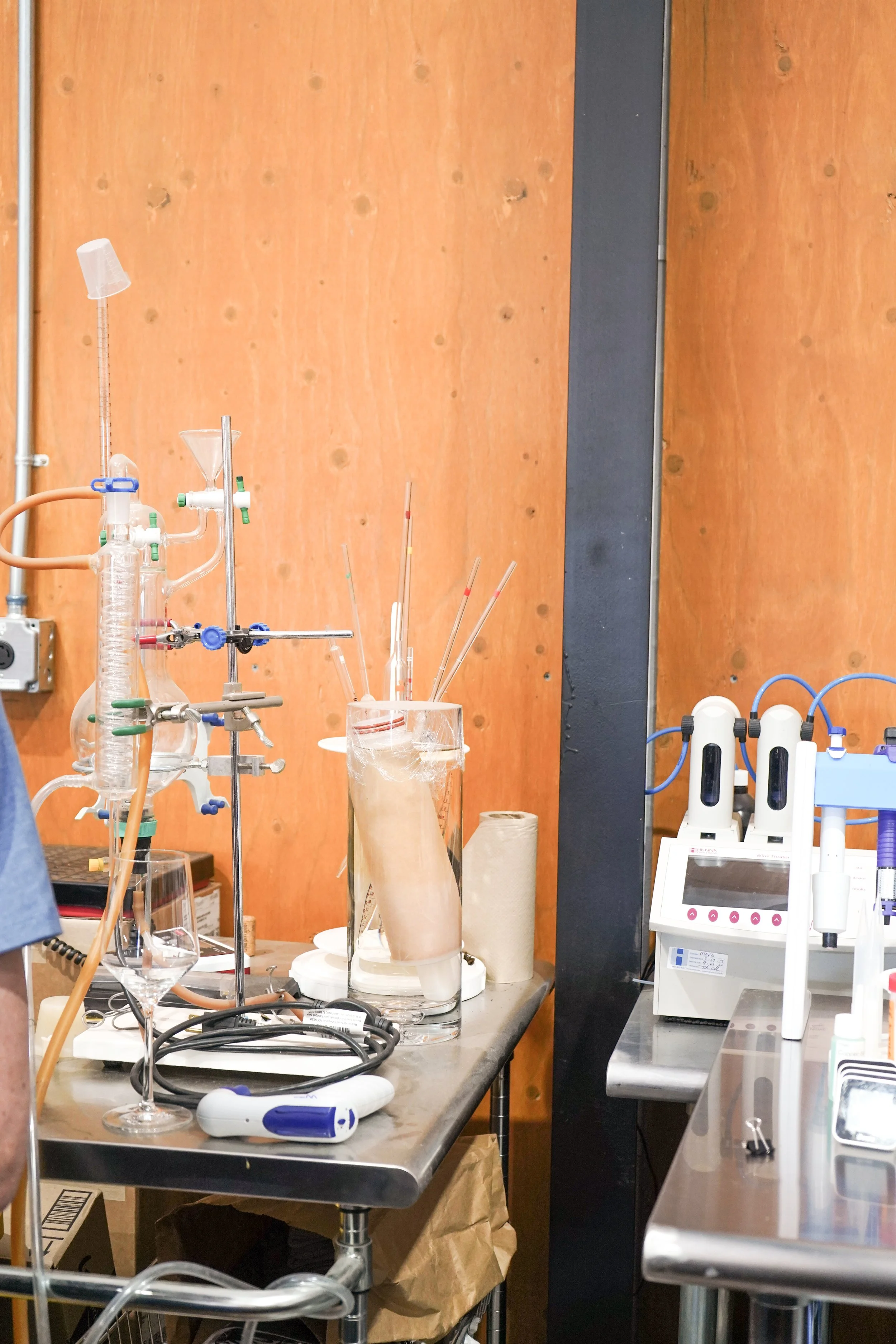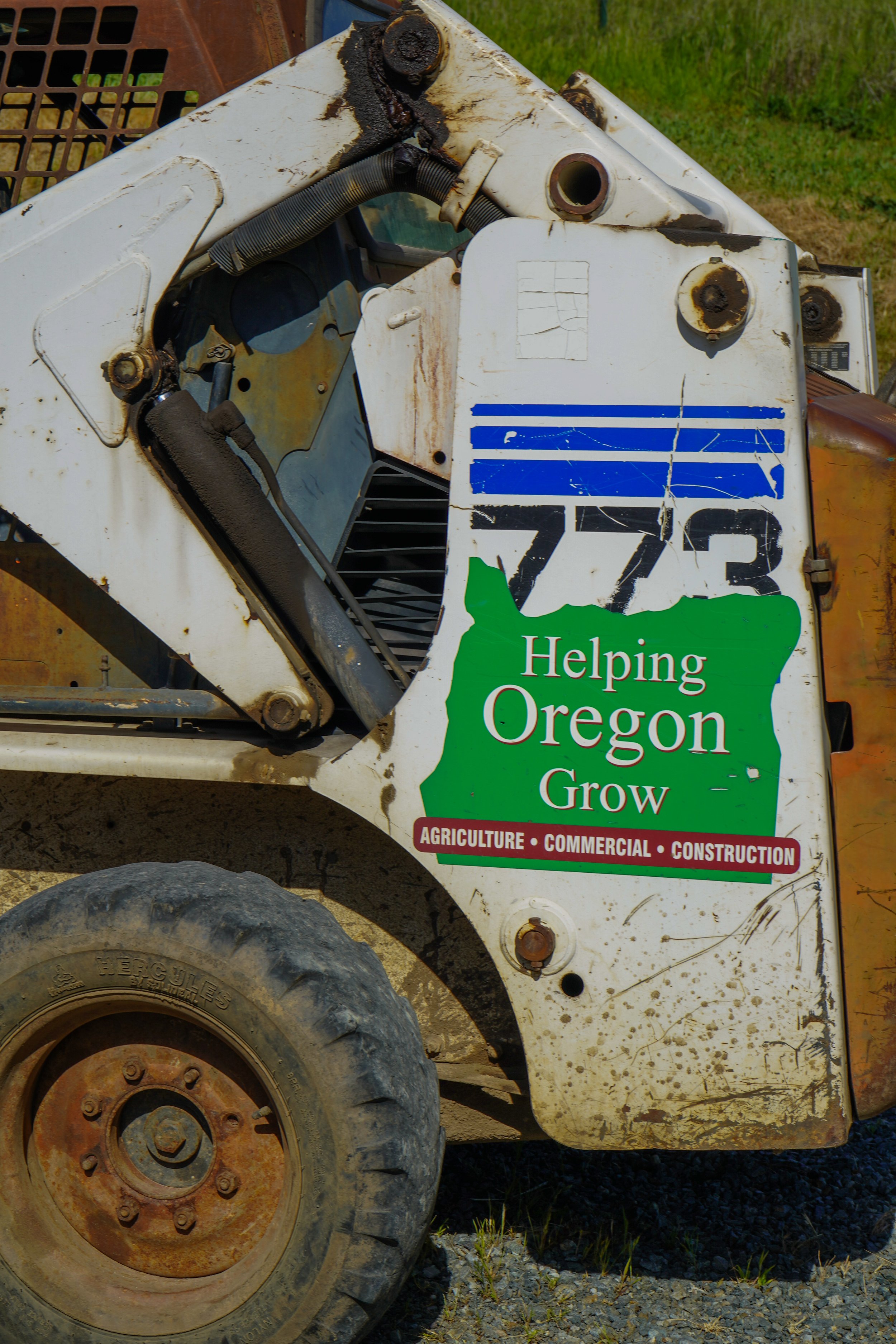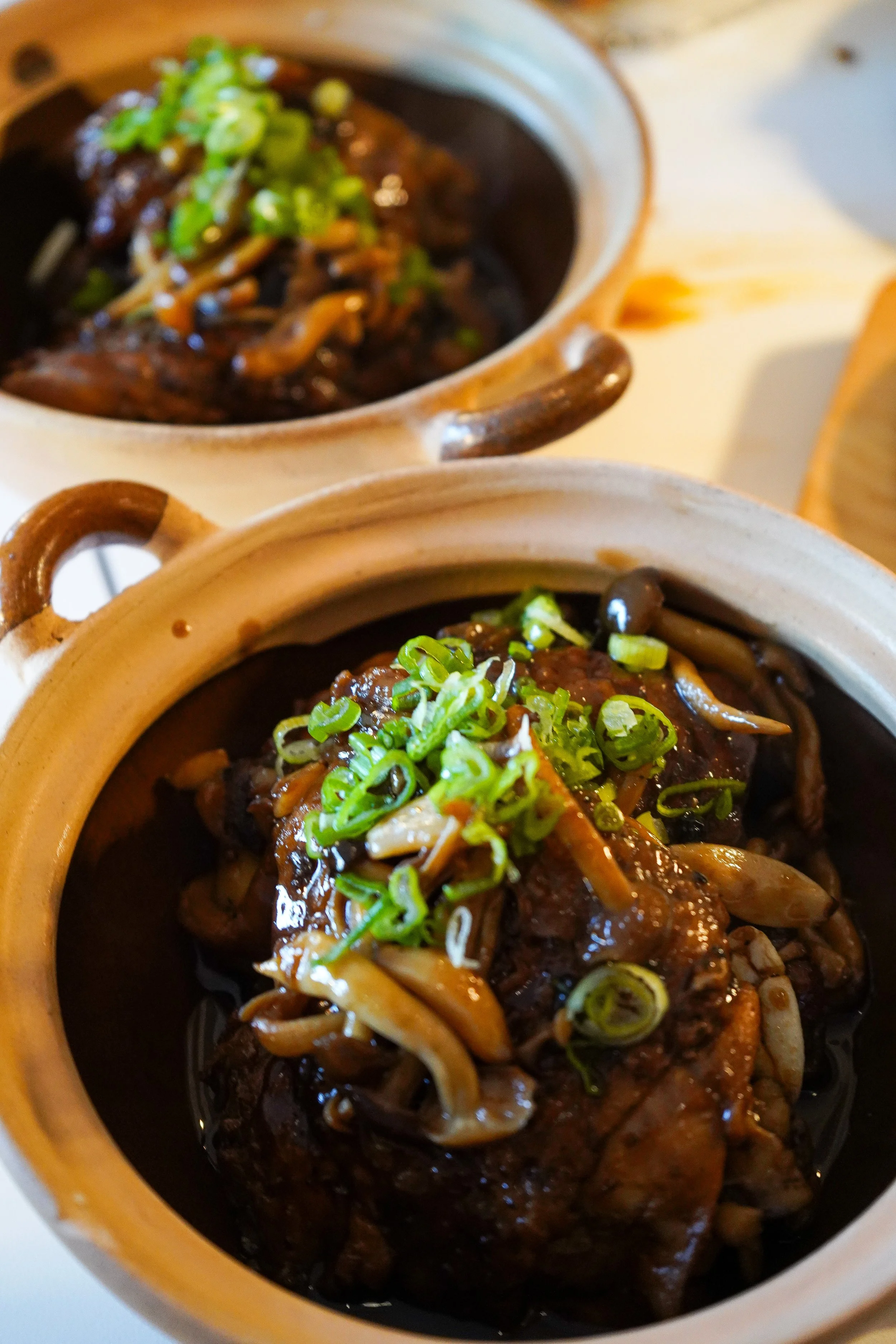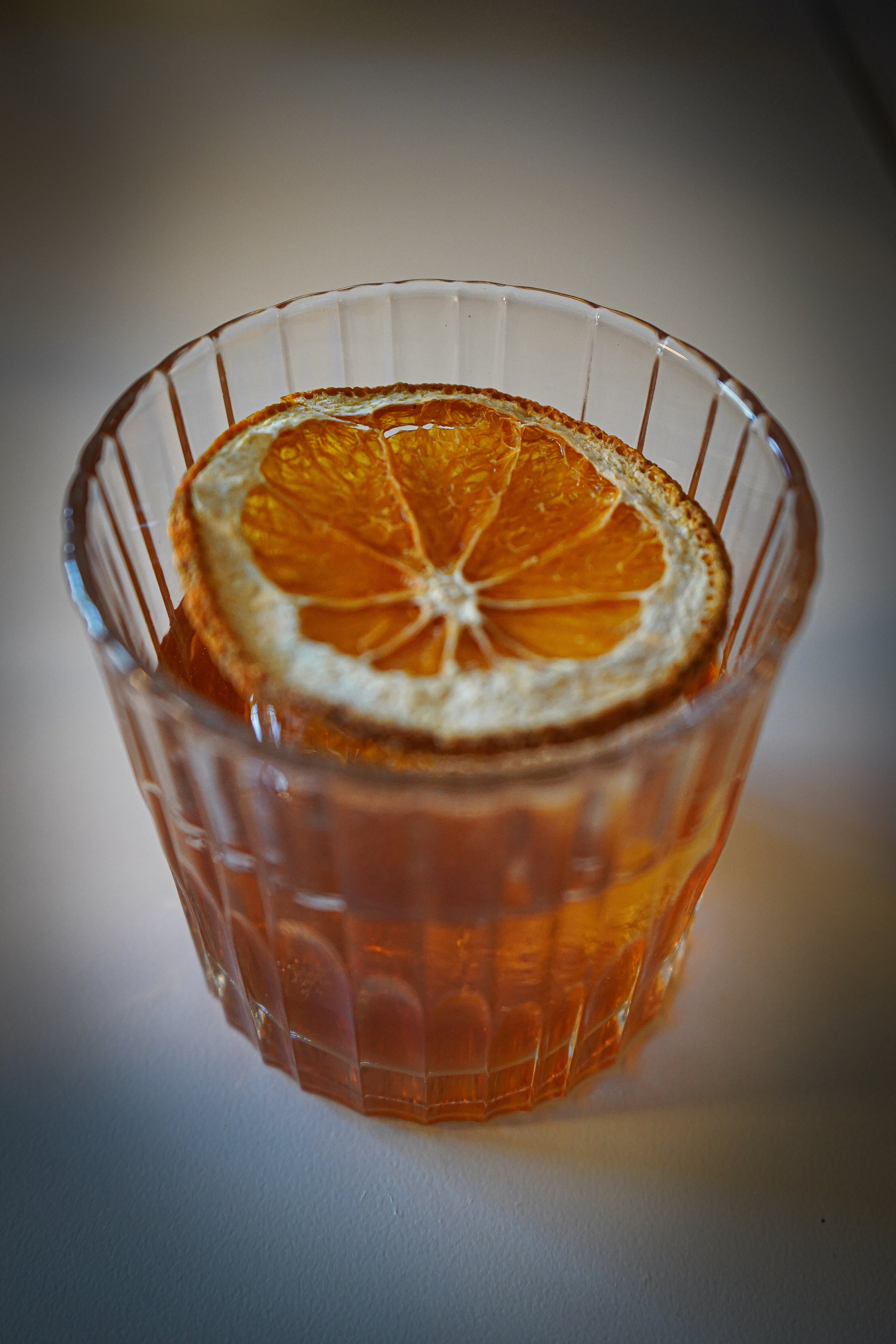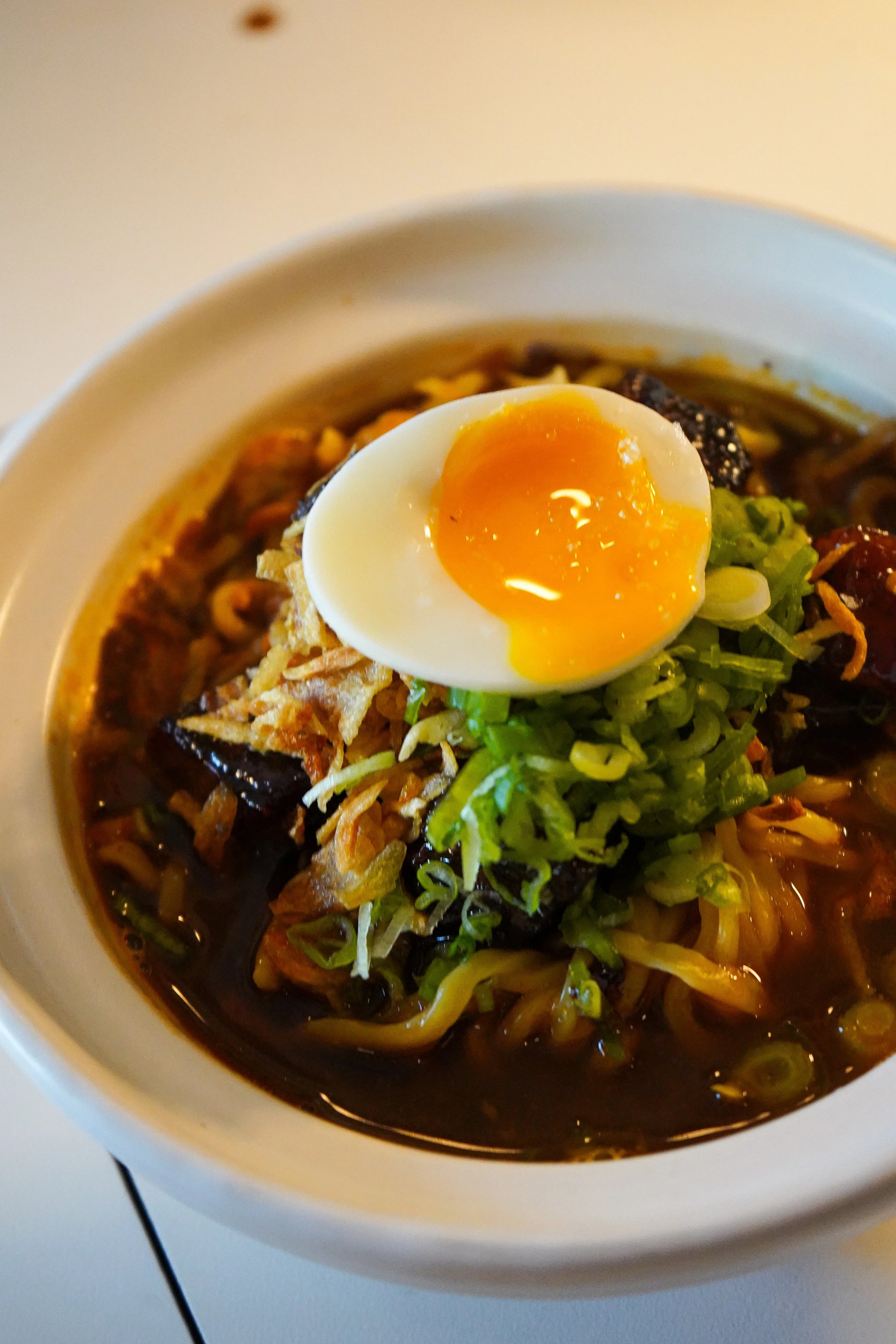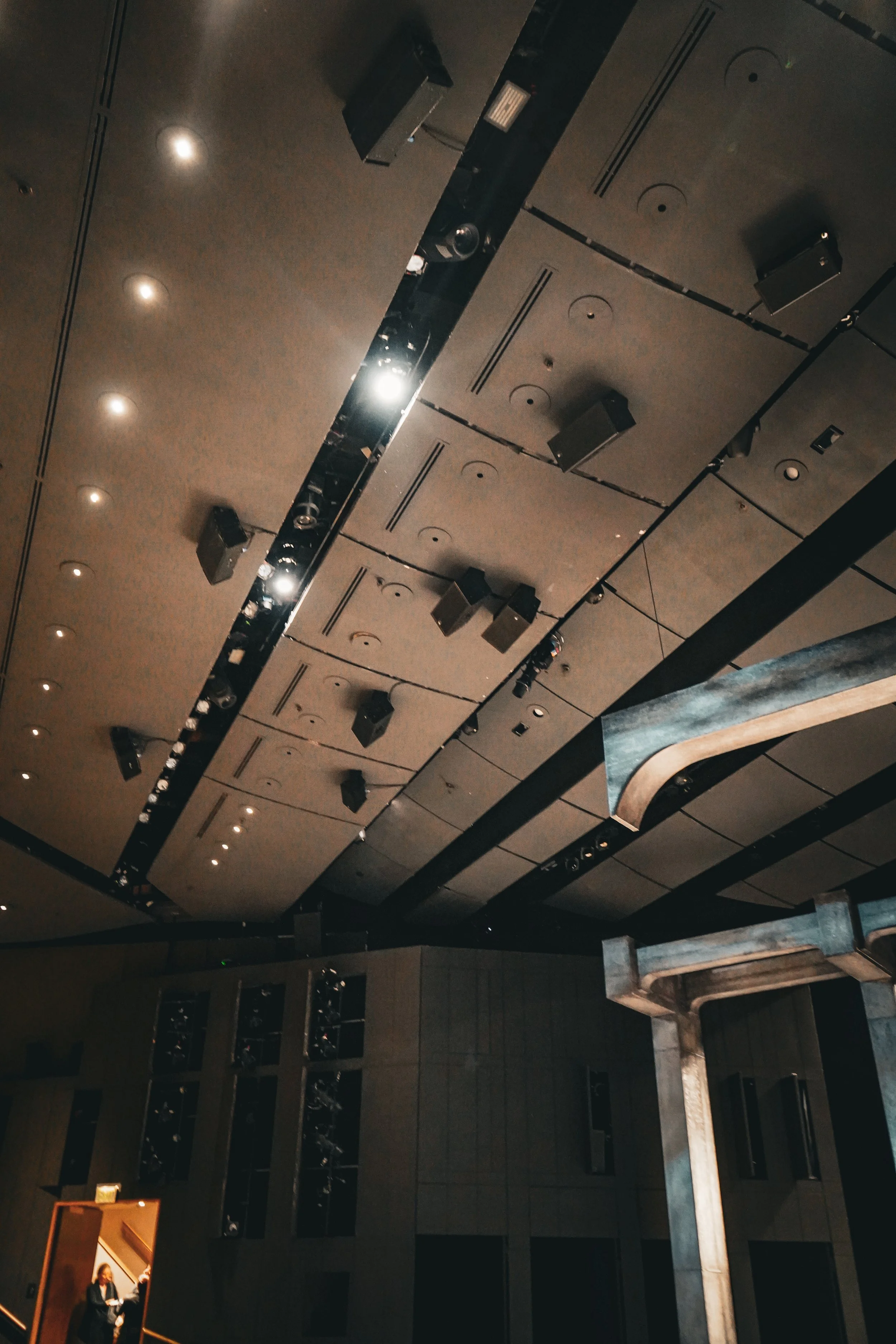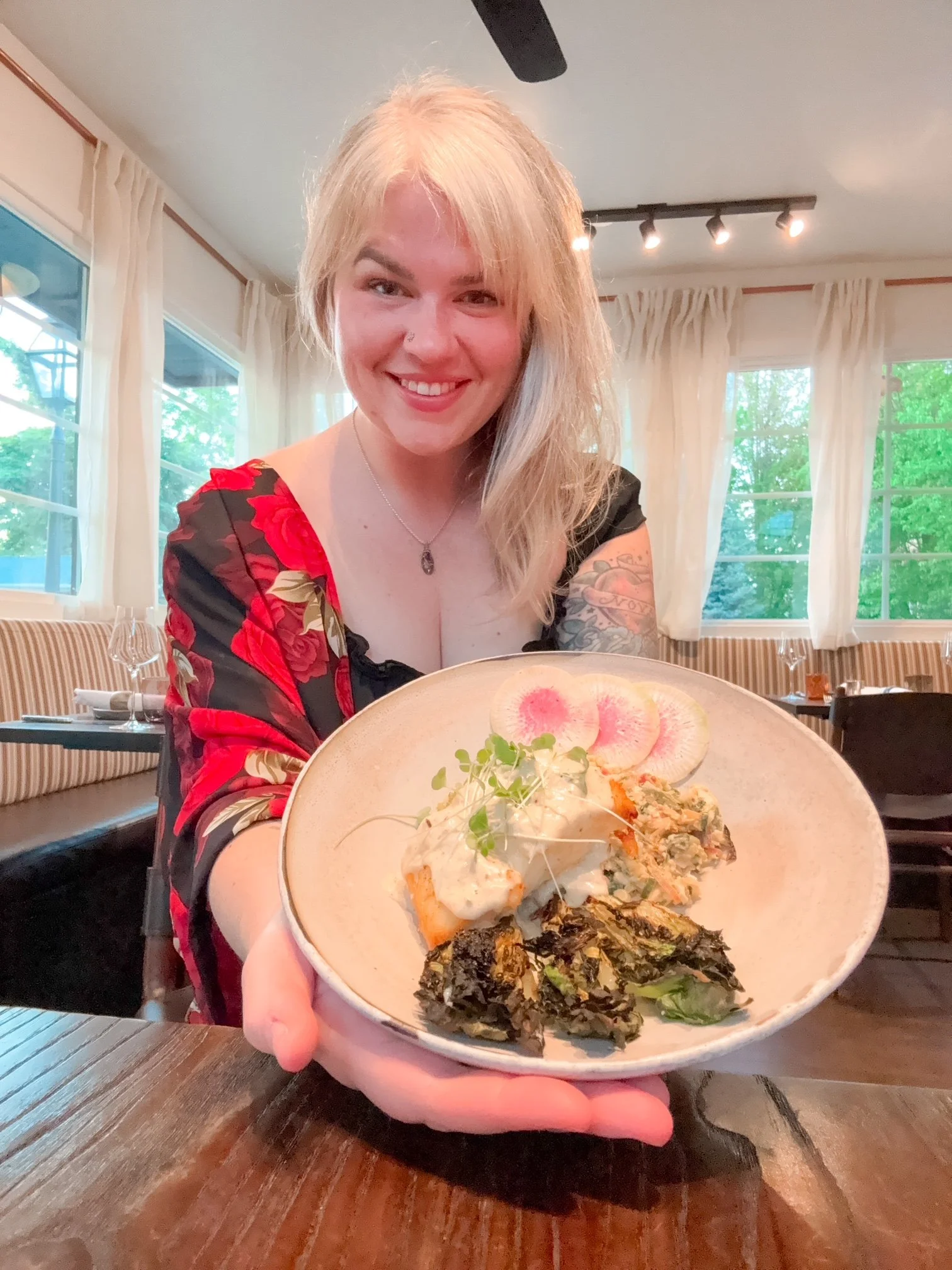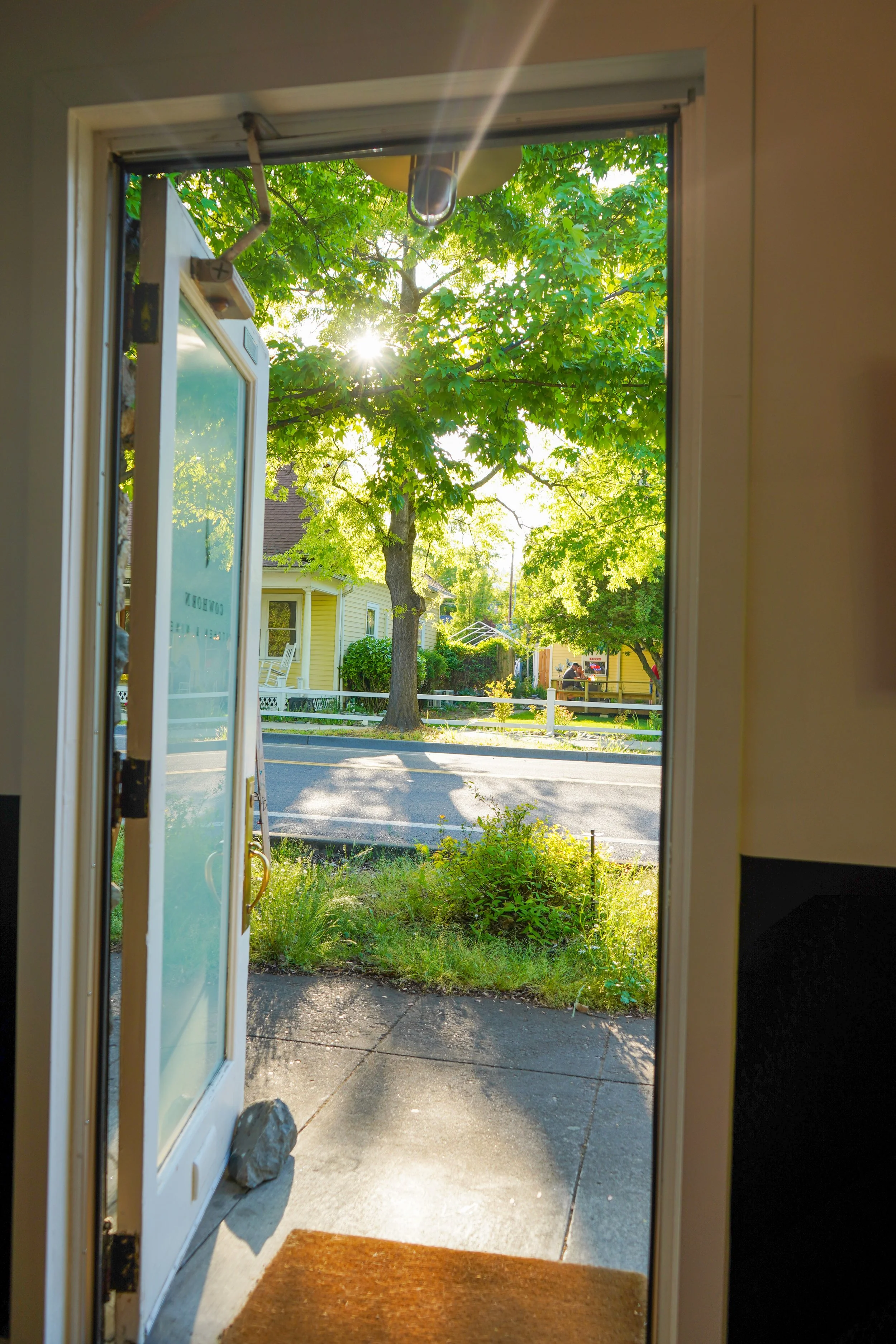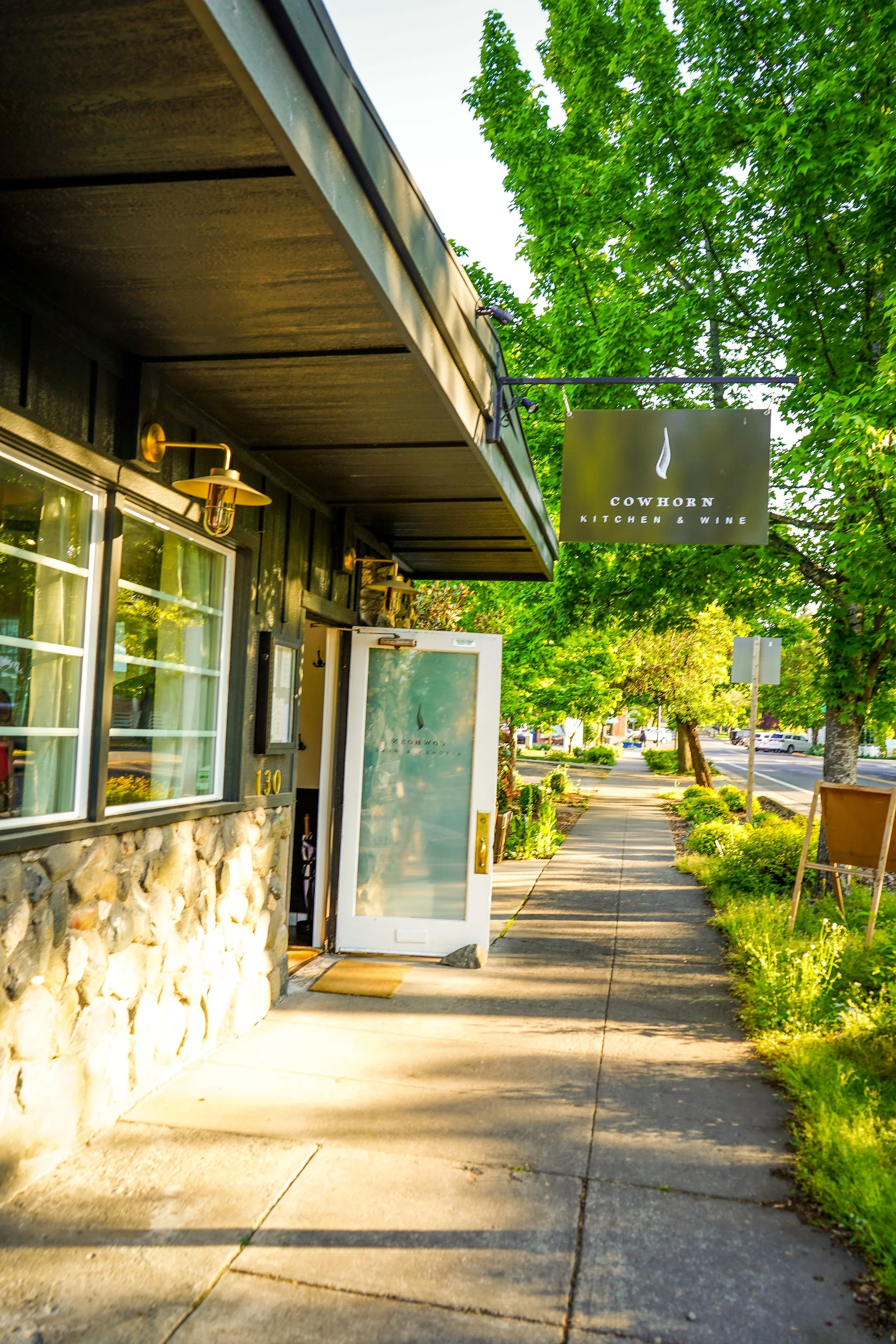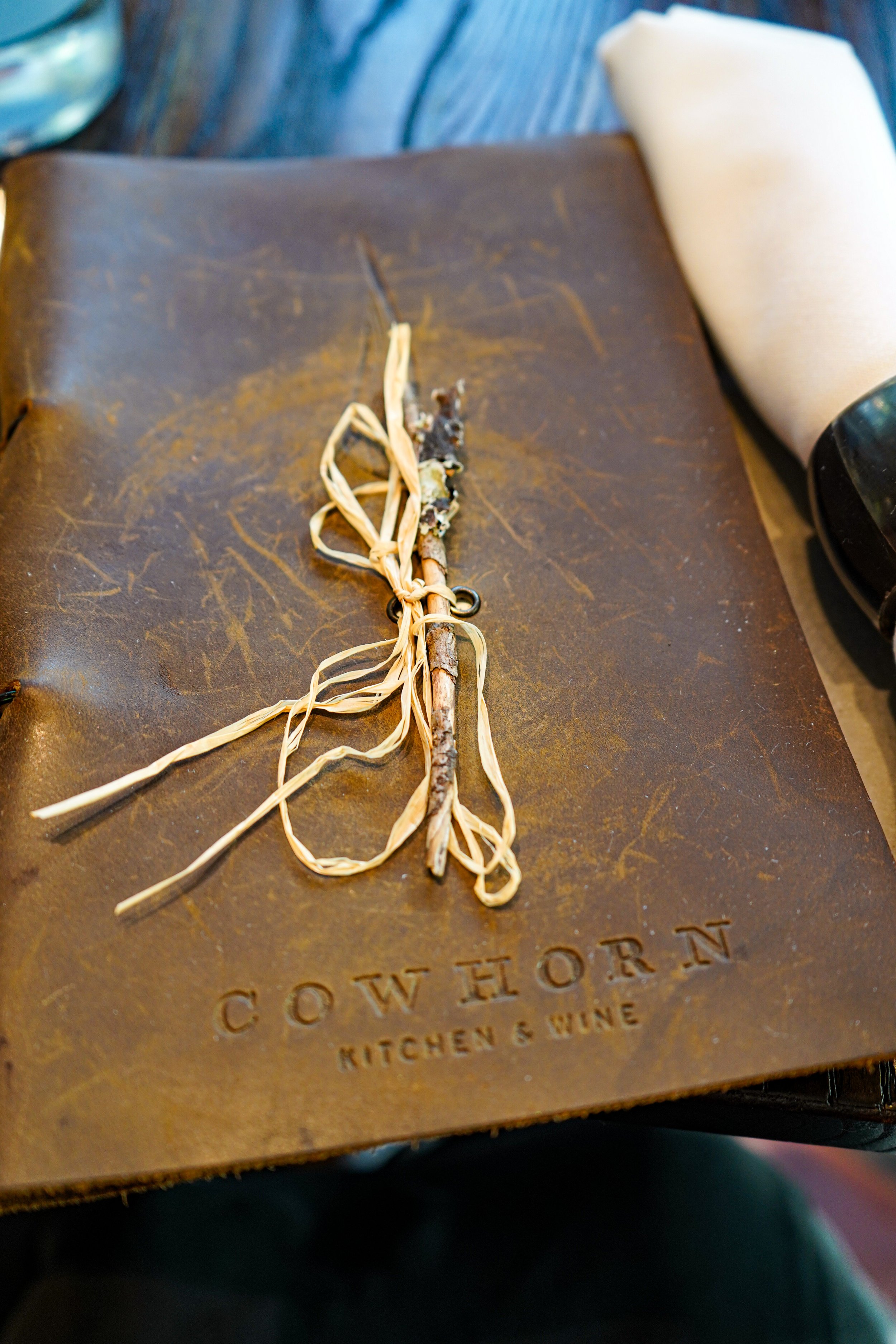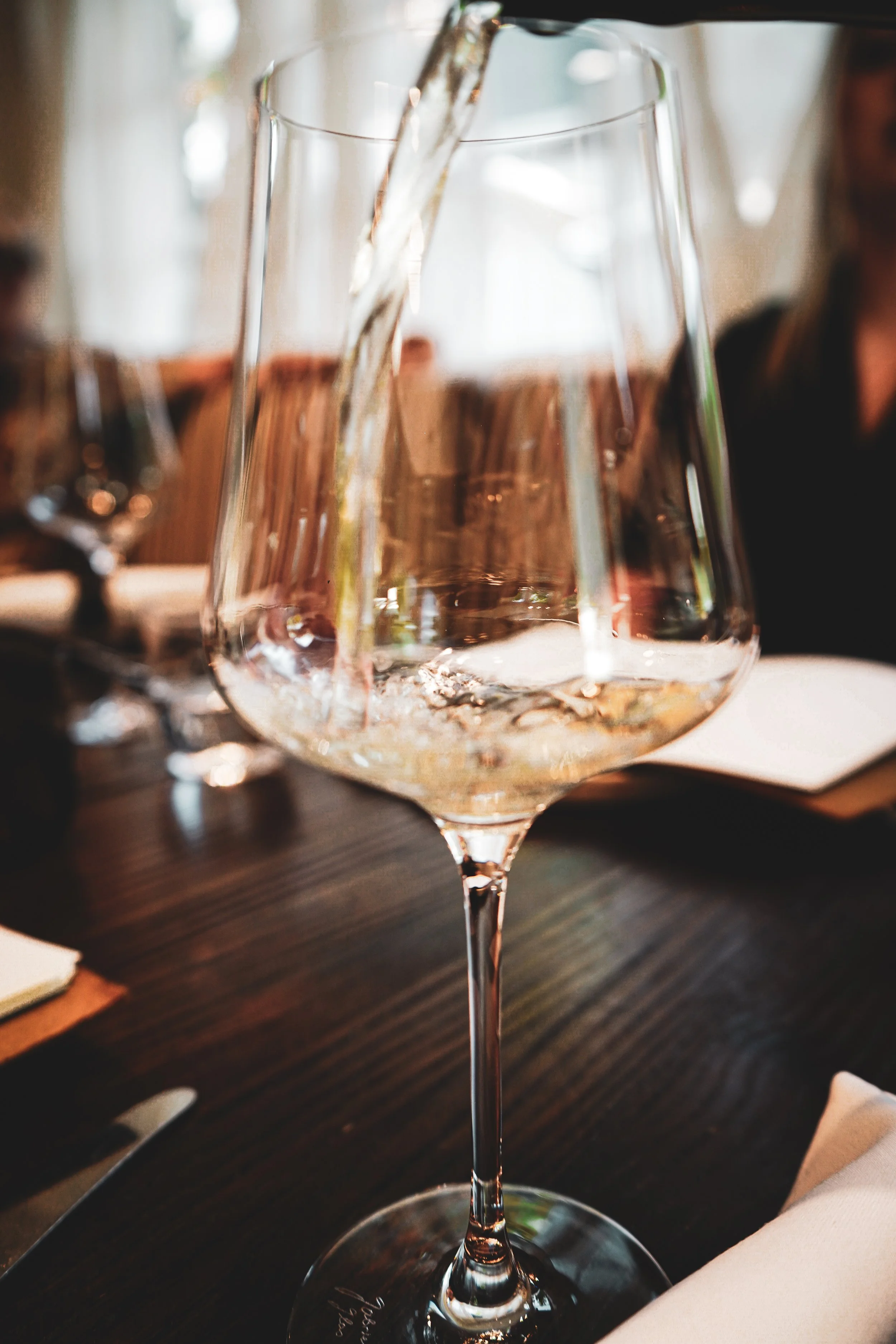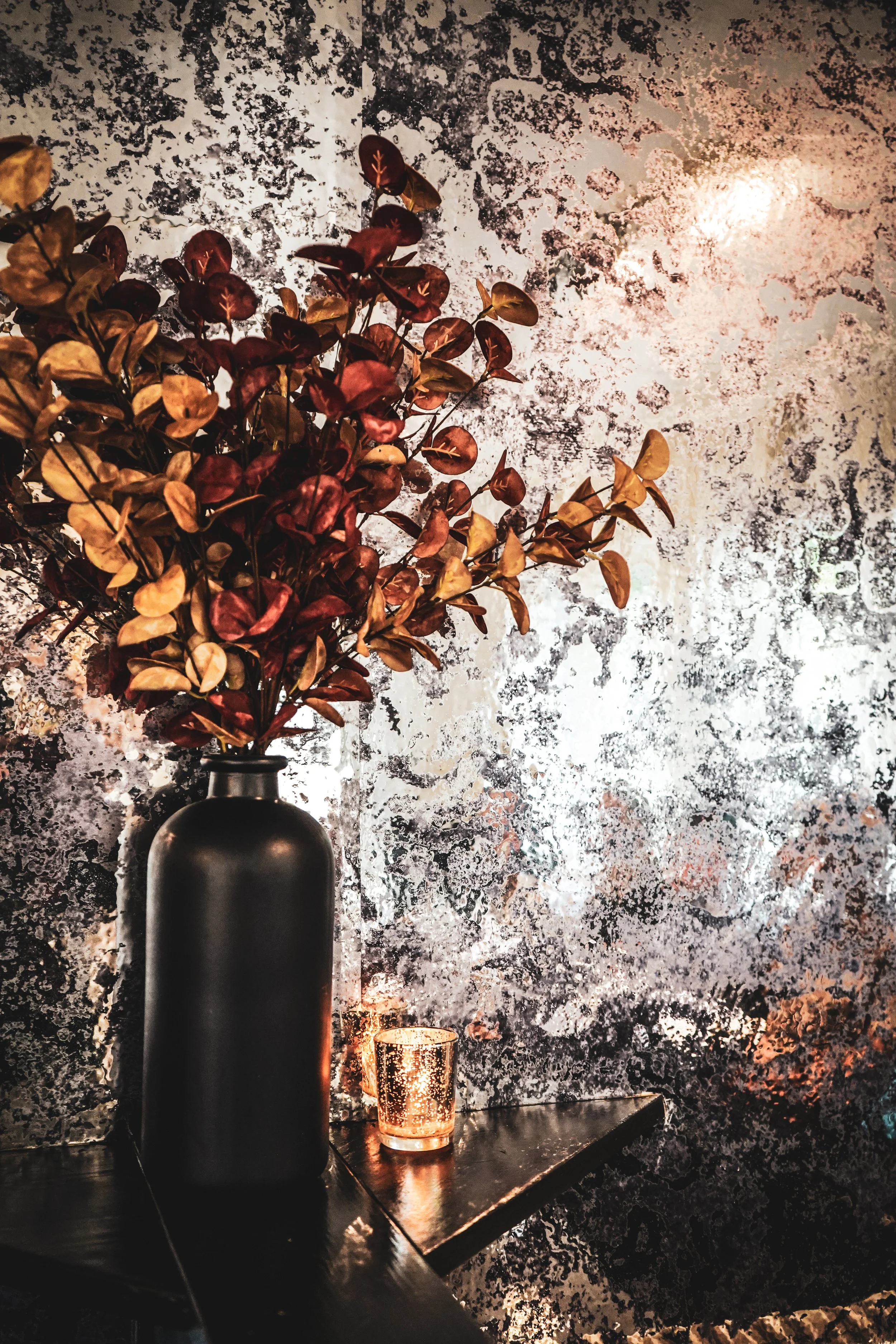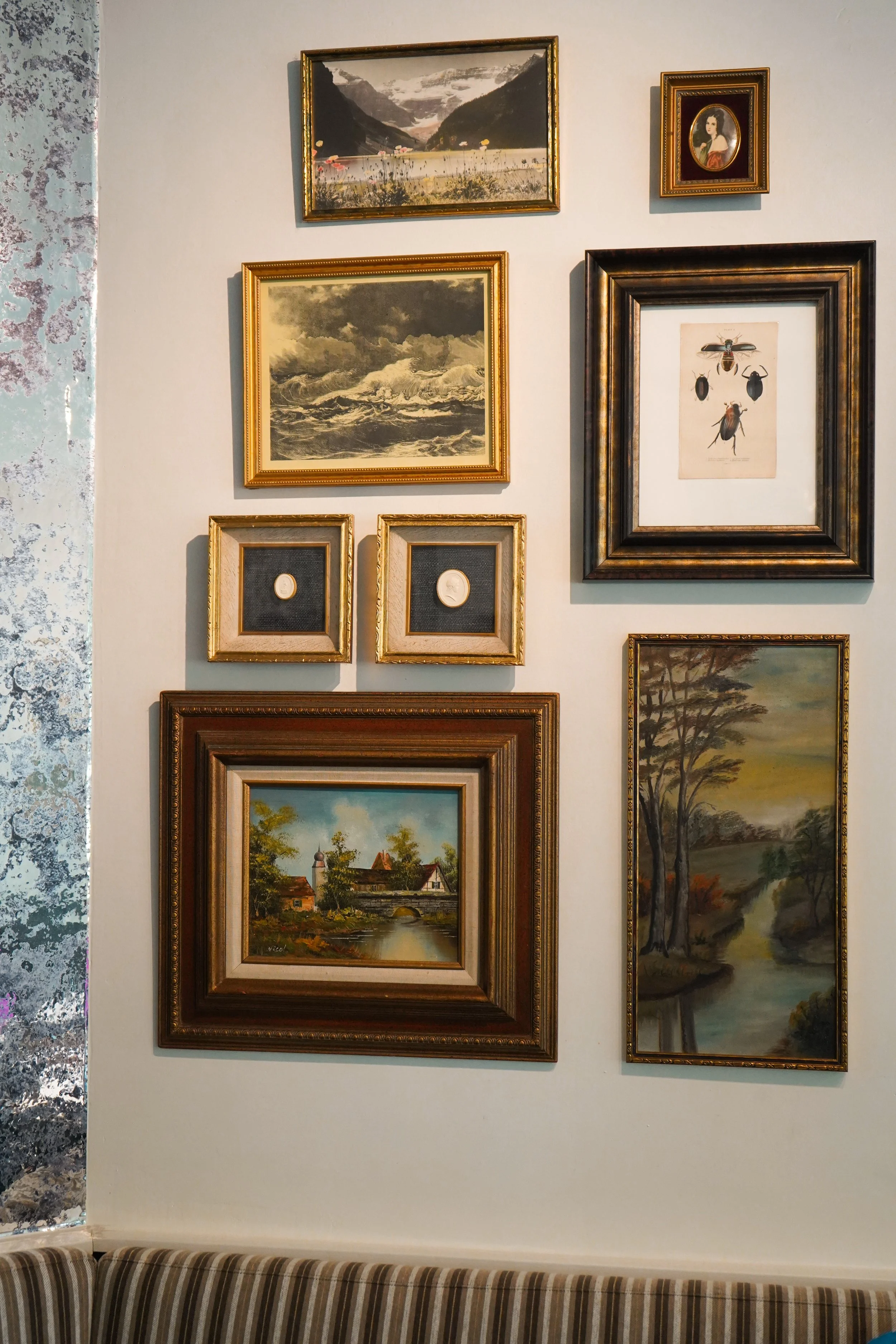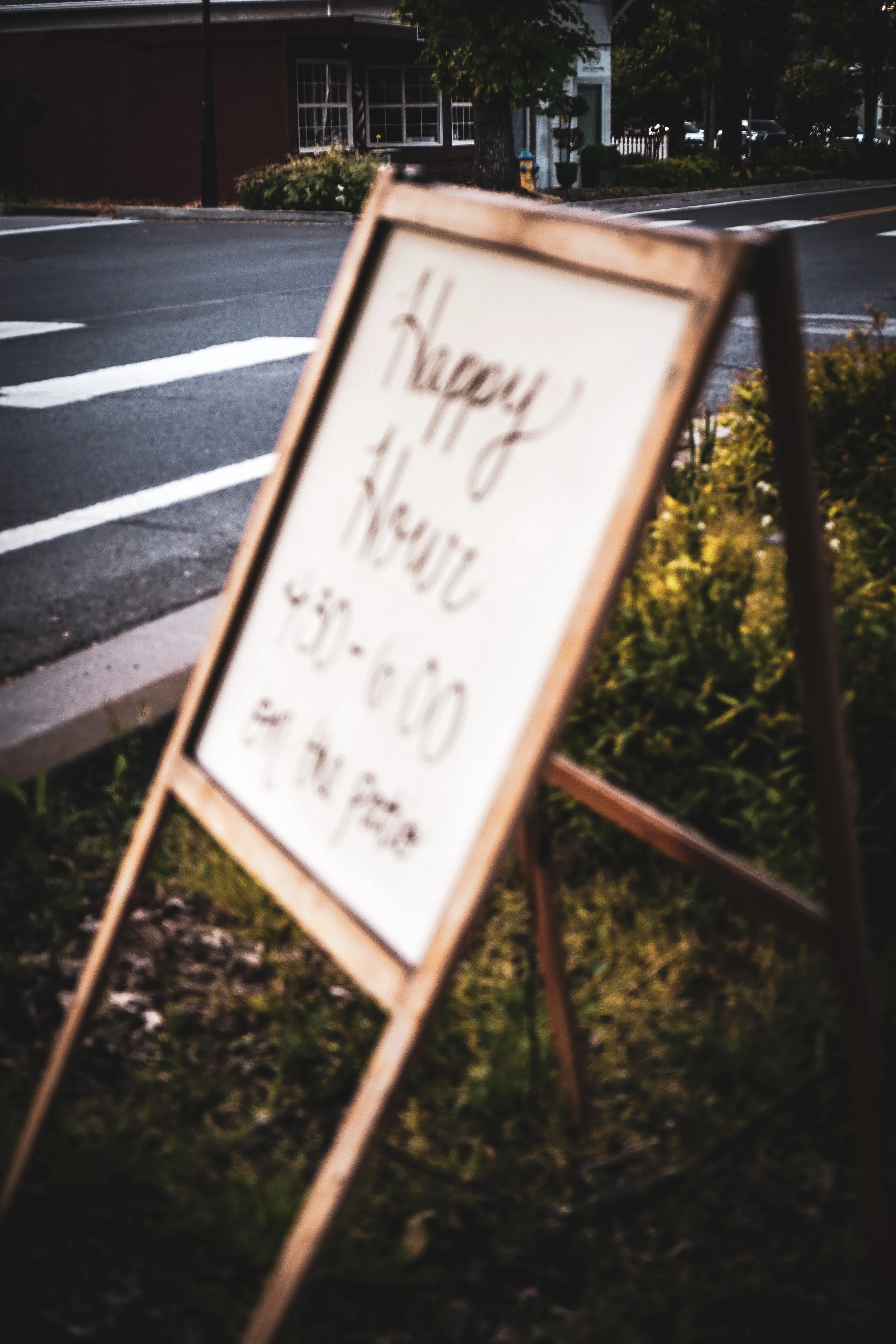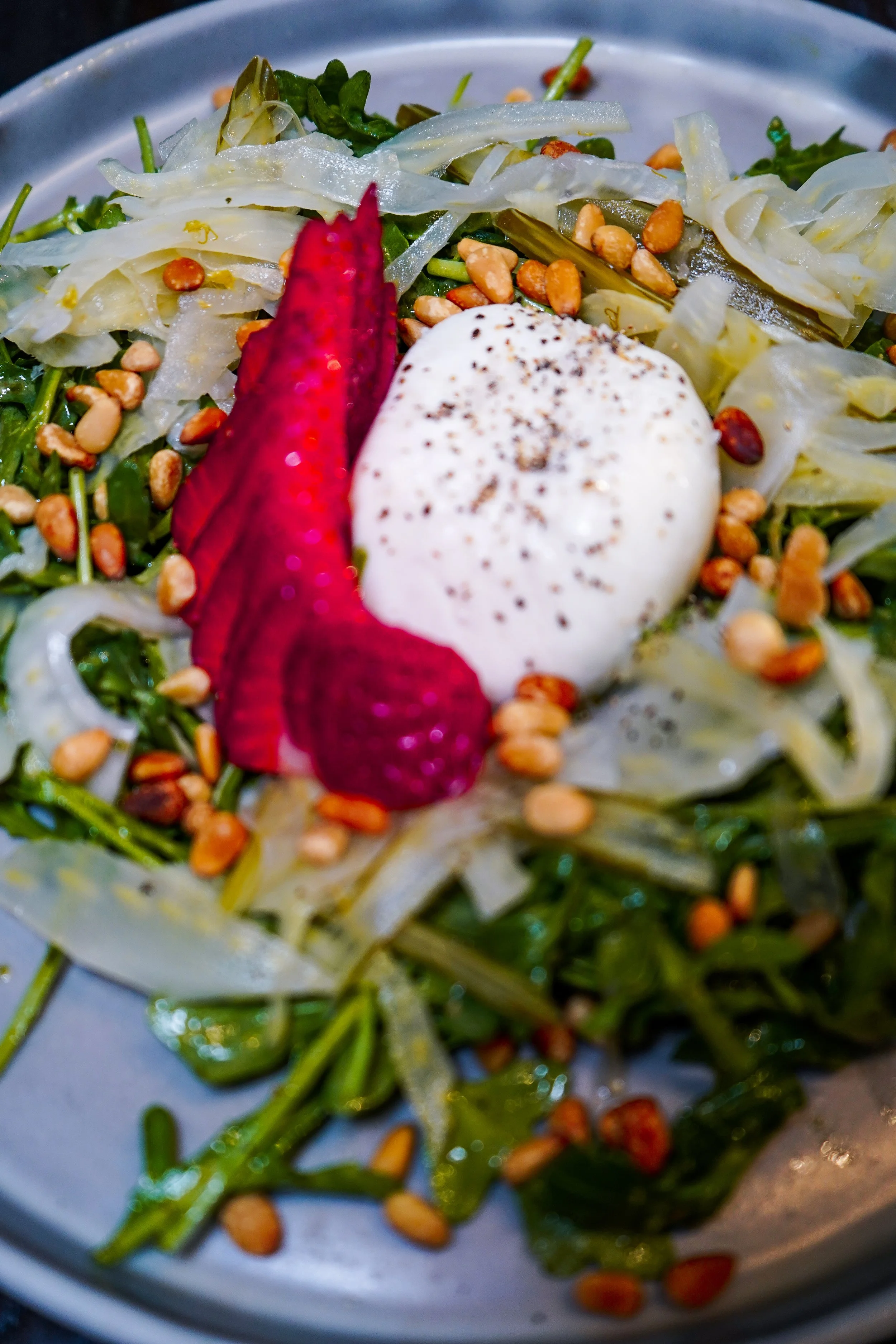Southern Oregon Unfiltered: Wine, Rafts, Murals & Margaritaville
When you’re handed an itinerary that reads like a cross between Anthony Bourdain: No Reservations and Oregon Field Guide, you grab your sunglasses, stretch your boundaries, and lean in. That’s exactly what I did on a sunshine-soaked, media-powered adventure through Southern Oregon’s wild heart.
Day One: Pedaling Through Public Art – Medford’s Mural Trail Comes to Life
After meeting up with the crew over a wholesome, no-fuss lunch at Beatrice Wine Bar + Kitchen, we took things outside—not on foot, but on a 14-person pedal-powered trolley called the Pint Rider. Picture a giant rolling bar on wheels, powered by your legs, cruising through the streets of downtown Medford. It’s weird. It’s wonderful. And yes, it’s surprisingly effective at making you feel like part of the town.
Our mission? To experience Medford’s Mural Trail, a growing public art movement that began as a grassroots effort to breathe life and color into historic buildings and blank city walls. These murals aren’t just Instagram backdrops (though they are pretty great for that)—they’re living, visual stories of Southern Oregon’s identity.
Over the years, the Mural Trail has expanded with support from local artists, nonprofits, and city leaders, aiming to turn Medford’s industrial downtown into an open-air gallery. Each mural is designed to reflect themes of agriculture, community, diversity, and resilience—key pieces of the Rogue Valley’s living history.
Our first major stop was Common Block Brewing, housed in the old 1947 Greyhound Bus Station—an icon of Medford’s transportation history. While sipping water (we were staying sober on this leg of the tour), we admired the surrounding murals that celebrate the city’s blue-collar spirit, from orchard workers to railroad pioneers.
The Pint Rider rolled us deeper into the mural district, where the “Clasped Hands” mural on Evergreen Way captured our attention—a powerful piece created to symbolize inclusion, solidarity, and unity across cultures and communities.
"Alis Volat Propriis"
She flies with her own wings, Oregon’s state motto.
And of course, no mural tour is complete without a photo op at the Wings Mural on Bartlett Street, inviting everyone who passes by to step in and become part of the art. It’s playful, sure—but also a reminder that public art belongs to everyone.
We ended the afternoon adventure by ducking into the Blind Tiger Medicine Room, a speakeasy-style hideaway under Jefferson Spirits. Velvet chairs, vintage lighting, and old-school apothecary jars lined the walls. Even without ordering a drink, it felt like stepping back in time—an unexpected, moody contrast to the bright murals outside.
A Little Slice of Paradise—Medford Style
That night, we checked in at Compass Hotel by Margaritaville, and let me tell you—it’s like someone dropped a beach ball right in the middle of Southern Oregon.
Neon lights, palm tree graphics, and Jimmy Buffett lyrics on the walls gave it that “somewhere in the Caribbean... or maybe just off I-5” energy. But behind the playful branding, the Compass is a legit comfortable stay. Pet-friendly rooms, cozy beds, and a 5 o’Clock Somewhere Bar & Grill serving up easy breakfast options each morning.
It’s quirky, sure—but there’s something kind of perfect about kicking back with your feet up in a place that doesn’t take itself too seriously. After a long day pedaling through downtown and soaking up public art, it felt pretty sweet to lean into the kitsch, let the day settle, and get ready for the real adventure to come.
Decanting the Day – Dinner on the Patio with New Friends
As the sun dipped low over Medford, we gathered for dinner at Decant, one of the city’s best-kept culinary secrets. Tucked inside a historic home-turned-restaurant on East Main Street, Decant feels both elevated and approachable—a place where locals bring their out-of-town friends to show off what Southern Oregon’s food scene is really about.
We were seated outside on the patio, where the warm evening air wrapped around us like a soft flannel. String lights glowed overhead, and laughter from nearby tables added to the hum of a perfect spring night.
Our media crew filled the table, swapping stories and first impressions of the day. Next to me sat one of the valley’s local winemakers, who poured generous splashes of their latest vintage while giving us the inside scoop on the region’s soil, climate, and why Southern Oregon is finally stepping into the wine spotlight.
Dinner highlights included crispy pork belly—perfectly seared with just the right balance of sweetness and crunch—and fresh, foraged morel mushrooms that stopped the table mid-conversation. Every plate celebrated the season, letting simple, local ingredients shine without overcomplicating a thing.
More than just a meal, it felt like the beginning of something—new connections, new collaborations, and the kind of instant friendships that only seem to happen when you mix good people with good food under a warm Oregon sky.
Day Two – Kicking Things Off with Matcha & Small Town Vibes
We gathered in the hotel lobby, climbing into our guided tour van with Nathan from Rogue Trotter behind the wheel—local guide, storyteller, and playlist DJ all in one. As we rolled toward Jacksonville, the van buzzed with sleepy chatter and caffeine cravings.
Our first official stop of the day? Cerberus Coffee, a minimalist, modern little café tucked into this old Gold Rush town. No gold pans or Wild West kitsch here—just damn good coffee and pastries, made by people who clearly take their craft seriously.
I grabbed a matcha latte, bright green and creamy, just the way I like it. We stretched our legs, wandered past historic brick buildings, and let the small-town quiet settle into our bones for a minute. Jacksonville’s streets feel like a living postcard—preserved but never pretentious, humming softly with stories of the past.
With matcha in hand and sunshine pouring through the van windows, we loaded back up and set off deeper into the Applegate Valley, ready to sip, swirl, and taste our way through Southern Oregon’s food trail.
Quady North – Where Biodynamics Meet Tattoo Culture
First stop on the Rogue Valley Food Trail was Quady North, a boutique winery with a personality as bold as its wines. Herb Quady, the man behind the label, greeted us with the kind of quiet confidence you only get from someone who truly knows their land.
Quady North isn’t your typical velvet-rope wine scene. It’s small-lot, hands-on, biodynamic farming, and Herb’s passion runs deep. He talked about soil health, native yeast fermentation, and how their farming practices are designed to give more back to the land than they take. No chemicals. No shortcuts. Just earth, vines, and a deep respect for the ecosystem that makes it all possible.
And then there’s the branding—inspired by tattoo art. Bold lines. Sharp graphics. A little rebellion on every label. Fitting, since Herb himself has the words “I will not make bad wine” tattooed on his arm—both a personal promise and a badge of honor.
We tasted our way through Cabernet Francs and Rhône varietals, each glass telling the story of volcanic soils, high-desert heat, and wild Oregon rivers.
Because here, wine isn’t just something you bottle. It’s something you live by.
Apple Outlaw Cider – A First Look at a New Community Hub
Our next stop felt like stepping behind the scenes of something just about to bloom. Apple Outlaw Cider welcomed us for a special preview of their brand-new location, not yet open to the public. The space was already alive with energy—outdoor seating taking shape, the smell of wood-fired pizza in the air, and a layout clearly designed for gathering, music, and long, easy nights with friends.
Though the official grand opening was still on the horizon, the team rolled out the welcome mat for us with a tasting of their small-batch, 100% fruit ciders. No added sugar. No weird fillers. Just real, honest fruit transformed into something bright, crisp, and completely crushable.
What makes Apple Outlaw stand out is their inventive flavor lineup. Sure, they’ve got your classic apple, but they also push boundaries with blends like pear-ginger, hopped cider, and seasonal experiments that showcase their playful, craft-first approach. Every sip feels like a little surprise—balanced, refreshing, and crafted with care.
We hung out on the patio, watching the space come alive in real time, imagining the future live music nights and pizza-fueled community hangs. It was clear they aren’t just building a tasting room—they’re building a local gathering place.
And when the doors officially open? You’ll want to grab a seat.
Plaisance Ranch – Where Cattle, Wine, and Poetry Collide
Of all the stops on the trail, Plaisance Ranch stole my heart.
Tucked way out in Williams, Oregon, this is the kind of place that feels like a secret—a working cattle ranch turned organic winery, rooted in French heritage and Oregon grit. The Ginet family has been ranching here since 1858, bringing with them generations of winemaking knowledge from Savoie, France. It’s a place where cowboys and winemakers share the same dirt, and somehow, it all works.
We arrived to find homemade brownies still warm from the oven and a table set with experimental ollalaberry pie—a tart little beauty they’re testing out for future guests. (Spoiler: it’s already perfect.) Instead of pre-set plates, they rolled out a “design-your-own” charcuterie board—a spread of local cheeses, nuts, crackers, and dried fruits, letting us build our bites exactly the way we wanted. It felt casual, generous, and refreshingly unpretentious.
And then there were the wines.
Each one comes with a handwritten poem—a tiny literary love letter to the land, the grapes, and the people who make it all possible. From earthy reds to bright whites, every pour told a story deeper than what was in the glass. You could taste the legacy. You could feel the care.
We stood under the old oak trees, watching the cattle graze in the distance, sipping wines grown just feet from where we stood. It was everything I love about Oregon—wild, rooted, and real.
If you ask me what Southern Oregon tastes like, I’ll tell you:
It tastes like Plaisance Ranch.
Crooked Barn Vineyards – Where the Land Leads the Way
Our last winery stop took us to Crooked Barn Vineyards, a family dream taking root deep in the Applegate Valley. Owned and operated by Marcos and Heidi Martins, this small vineyard carries the kind of energy that only comes from people who are doing it themselves, their way, for the right reasons.
The vineyard’s name comes from the old, slightly leaning barn that stands watch over the property—its weathered boards and imperfect frame a living reminder that the land remembers everything. Every season. Every storm. Every family that’s worked these hills before. It stands there not as a relic, but as part of the living story—tilted but strong, imperfect but rooted, just like the land itself.
Marcos welcomed us into his production space, where small-batch winemaking comes to life in a space that feels more like a workshop than a showroom. Organic farming, land stewardship, and respect for the surrounding oak and madrone forest are at the heart of everything they do here.
Crooked Barn isn’t about chasing trends or scaling up. It’s about honoring the balance between what’s wild and what’s cultivated, crafting wines that reflect the land’s rhythm, and letting the story unfold just as it’s meant to—season by season, harvest by harvest.
Dinner at Harana – Filipino Soul Food and Pre-Show Fuel
By the time we landed in Ashland for dinner at Harana, the van was quieter than usual—the full-day food coma had officially set in. But the second we walked through the door, the rich smell of garlic, soy, and calamansi snapped us right back to life.
Harana serves up Filipino soul food, rooted in family traditions and adapted for modern diners who might be tasting these flavors for the first time. Dishes rolled out like little love notes—lumpia, pancit noodles, crispy chicken adobo—all meant for sharing, passing, and piling your plate way too high.
We found our second (okay, maybe third) wind, laughing as we realized just how much we’d already eaten that day. Cider, wine, brownies, pie, charcuterie… and here we were, still going. Because when the food is this good? You make room.
The conversation shifted toward the evening ahead—a night at the Oregon Shakespeare Festival, just blocks away. You could feel the energy building again as we refilled our water glasses, stretched our legs, and prepared to trade farm tables for theater seats.
Because in Ashland, the show never stops at dinner.
The next act was just getting started.
To the Theater – Caesar Reimagined Under the Oregon Sky
Bellies full and spirits high, we made our way to the Oregon Shakespeare Festival, a cornerstone of Ashland’s identity since 1935. But this wasn’t your grandmother’s Shakespeare.
We grabbed our seats non-binary cast production of Julius Caesar. From the first line, it was electric—familiar words with fierce new energy, challenging old power structures and breathing fresh life into a story that suddenly felt more relevant than ever.
The set was stark, the performances razor-sharp, and the cast held nothing back. Betrayal, ambition, revolution—you could feel it all crackling in the night air.
Somewhere between the final act and the standing ovation, I realized this was the perfect ending to a day that had already given us so much.
A reminder that storytelling—whether on a plate or a stage—is what makes us human.
The Klamath River—Where Wild Things Come Back to Life
now… the part I’d been nervous and excited for in equal measure—rafting the Klamath River, through Kikacéki Canyon, a place that until recently had been buried beneath the still, artificial waters of Copco and Iron Gate Reservoirs.
The dams are gone now.
Torn down in what’s being called the largest river restoration project in U.S. history.
And standing on the edge of that river—helmet on, paddle shaking slightly in my grip—I felt the weight of it all. The risk. The rebirth. The wildness returning.
We launched with Indigo Creek Outfitters, floating into a canyon that hadn’t seen sunlight on its banks in over a century. The Karuk, Yurok, and Klamath Tribes had fought for this moment for decades—fought for the salmon, the river’s health, and their ancestral right to see these waters flow freely again.
And here we were—floating right through history.
The landscape was surreal—new riverbanks still reshaping, bright orange poppies and purple wildflowers sprouting on fresh soil thanks to helicopter-seeded revegetation efforts. Every bend in the river buzzed with life: herons gliding just above the water, deer darting along the shore, bald eagles circling high above.
The canyon walls, freshly exposed, showed layer after layer of volcanic rock and ancient sediment, like pages of a geologic history book cracked wide open. Black basalt cliffs, creamy ash layers, and rust-colored streaks painted the story of this land long before the dams were ever built.
We stopped for lunch on the shore—watching our footing to avoid poison ivy, laughing nervously about how far we’d already come. My heart was pounding, not from the rapids, but from the sheer magnitude of being there, witnessing something wild and alive and still becoming.
I showed up scared.
I left stronger.
Because the Klamath doesn’t just carry water—it carries stories of survival, resistance, and return. And floating through it, I felt like I’d paddled straight into one of those stories myself.
Cowhorn Kitchen & Wine – Closing the Day with Earth, Elegance, and Biodynamics
After peeling off our wet river gear and trading paddles for silverware, we made our way to Cowhorn Kitchen & Wine—a place that feels less like a restaurant and more like stepping inside the living philosophy of Southern Oregon itself.
Everything here starts with the land.
Cowhorn isn’t just a winery—it’s one of the only Demeter-certified biodynamic farms in the country. That means no chemicals, no synthetic fertilizers, and farming that follows the rhythms of the earth and cosmos. Call it woo-woo if you want, but the proof is on the plate—and in the glass.
We sat down to a meal that felt like a deep breath after a day of adrenaline and awe. Every dish highlighted fresh, local ingredients—from bright spring greens to pasture-raised proteins—all paired perfectly with Cowhorn’s estate-grown wines.
The setting was serene.
Soft light, warm wood, and a team that spoke about the land, the wine, and the community like they were all part of the same living thing. Because here, they are.
Sipping a glass of their Chardonay, I thought about the river we had just paddled. About the poppies blooming on fresh earth. About all the ways Southern Oregon keeps proving that when you let wild things return, something beautiful always follows.
We raised our glasses one last time, to the river, to the land, to the wild unknown still ahead.
What Southern Oregon Gave Me
I came for the itinerary—wineries, rivers, and small-town charm—but I left with something I couldn’t have written down if I tried. Southern Oregon gave me a reminder that life moves in cycles—that land heals, rivers return, and people, when they slow down long enough to really see a place, can become part of something bigger than themselves.
It gave me strangers who became friends over shared bites of ollalaberry pie.
It gave me knees shaking in a raft, and lungs full of canyon air I’ll never forget.
It gave me winemakers, bakers, farmers, and guides—all showing up for their land and their craft with a kind of humble, joyful pride that’s impossible to fake.
And maybe most of all, it gave me a deeper kind of belonging—not just to Oregon, but to the wild, alive world we all share.
Until next time, Southern Oregon…
I’ll be back.
